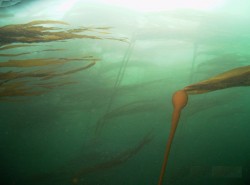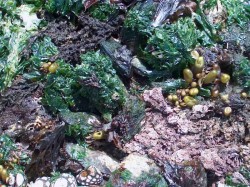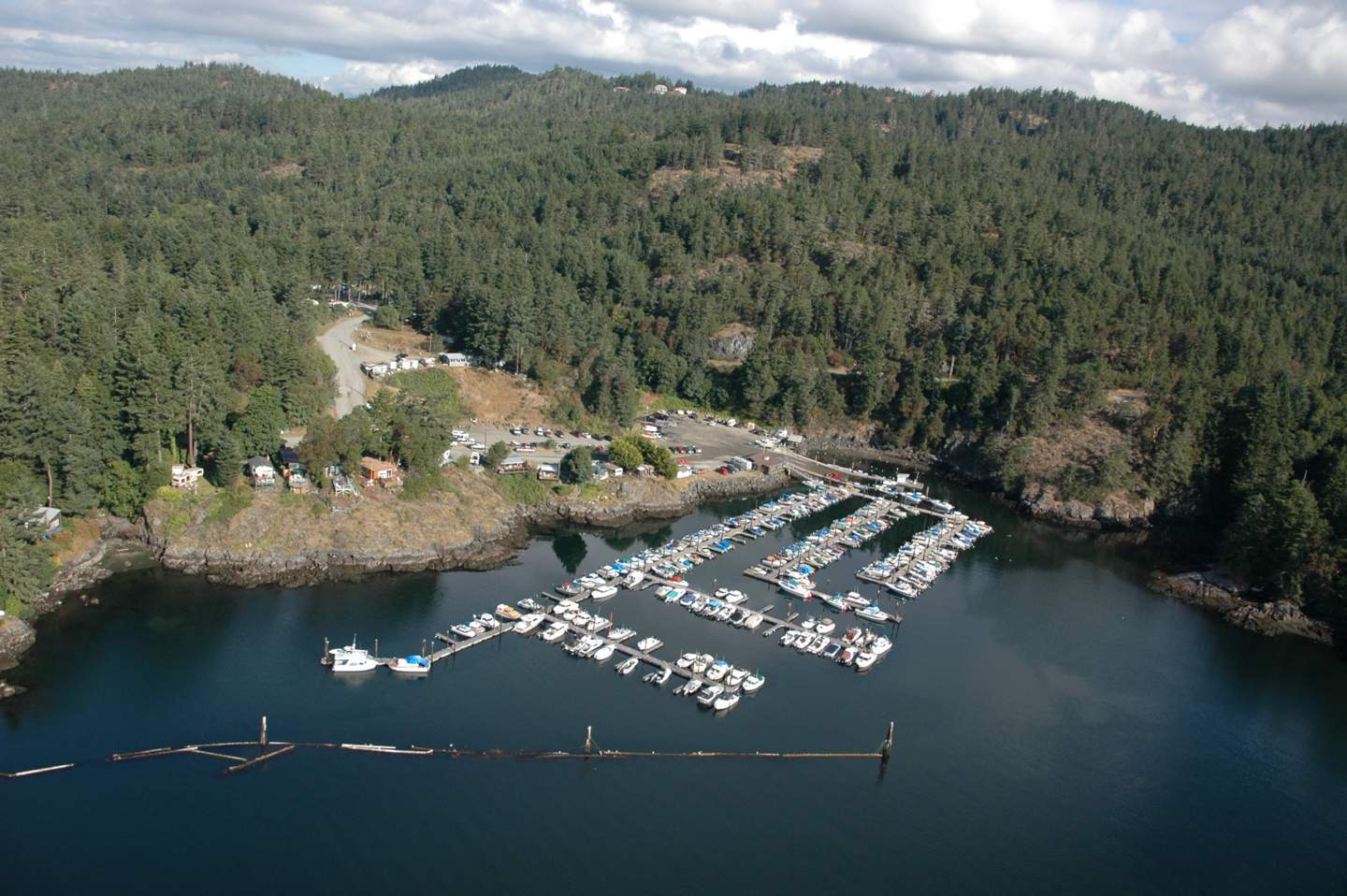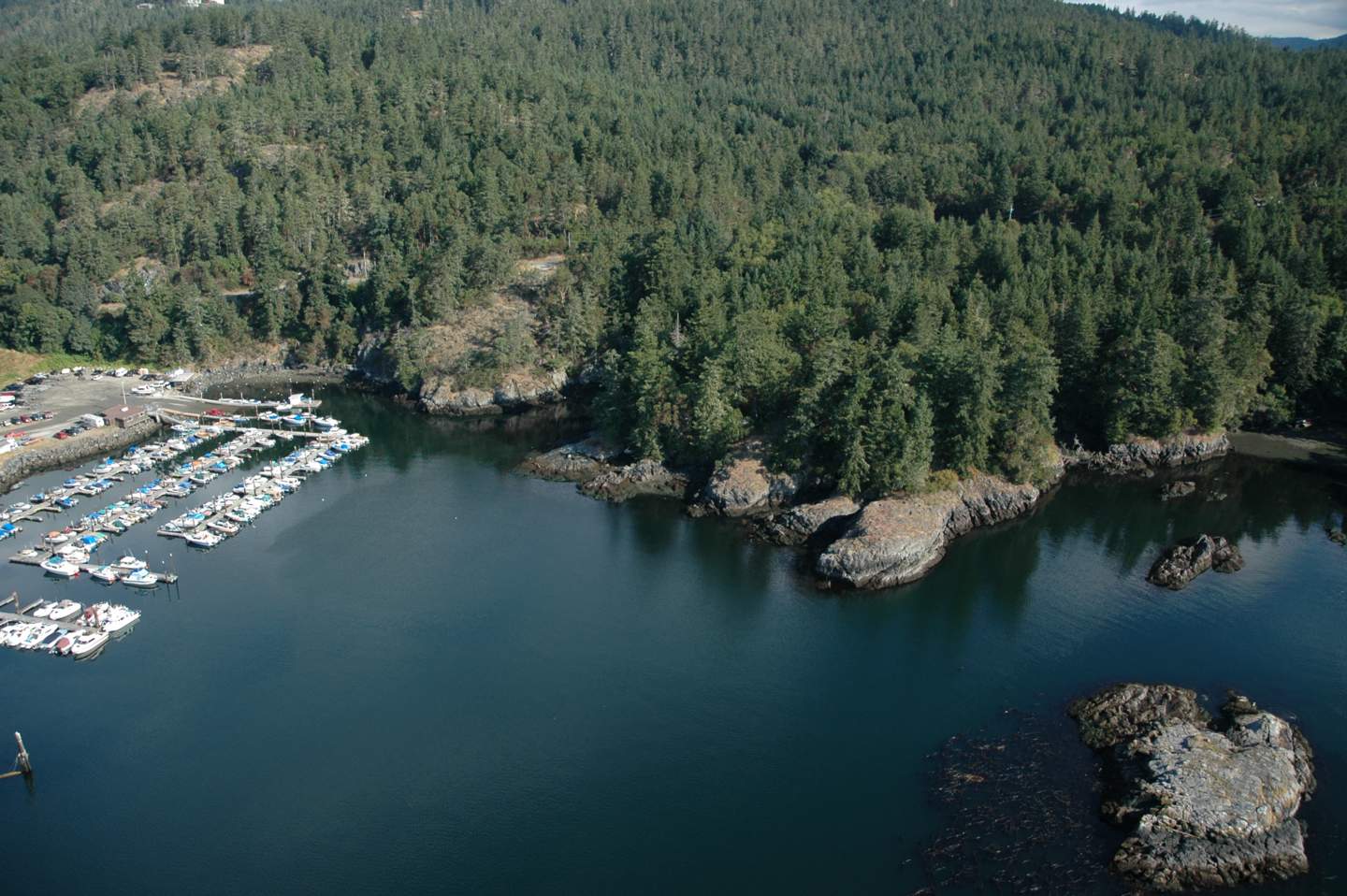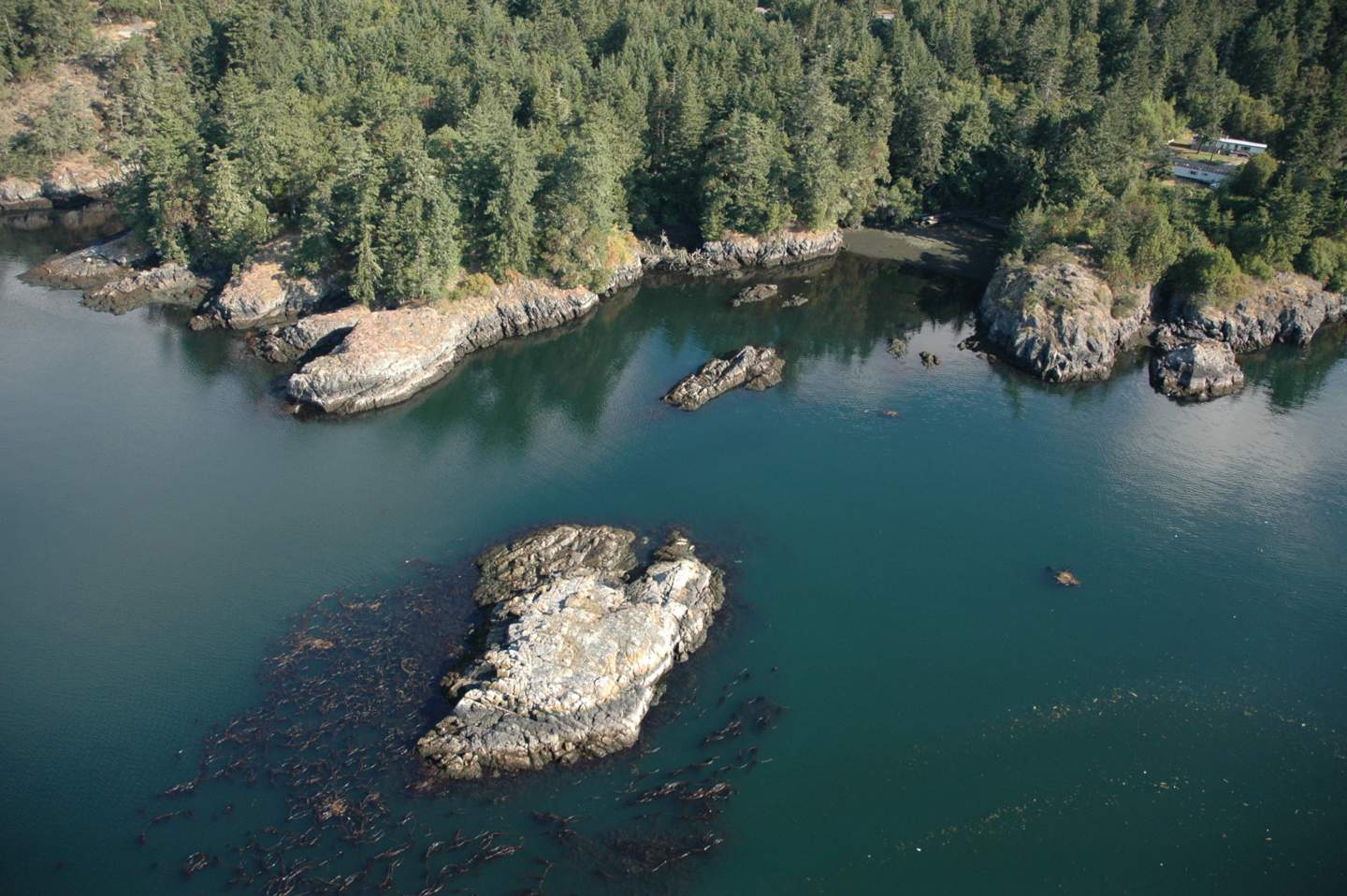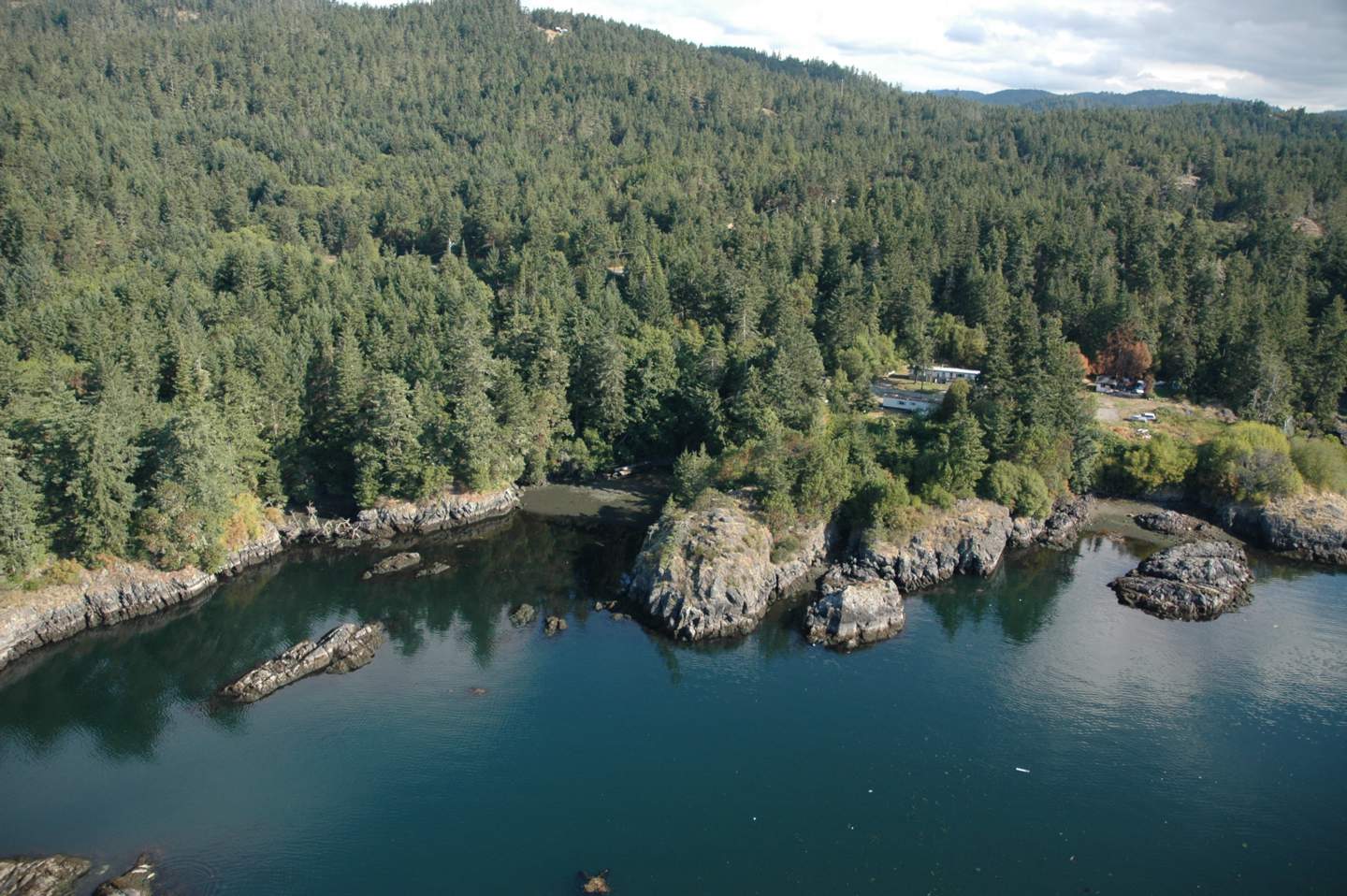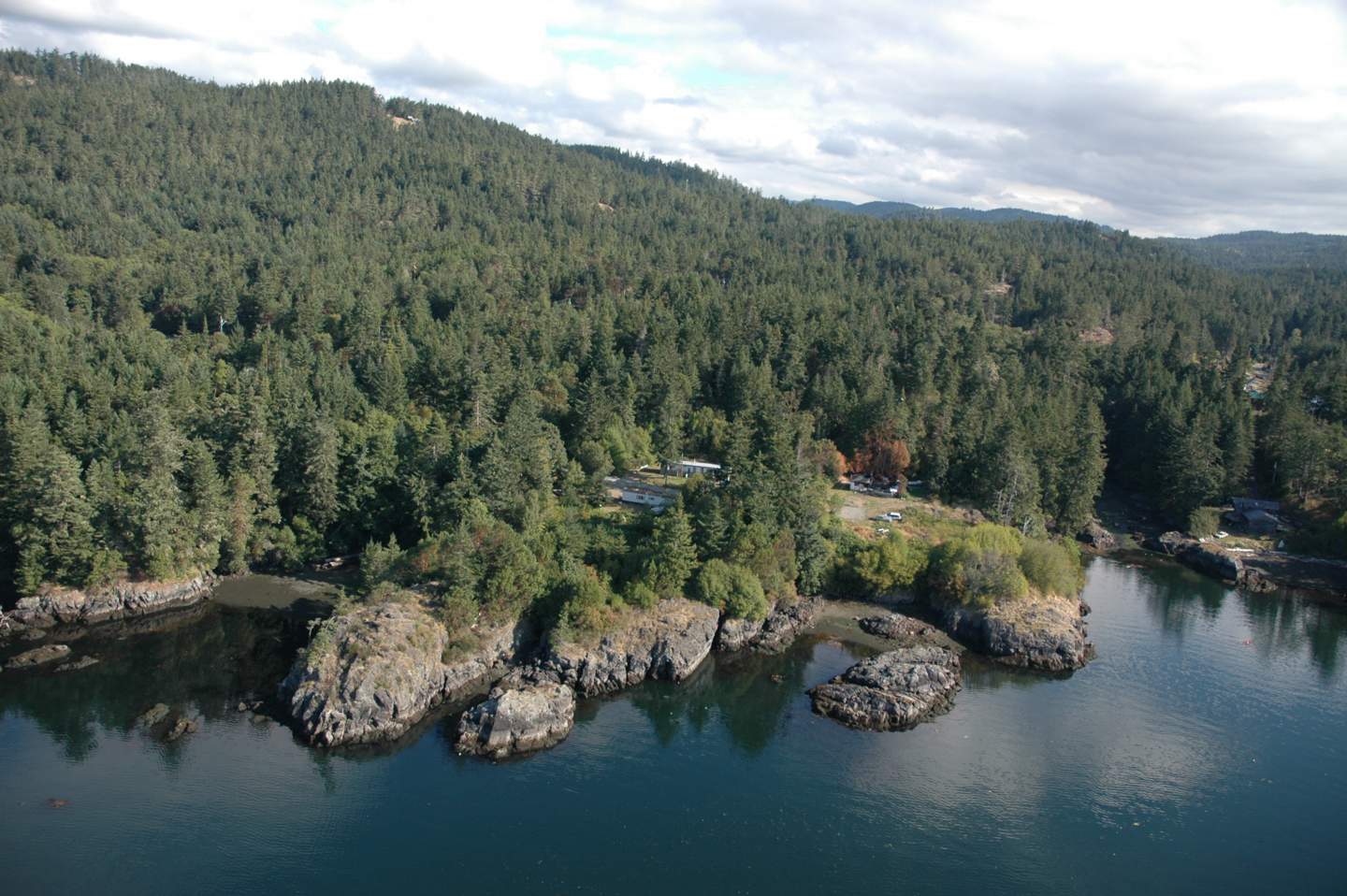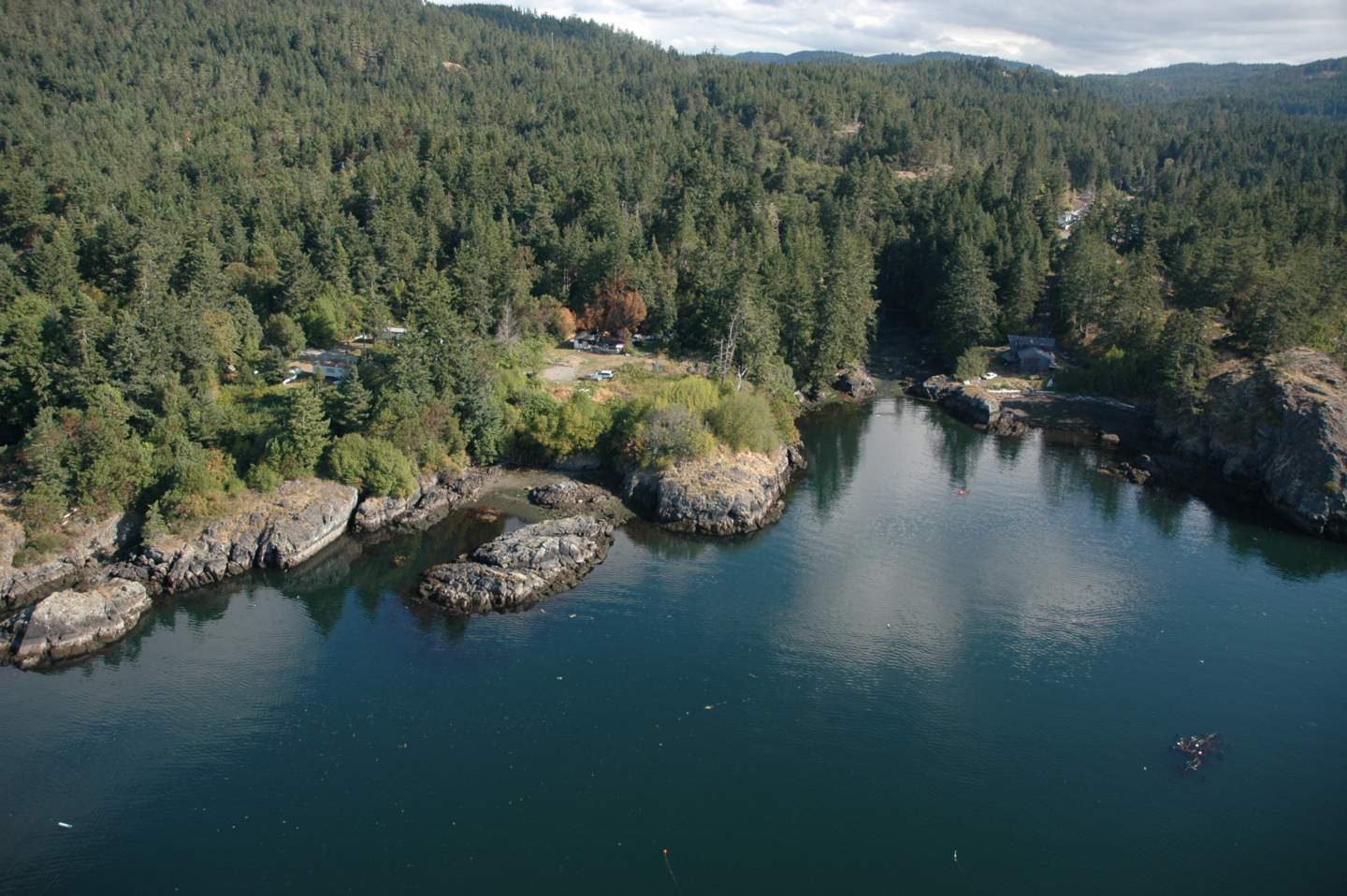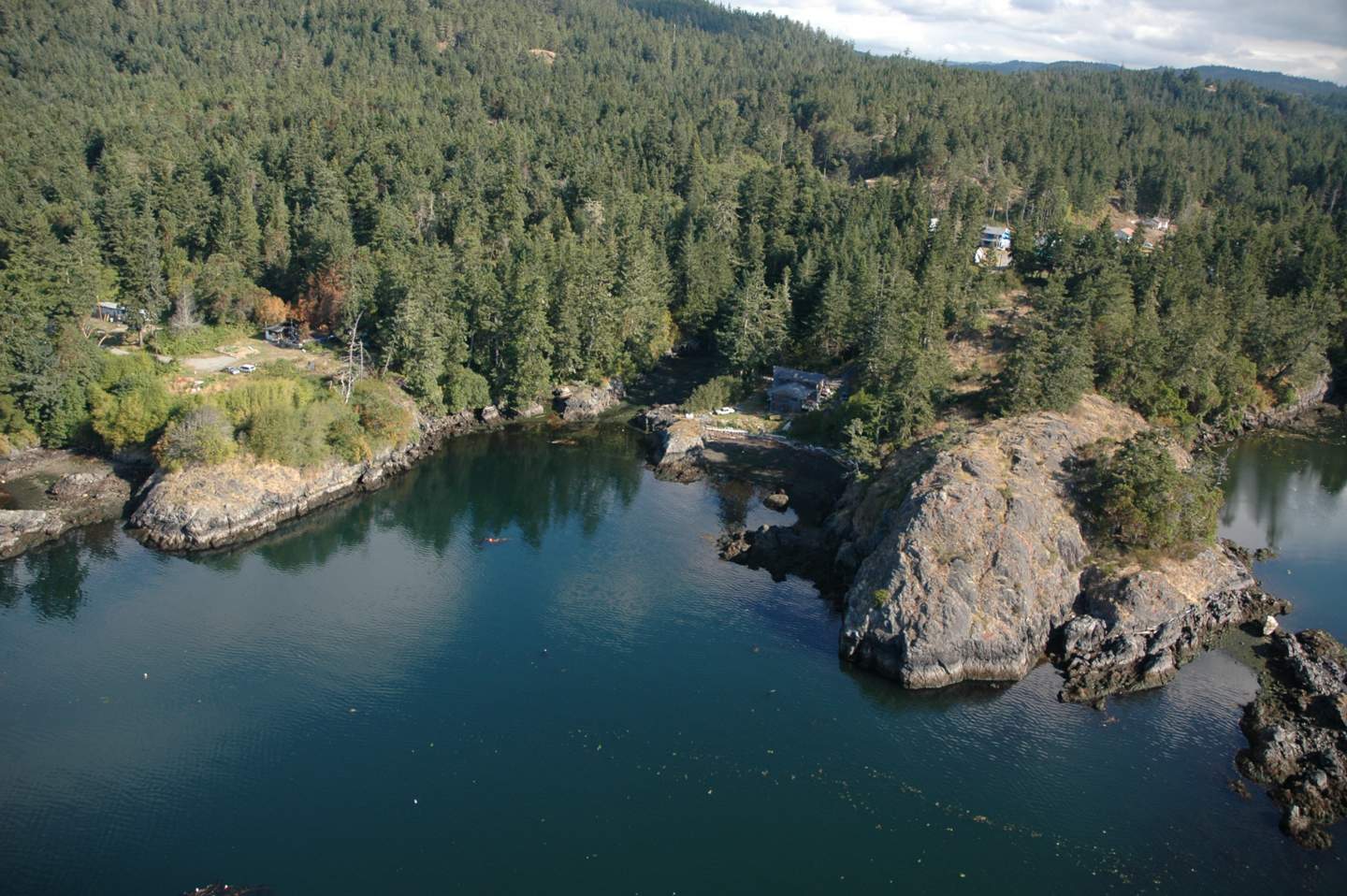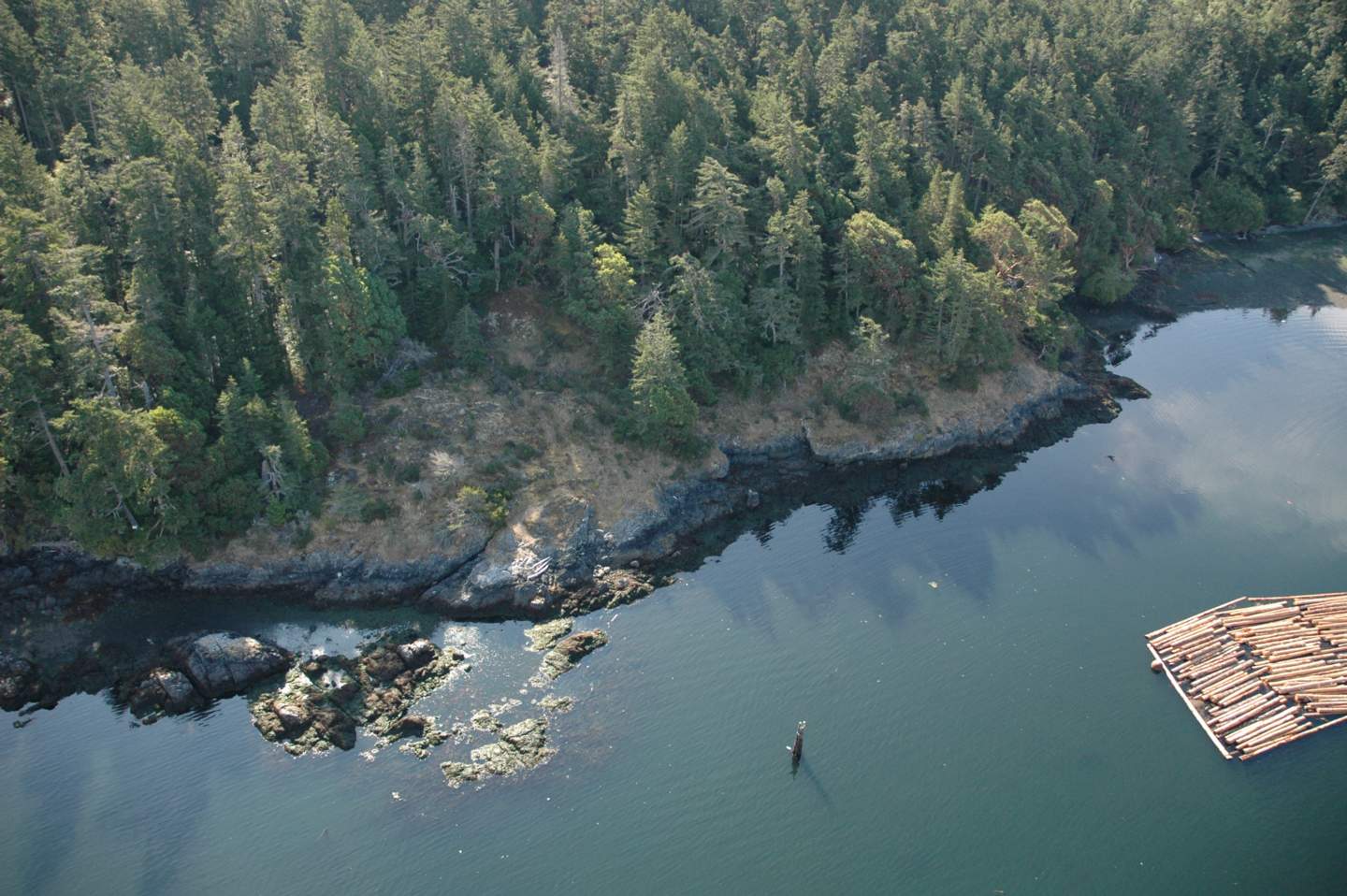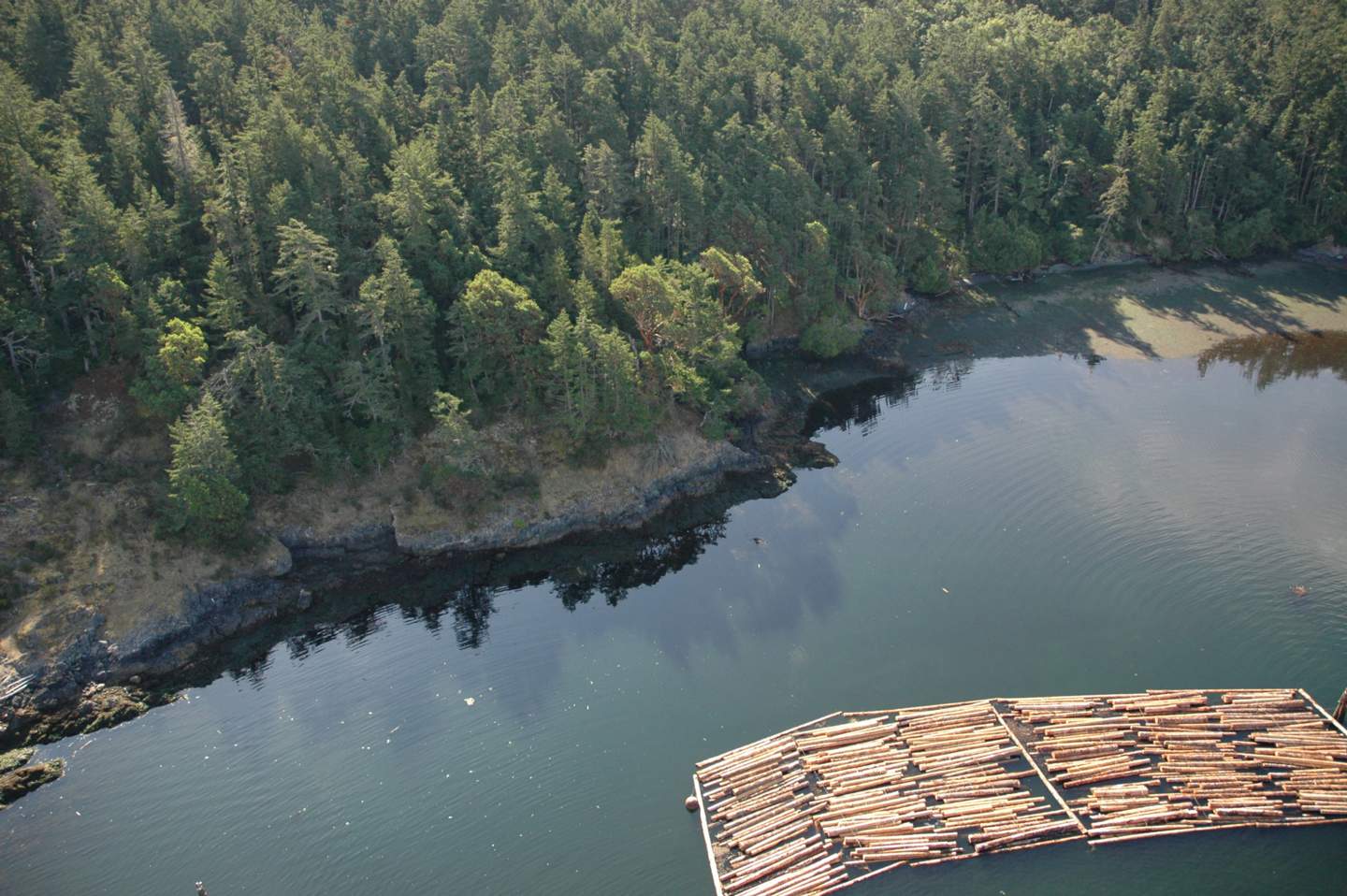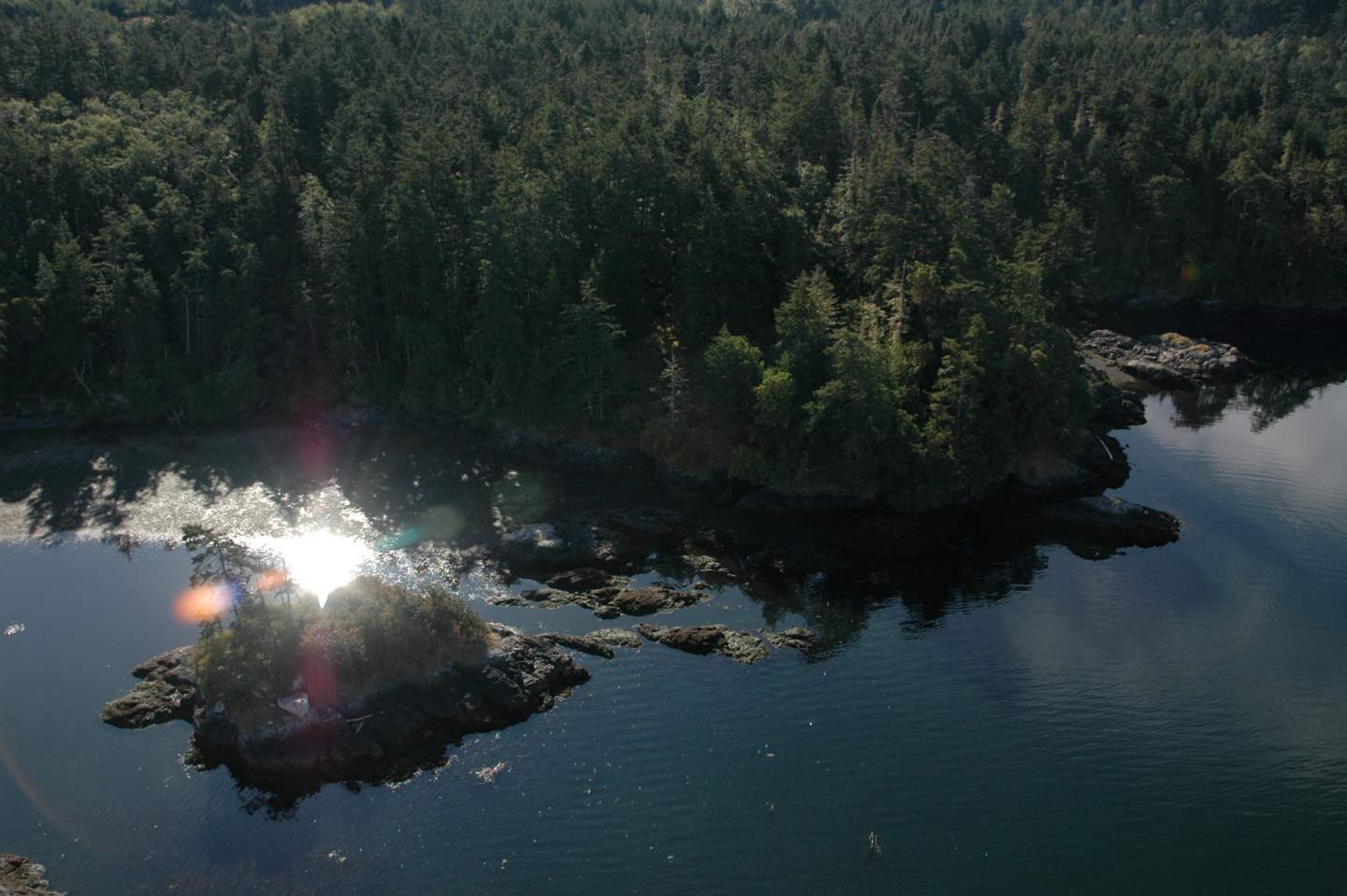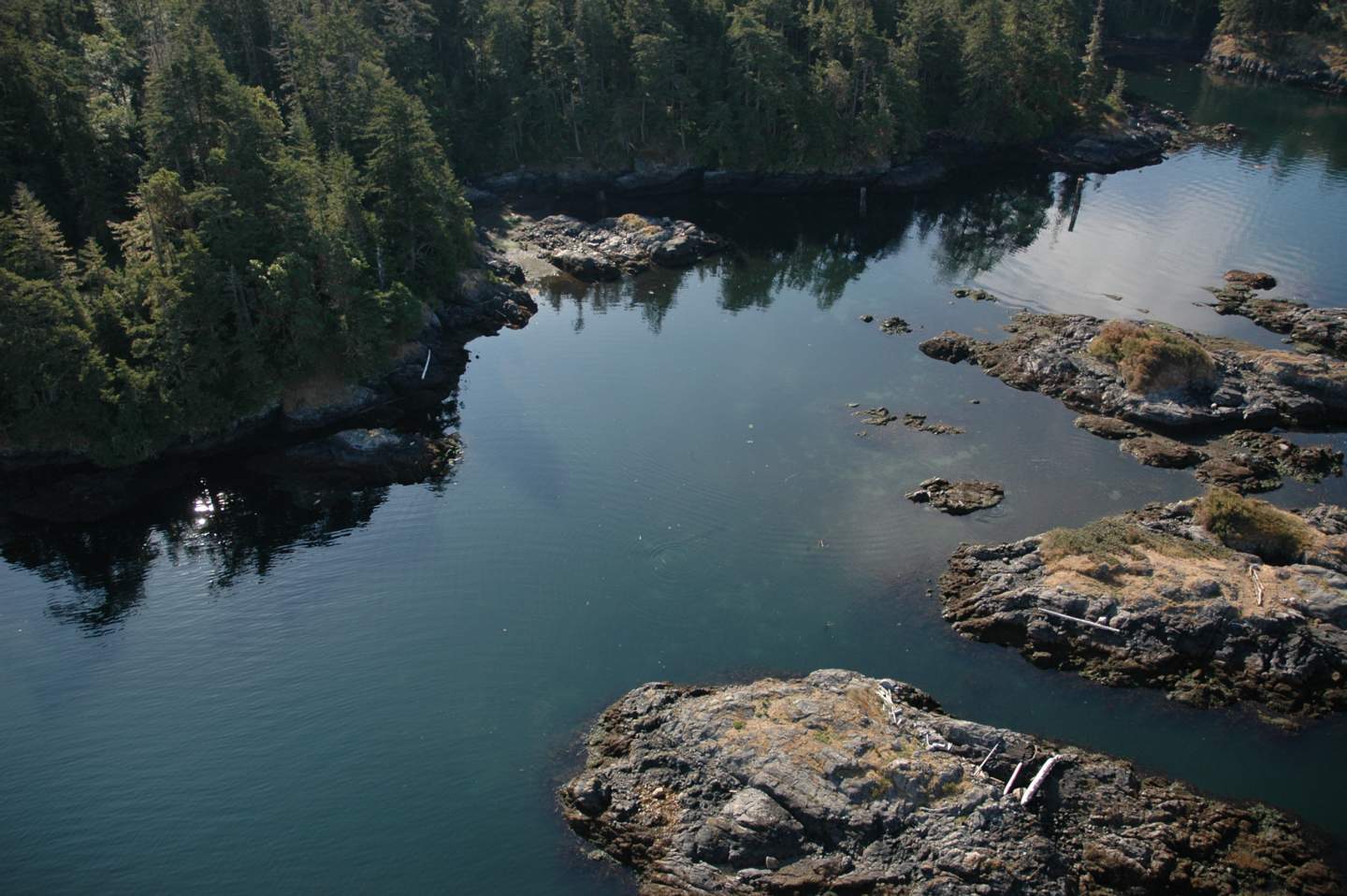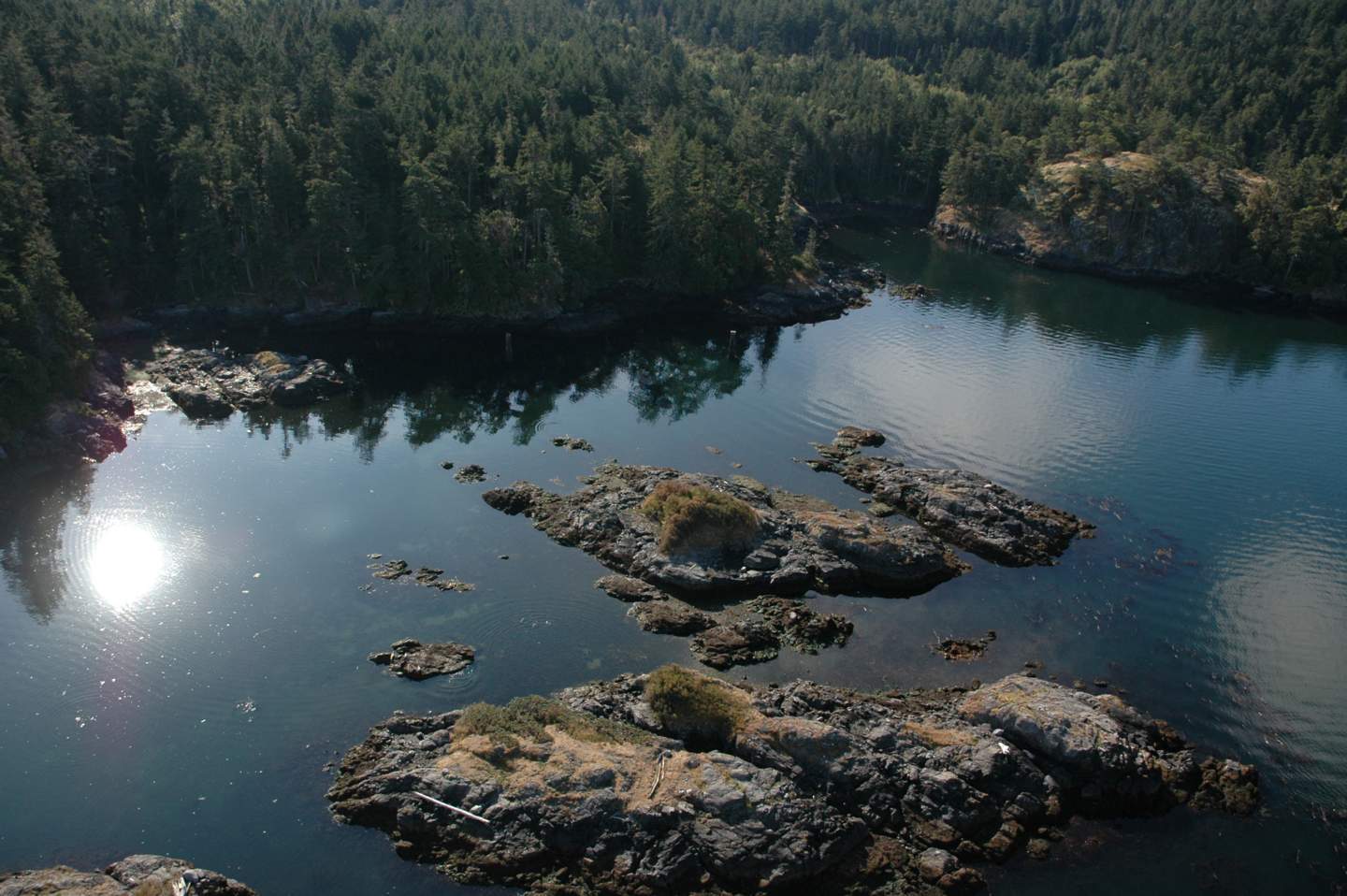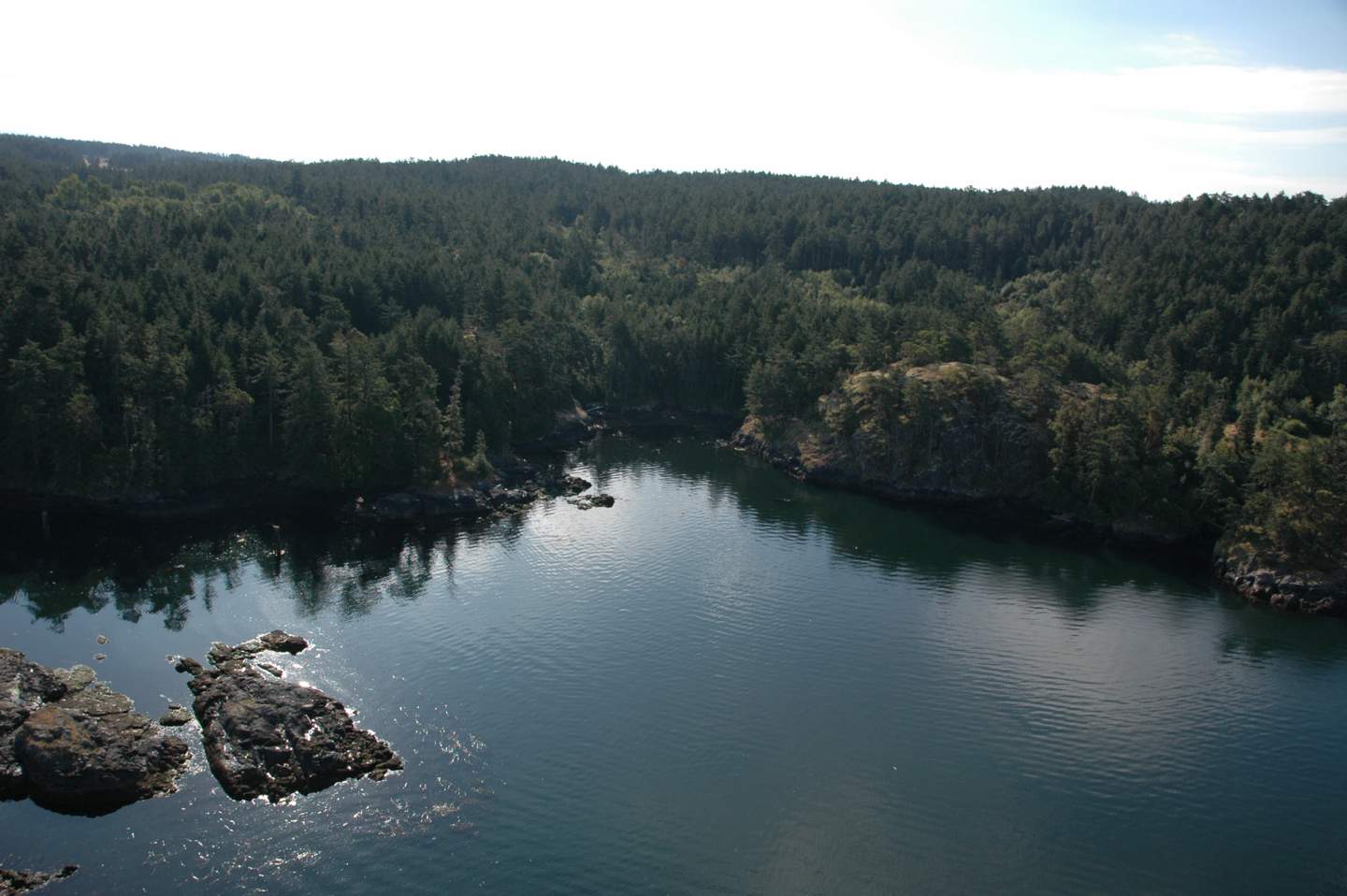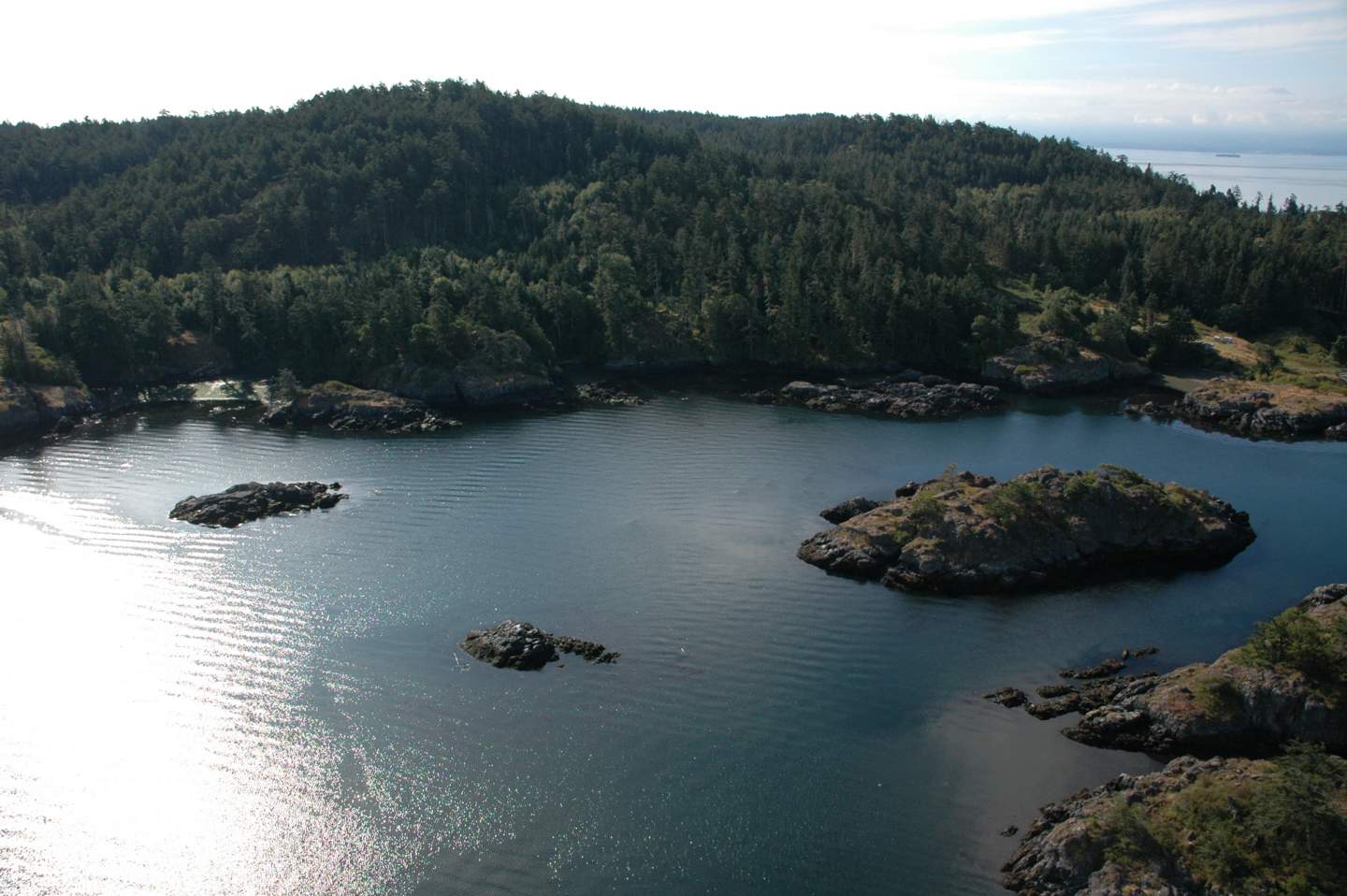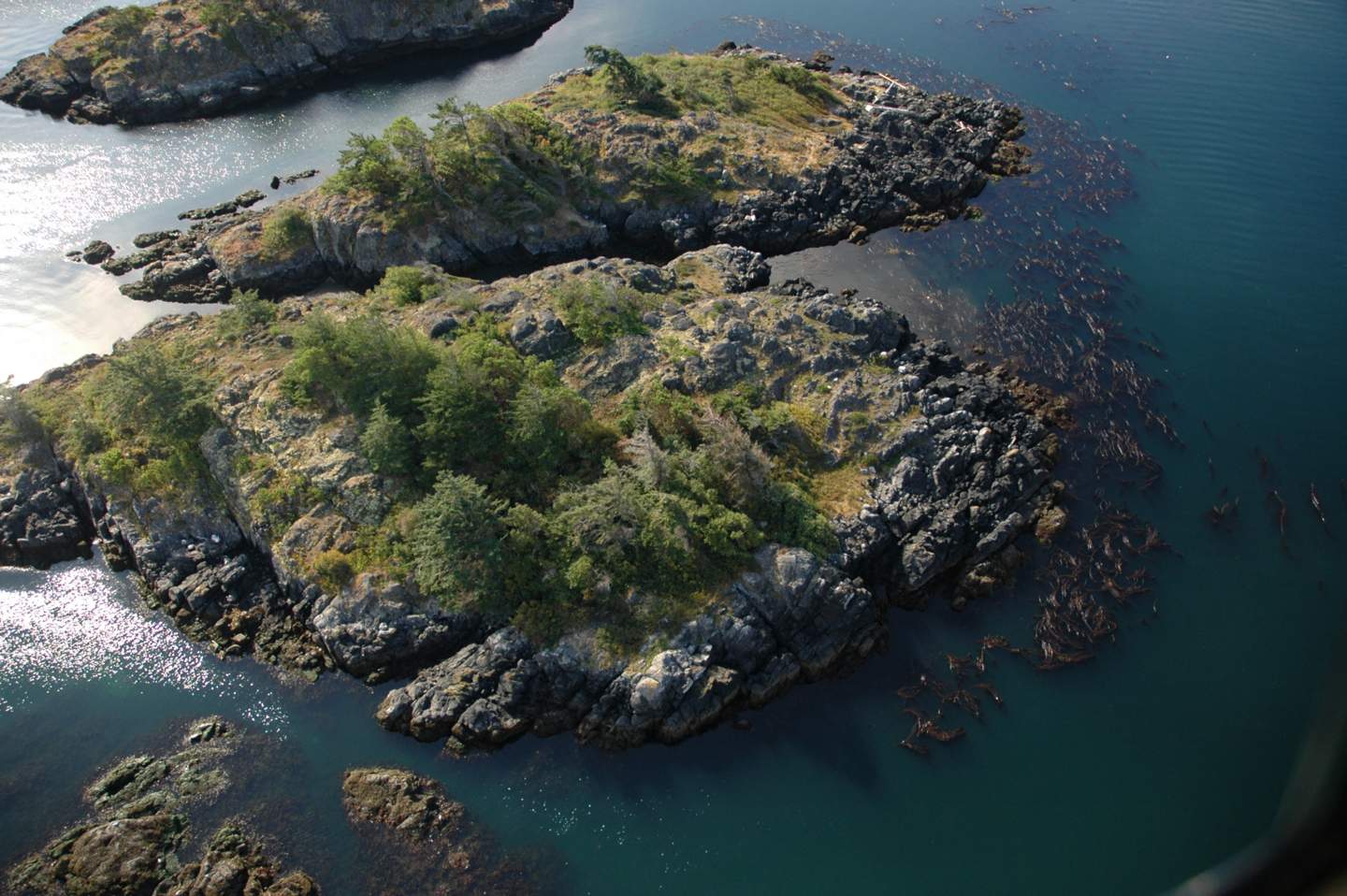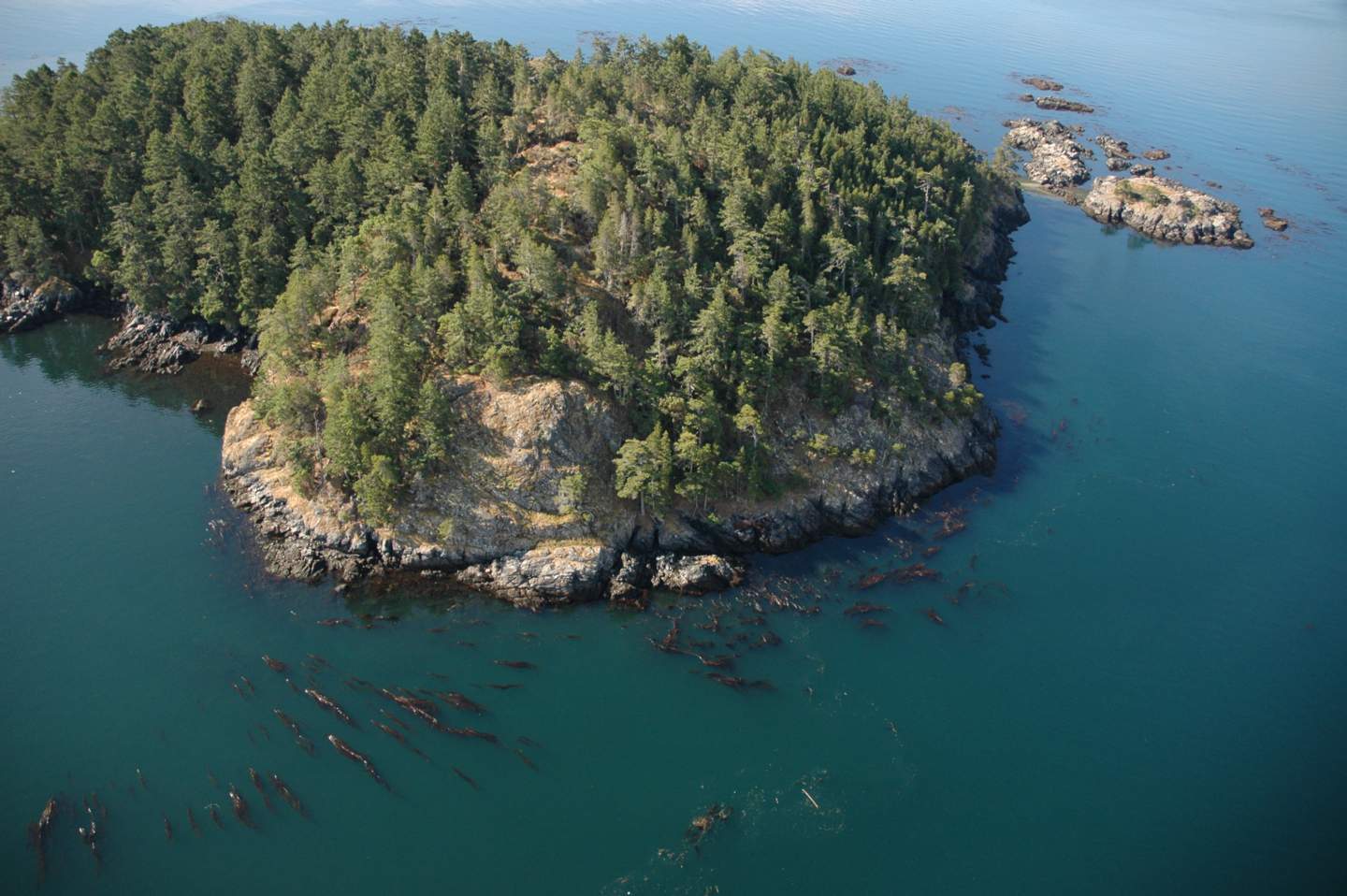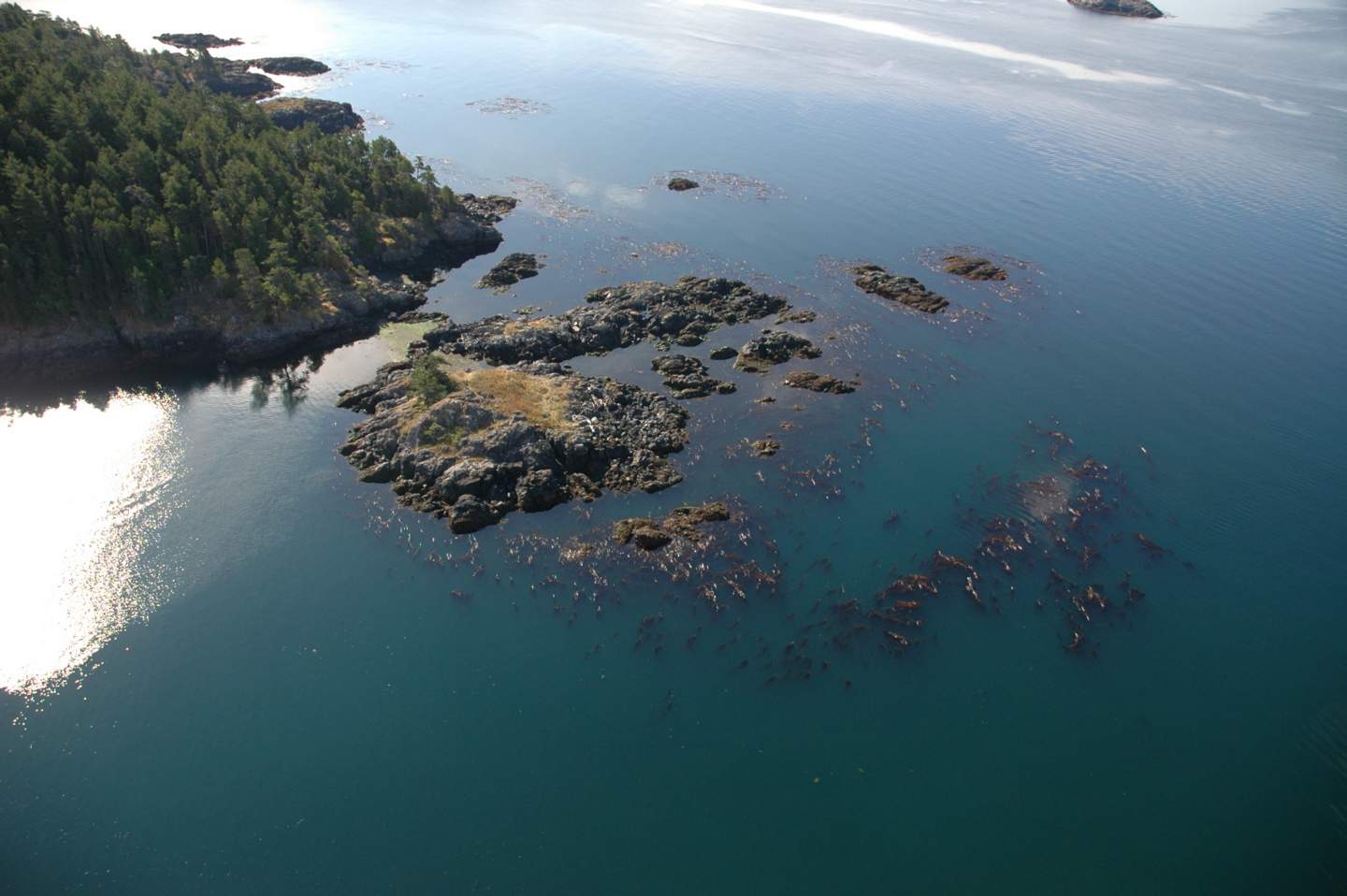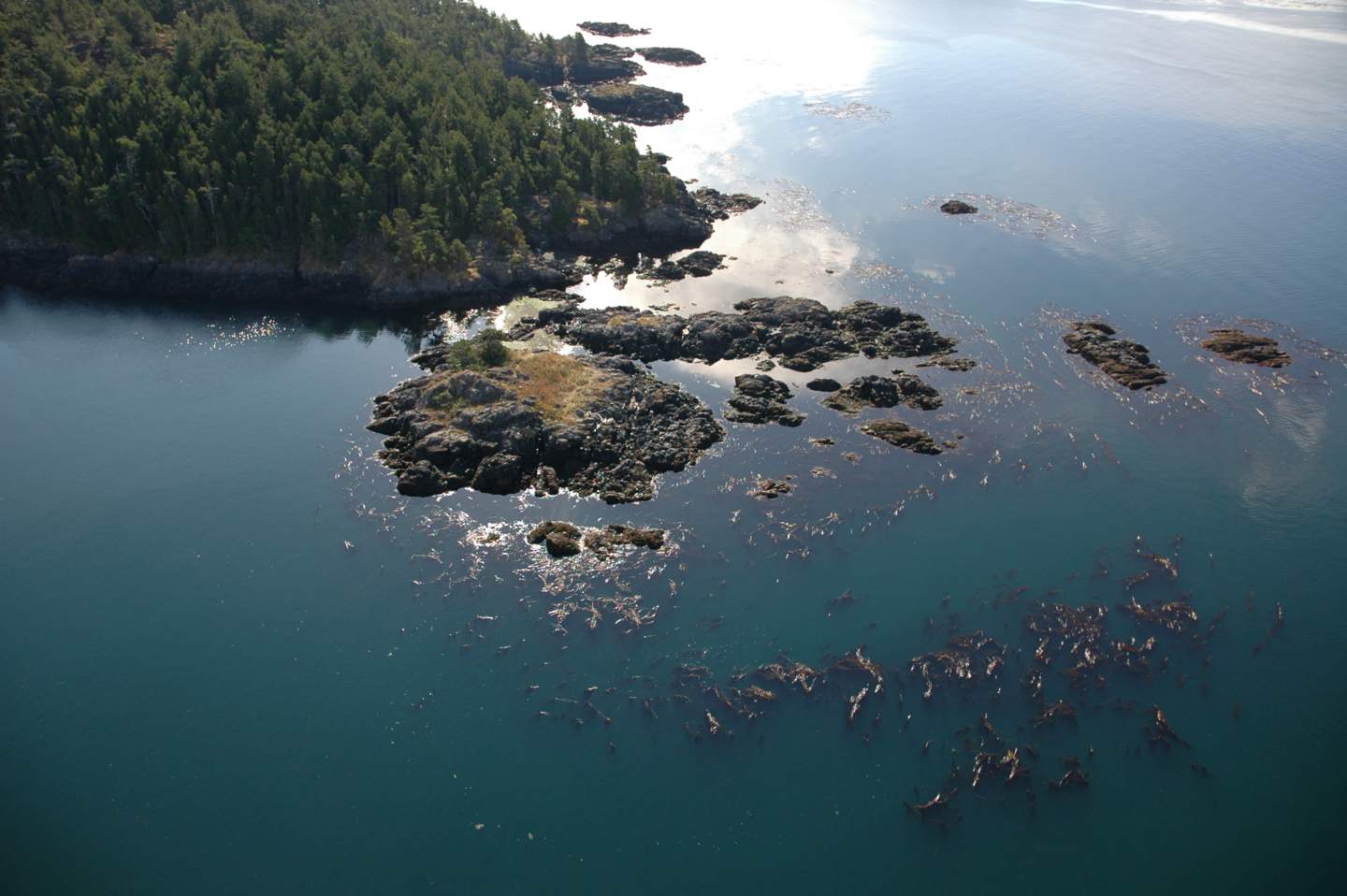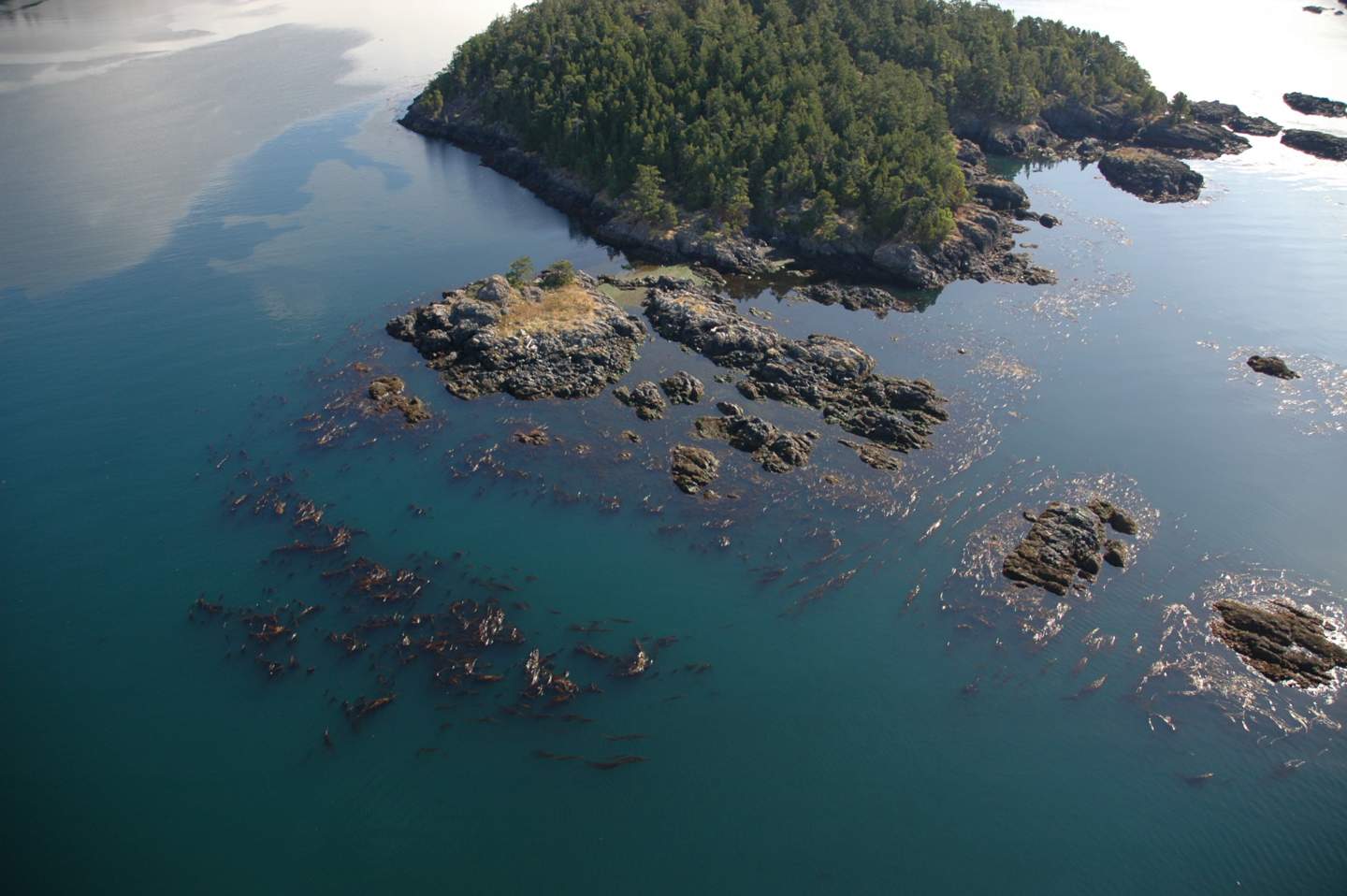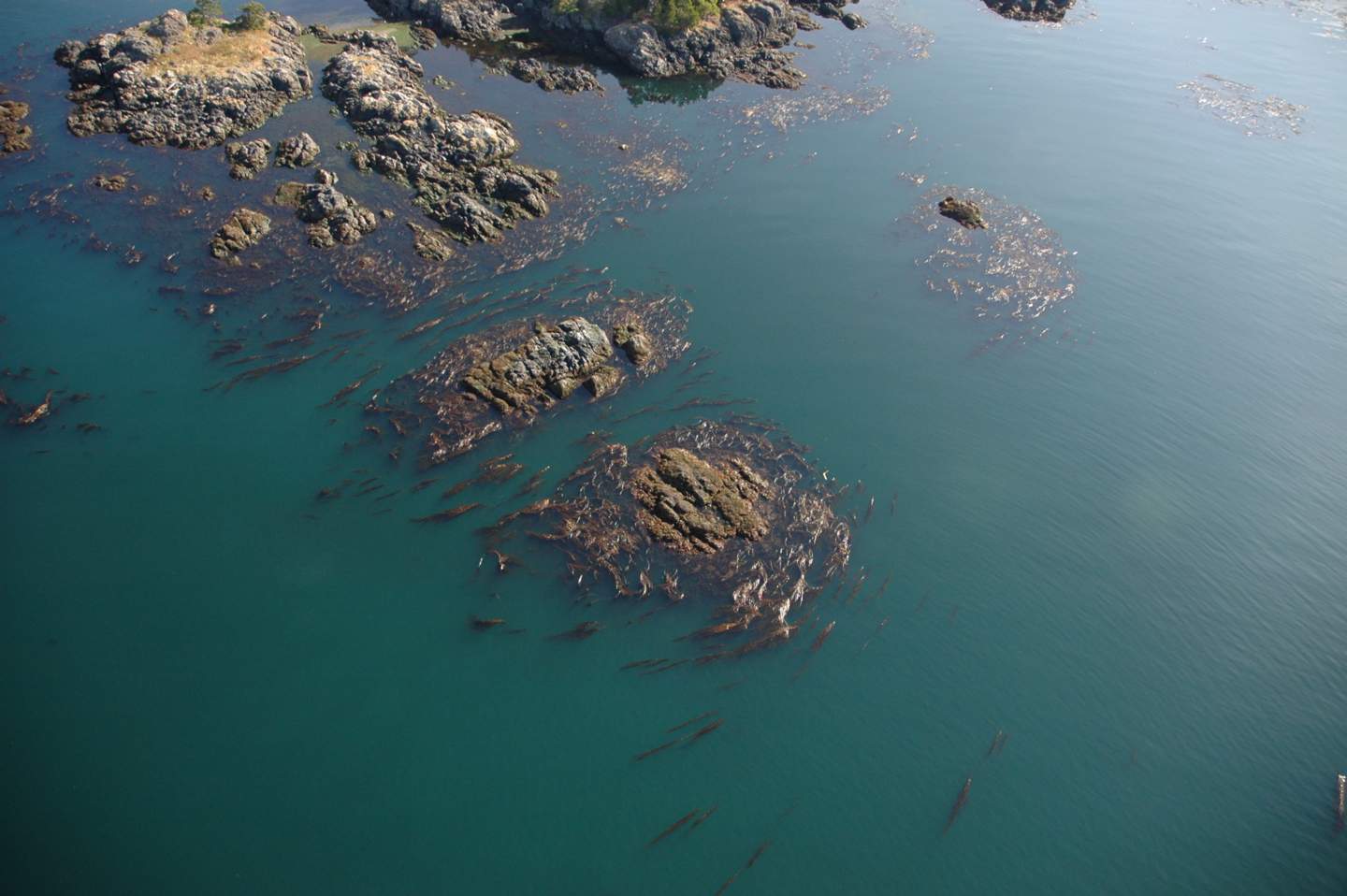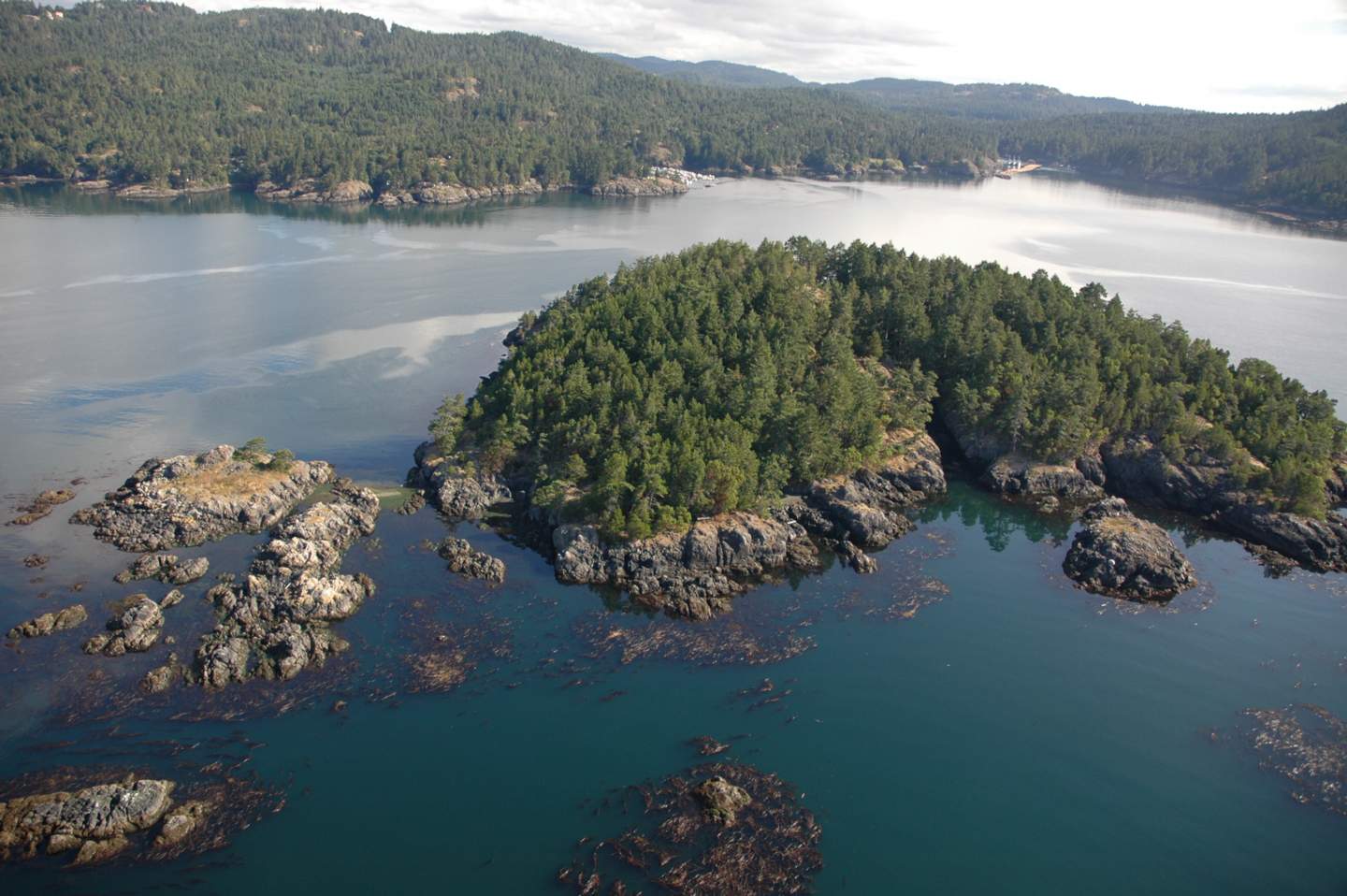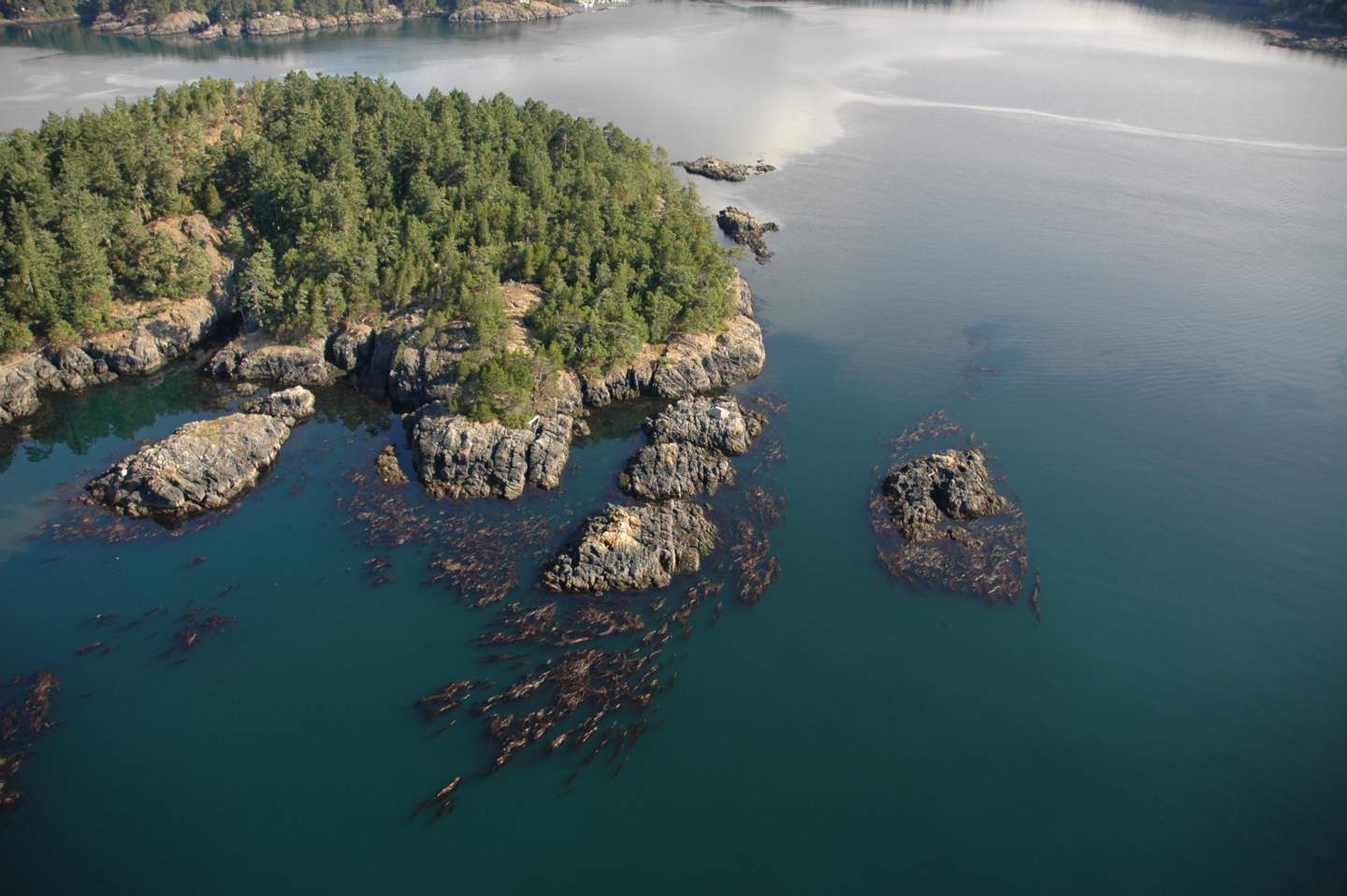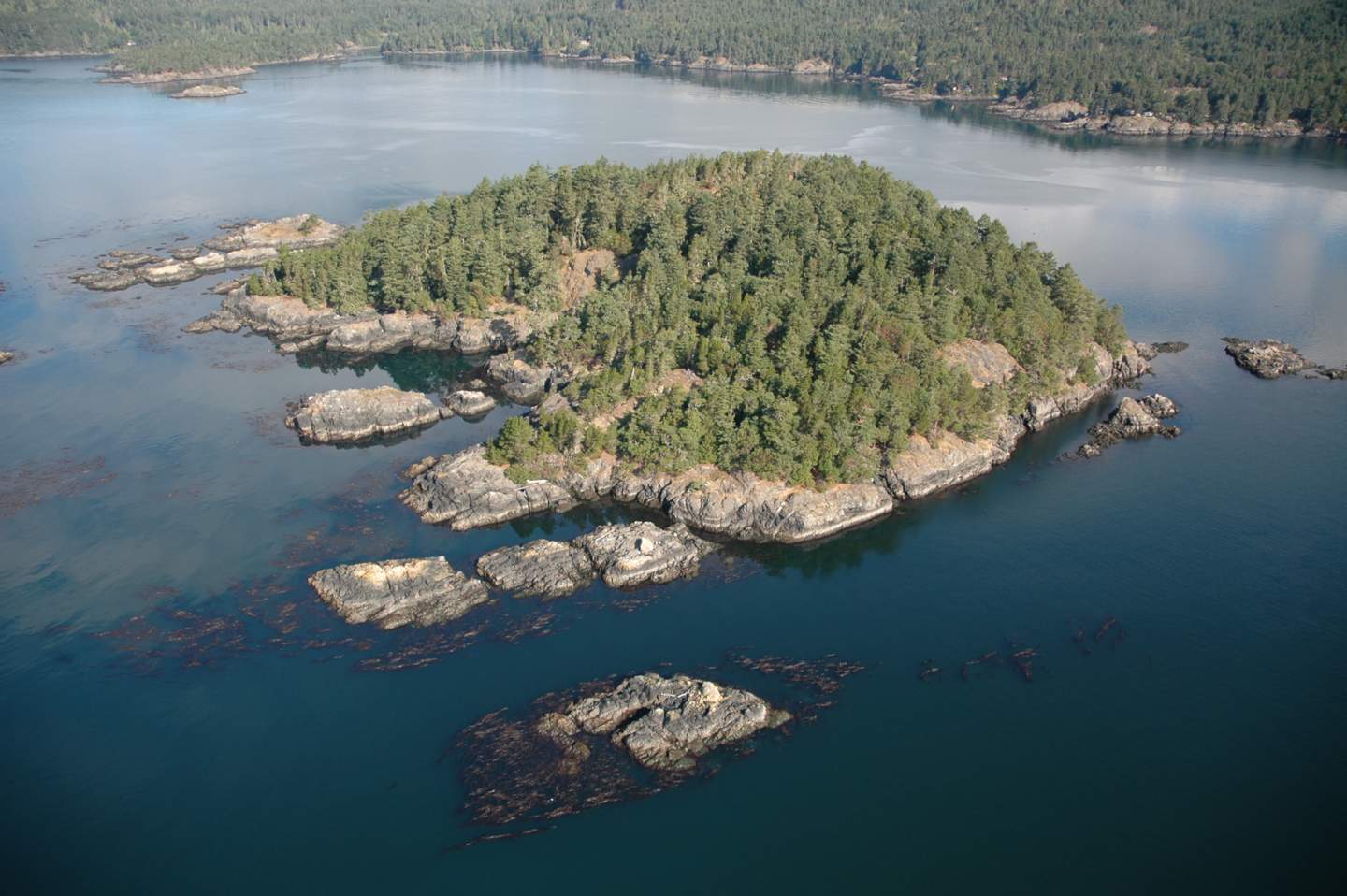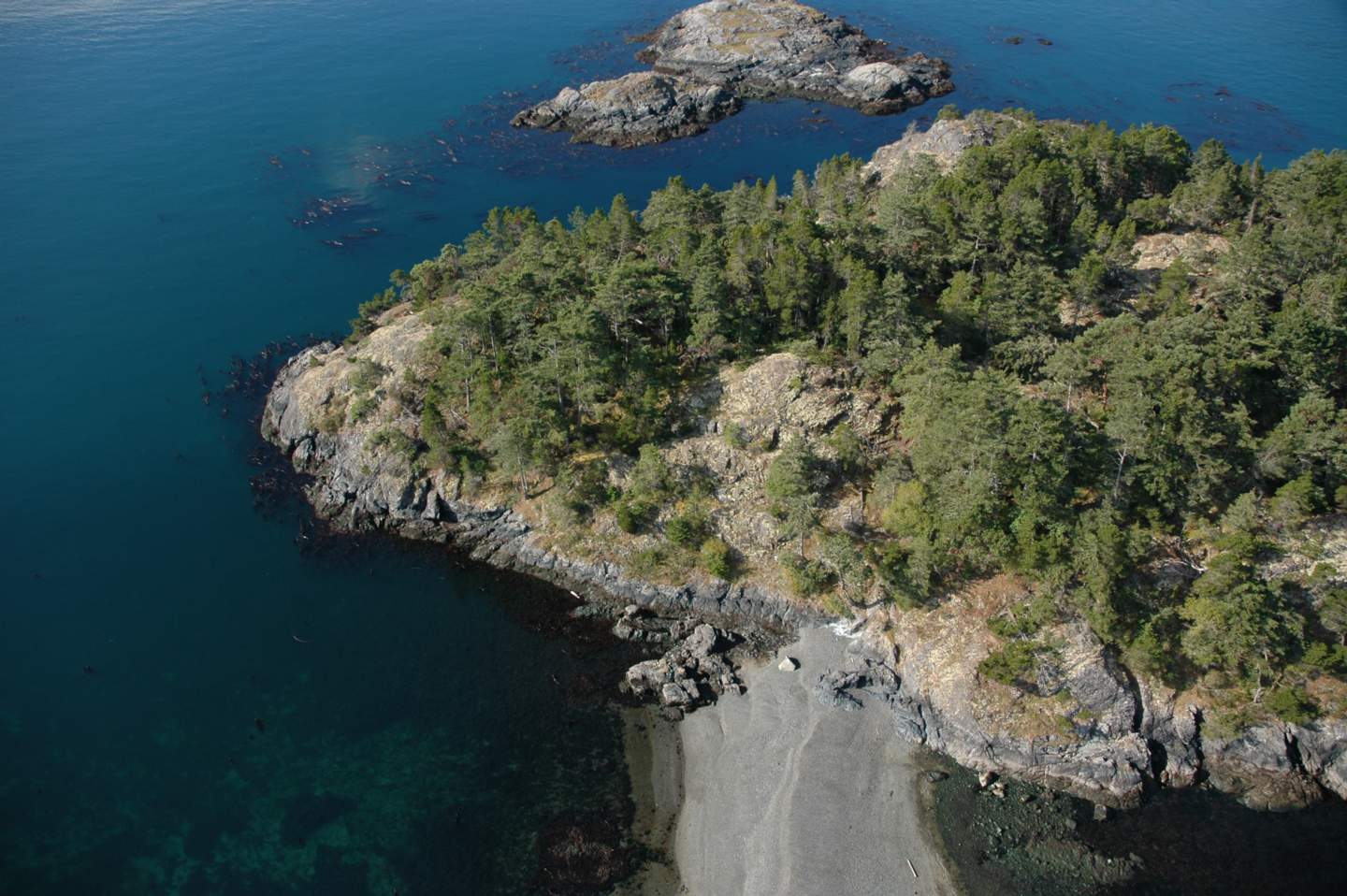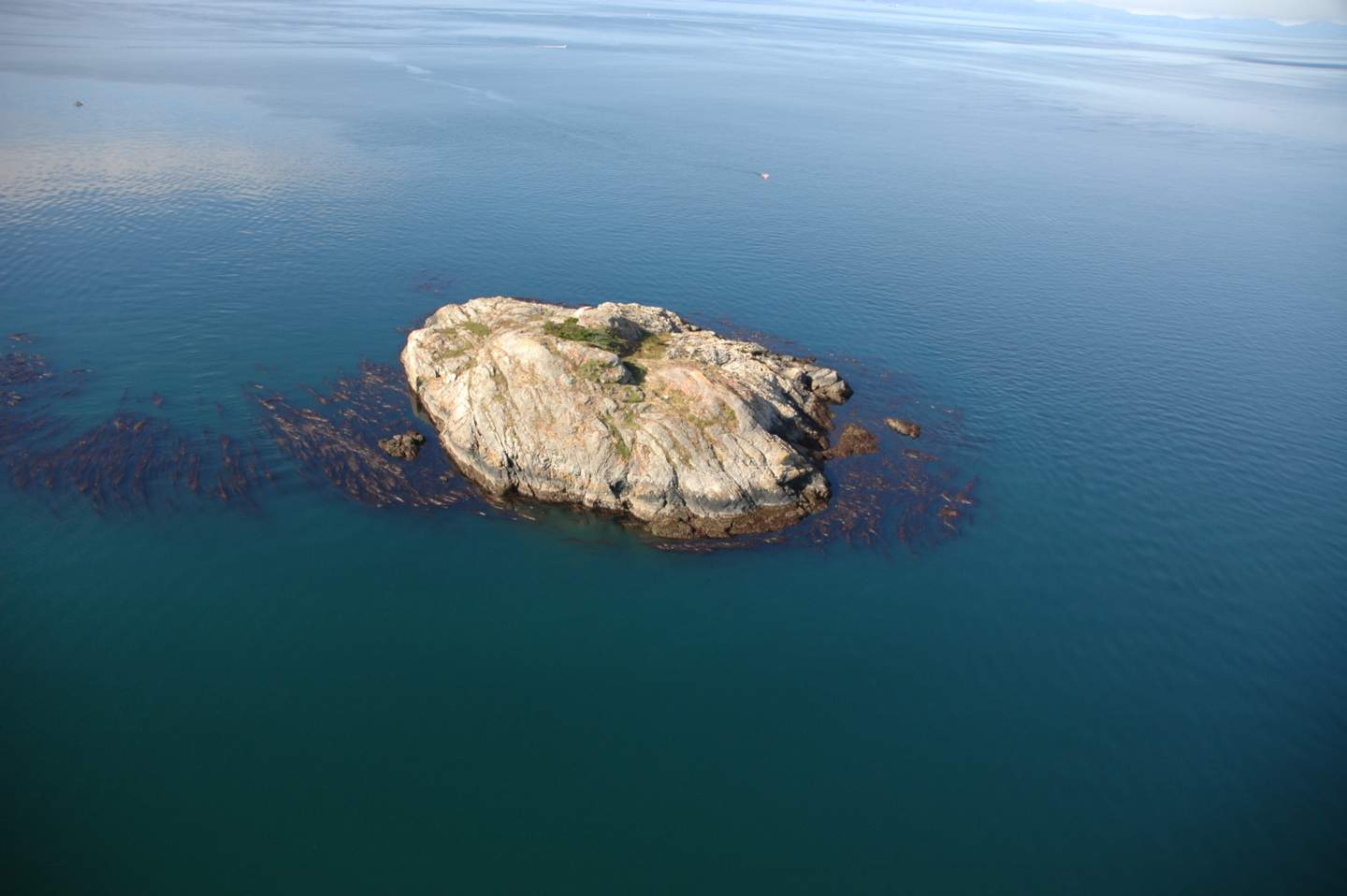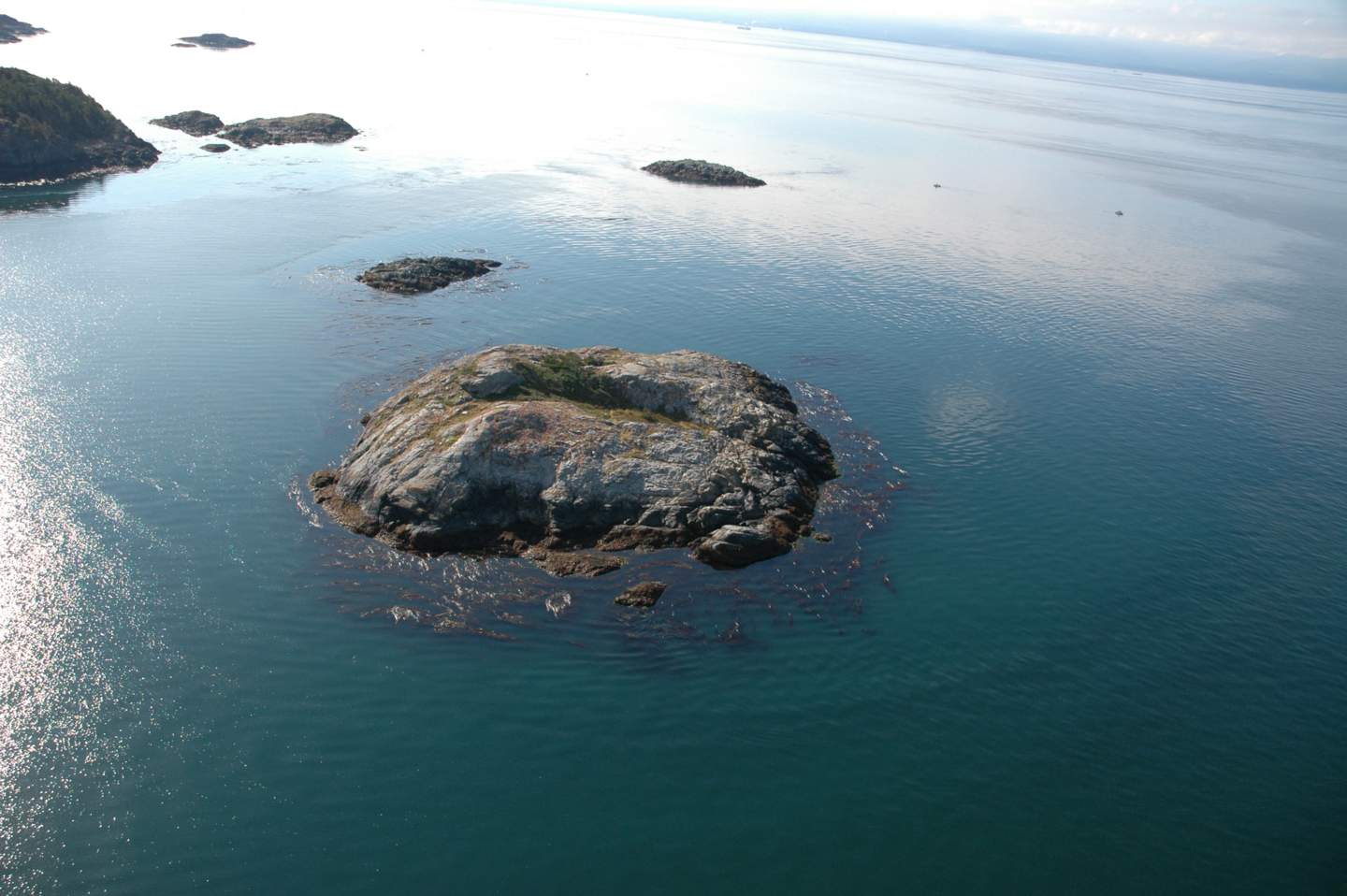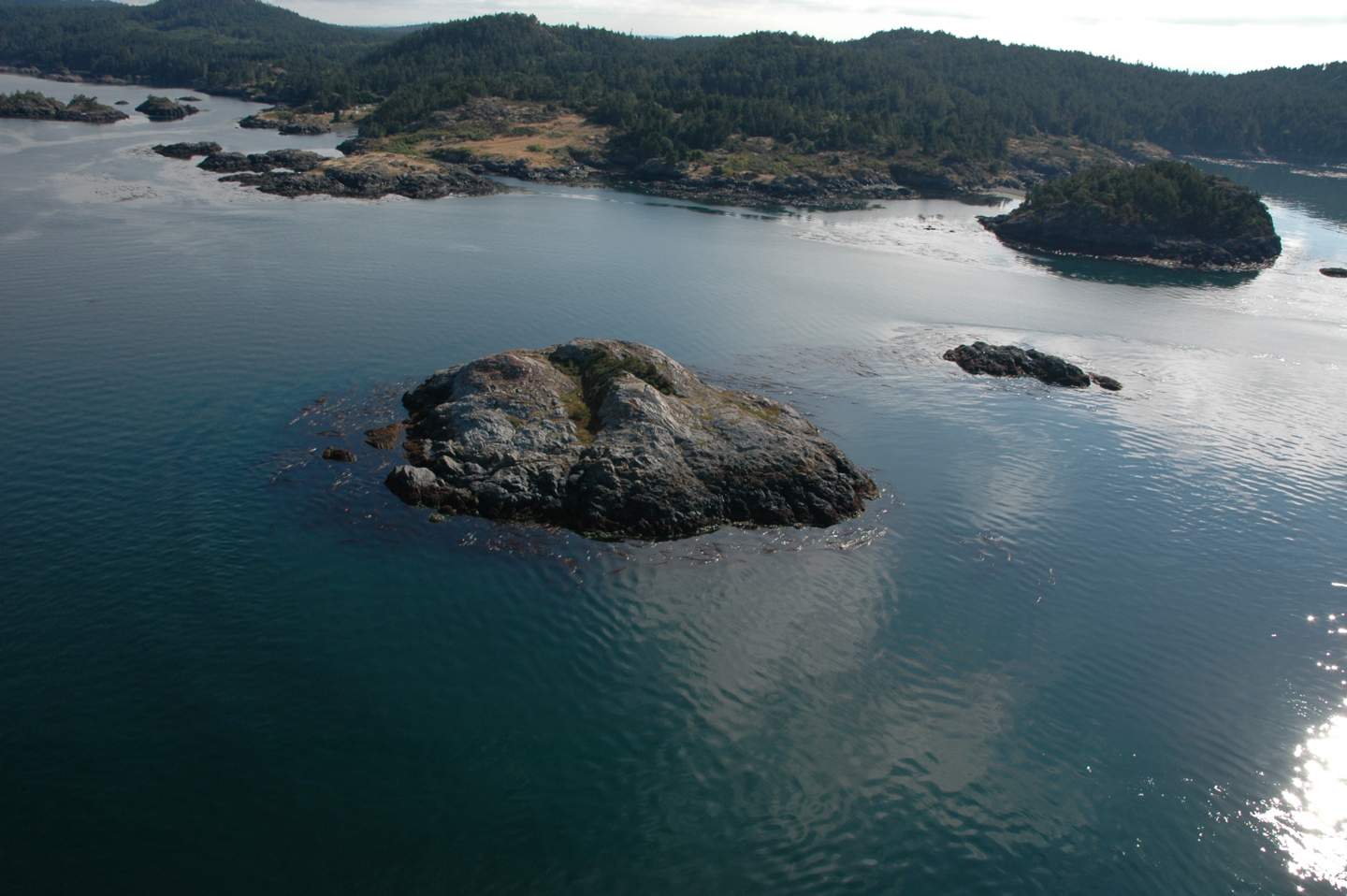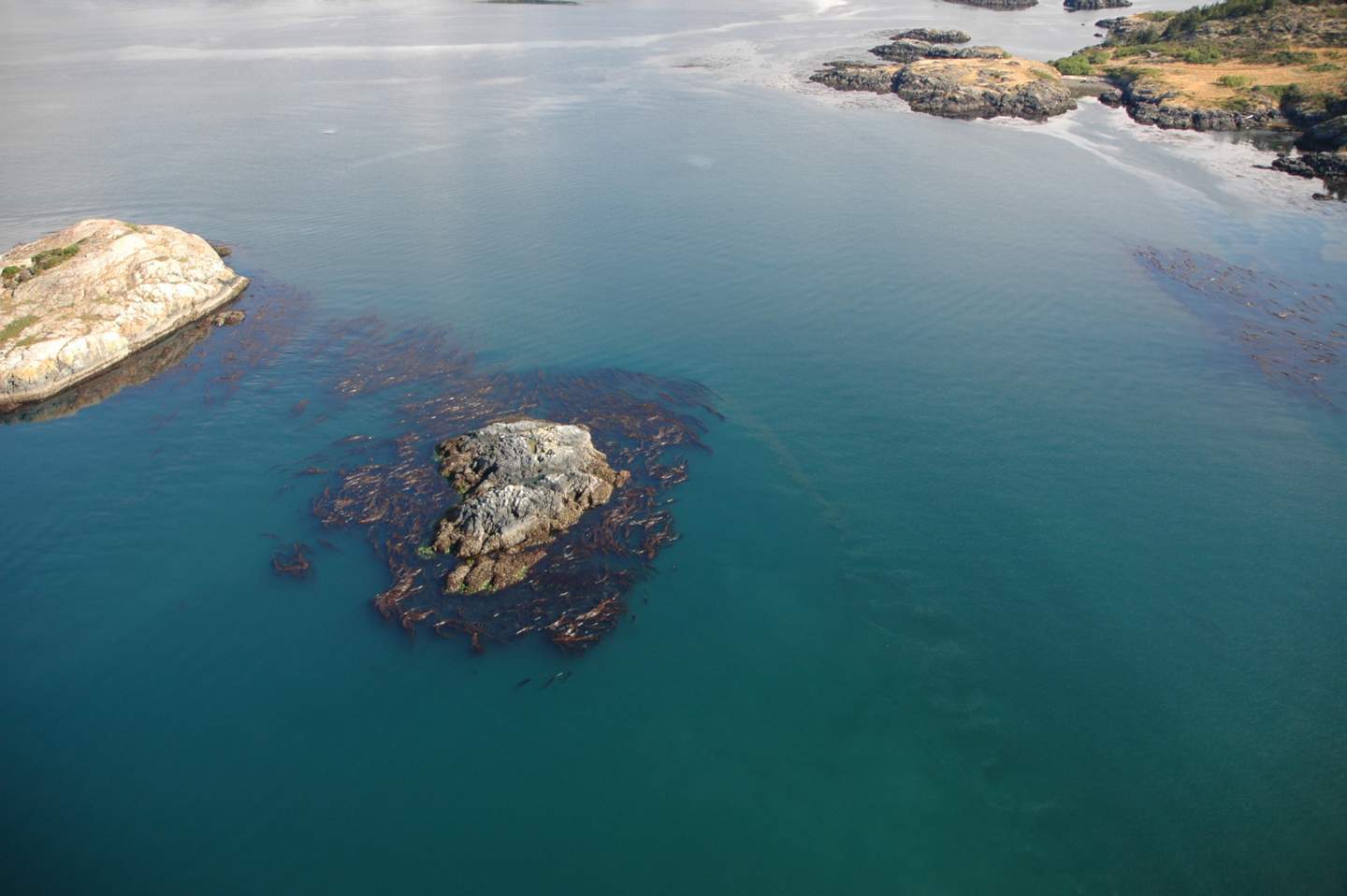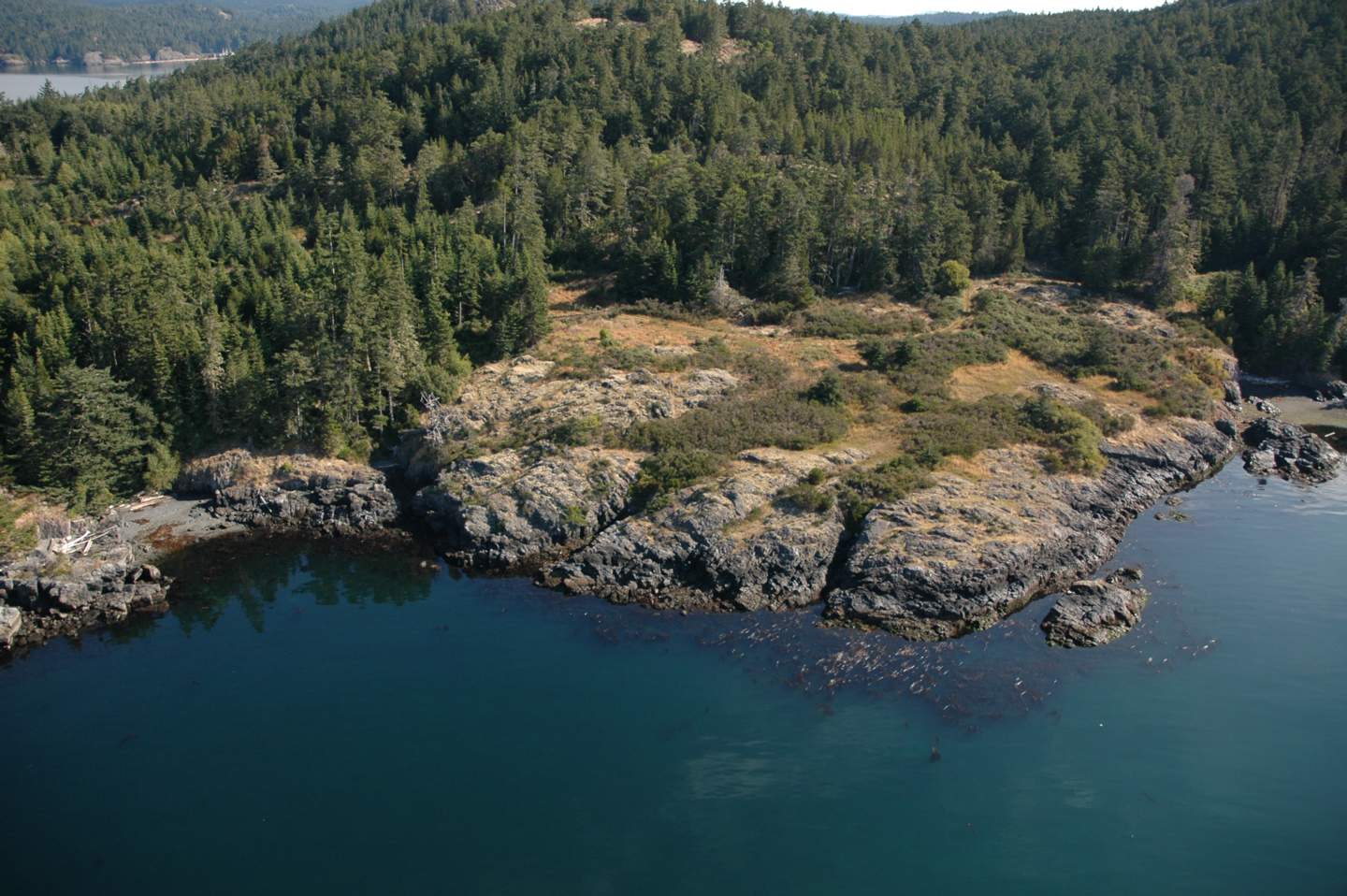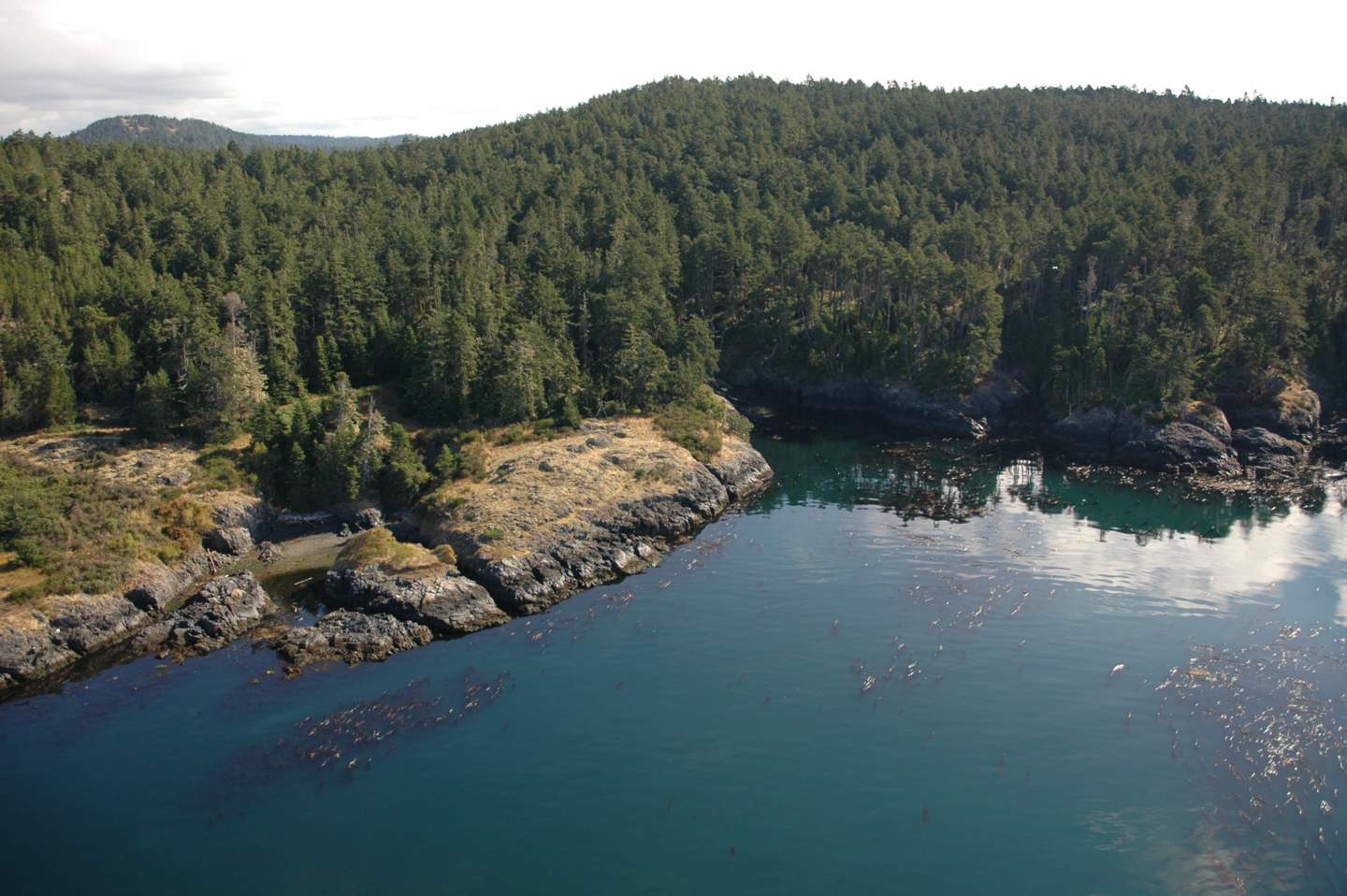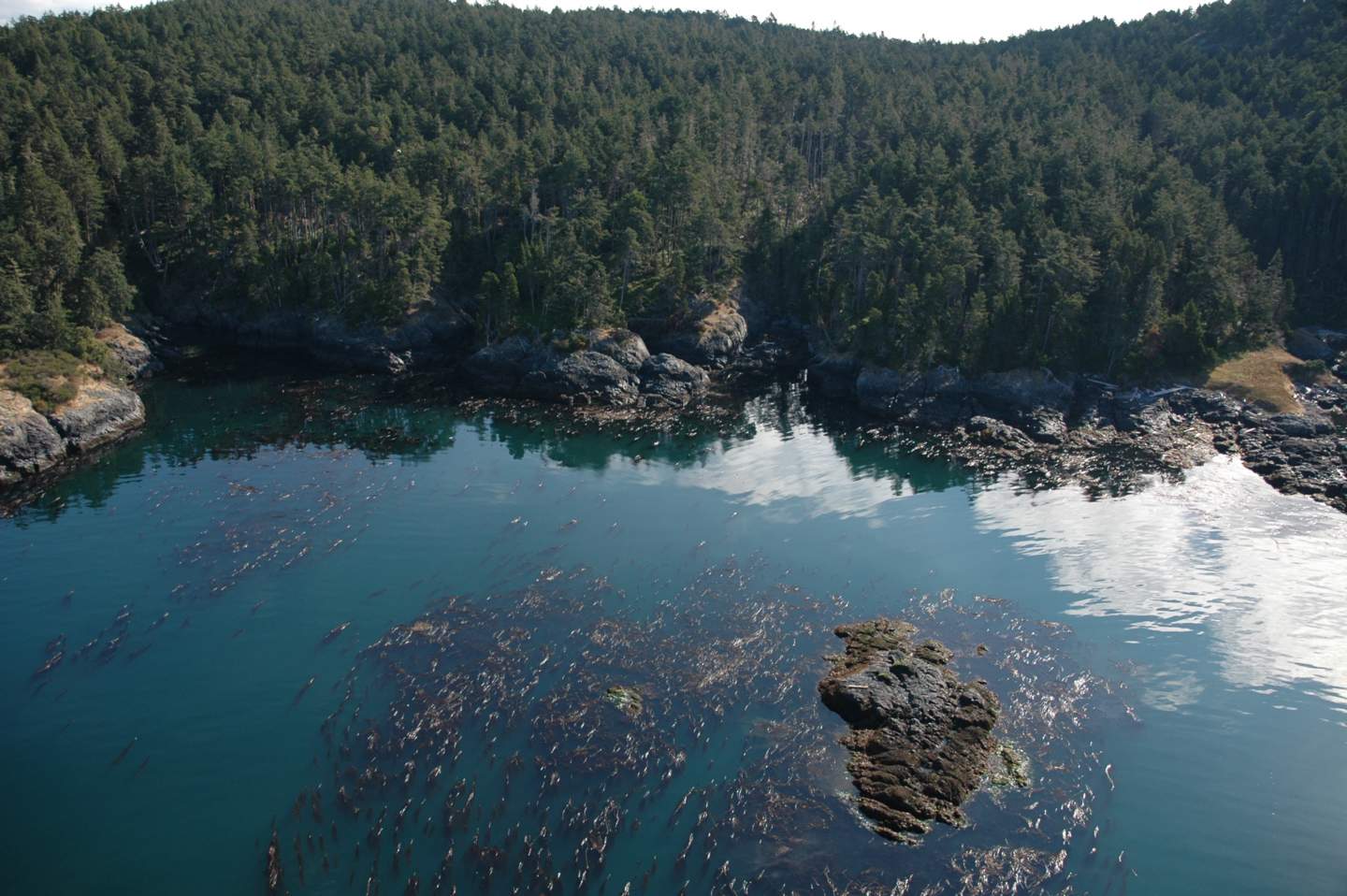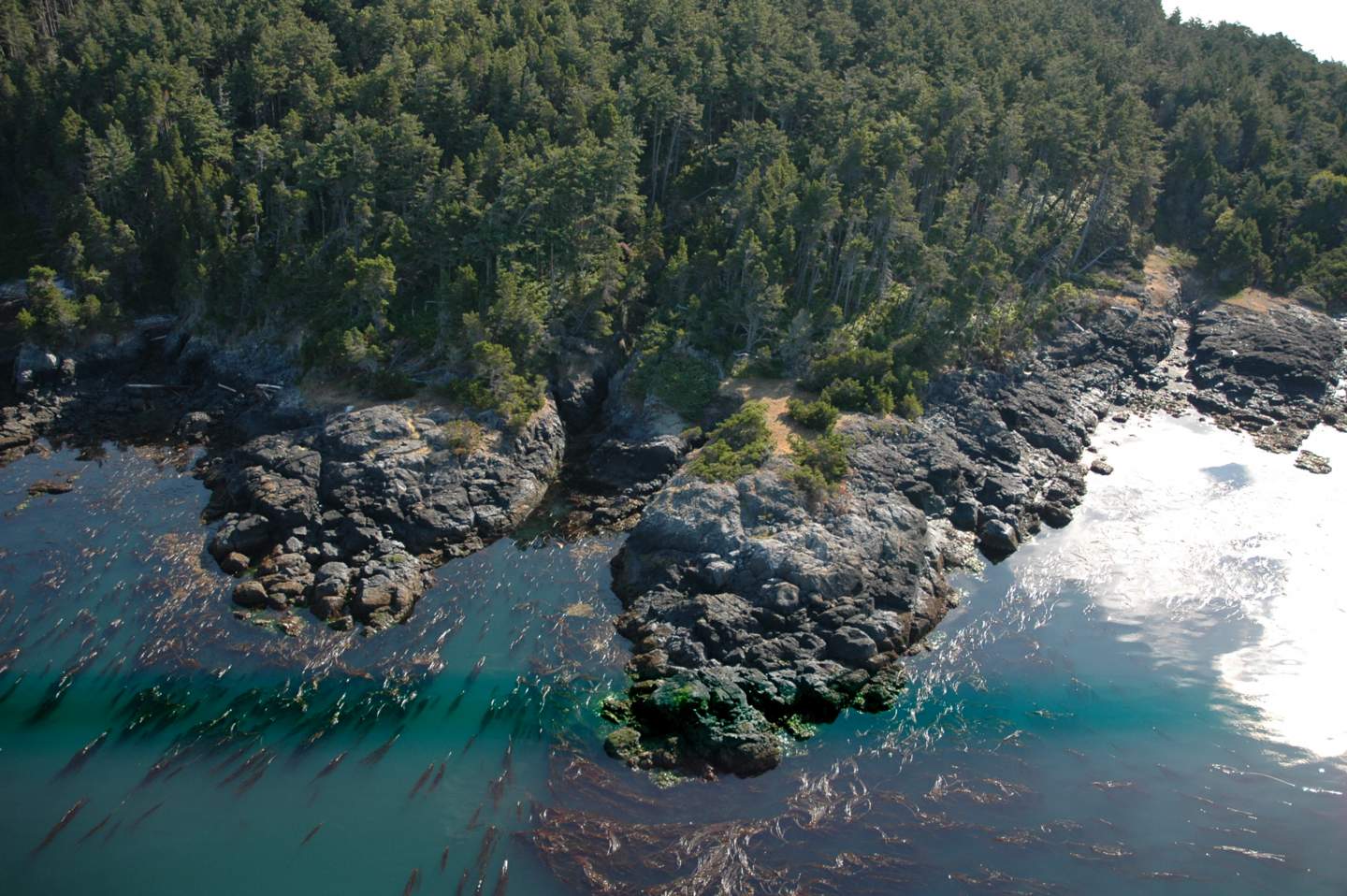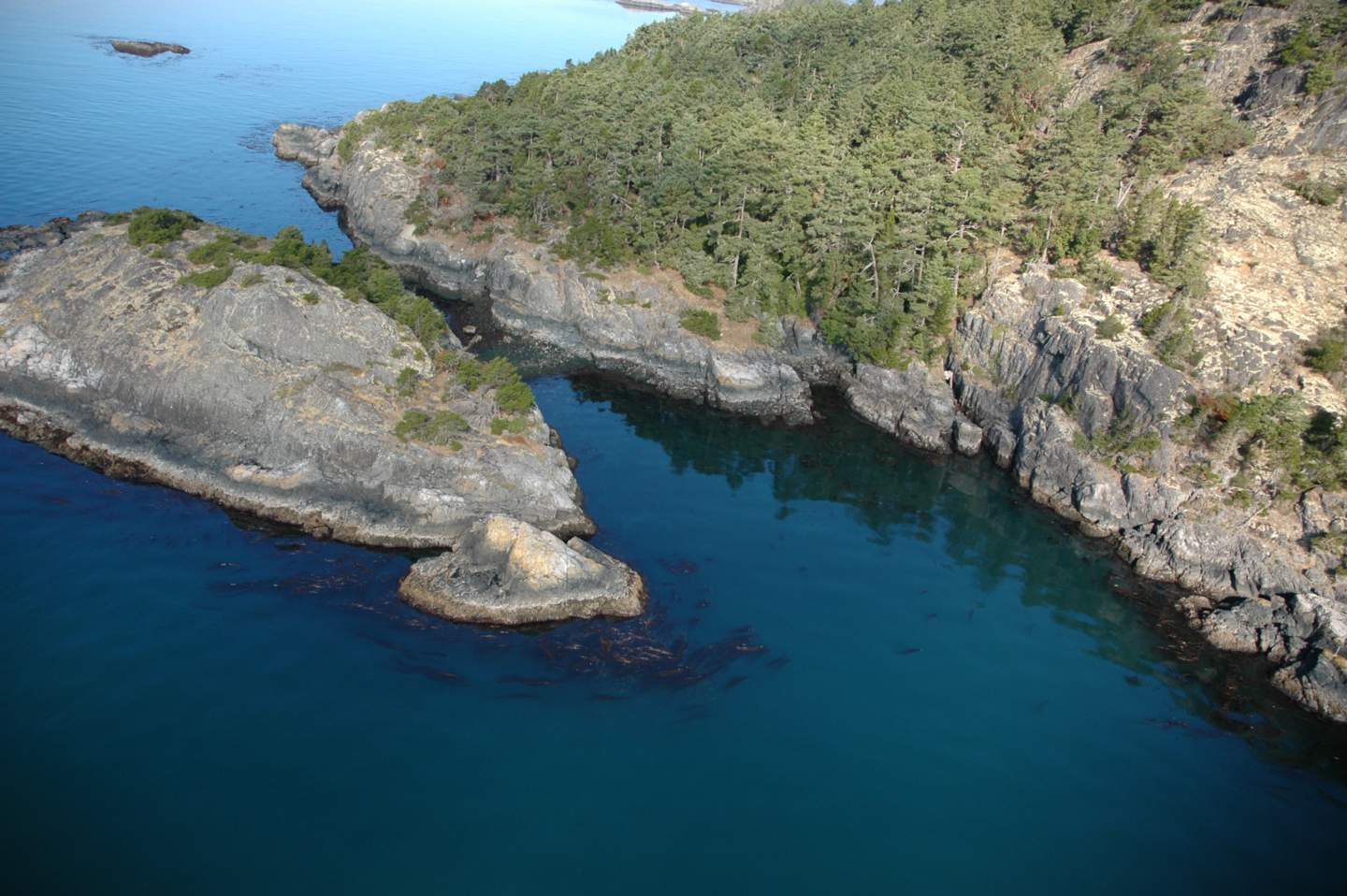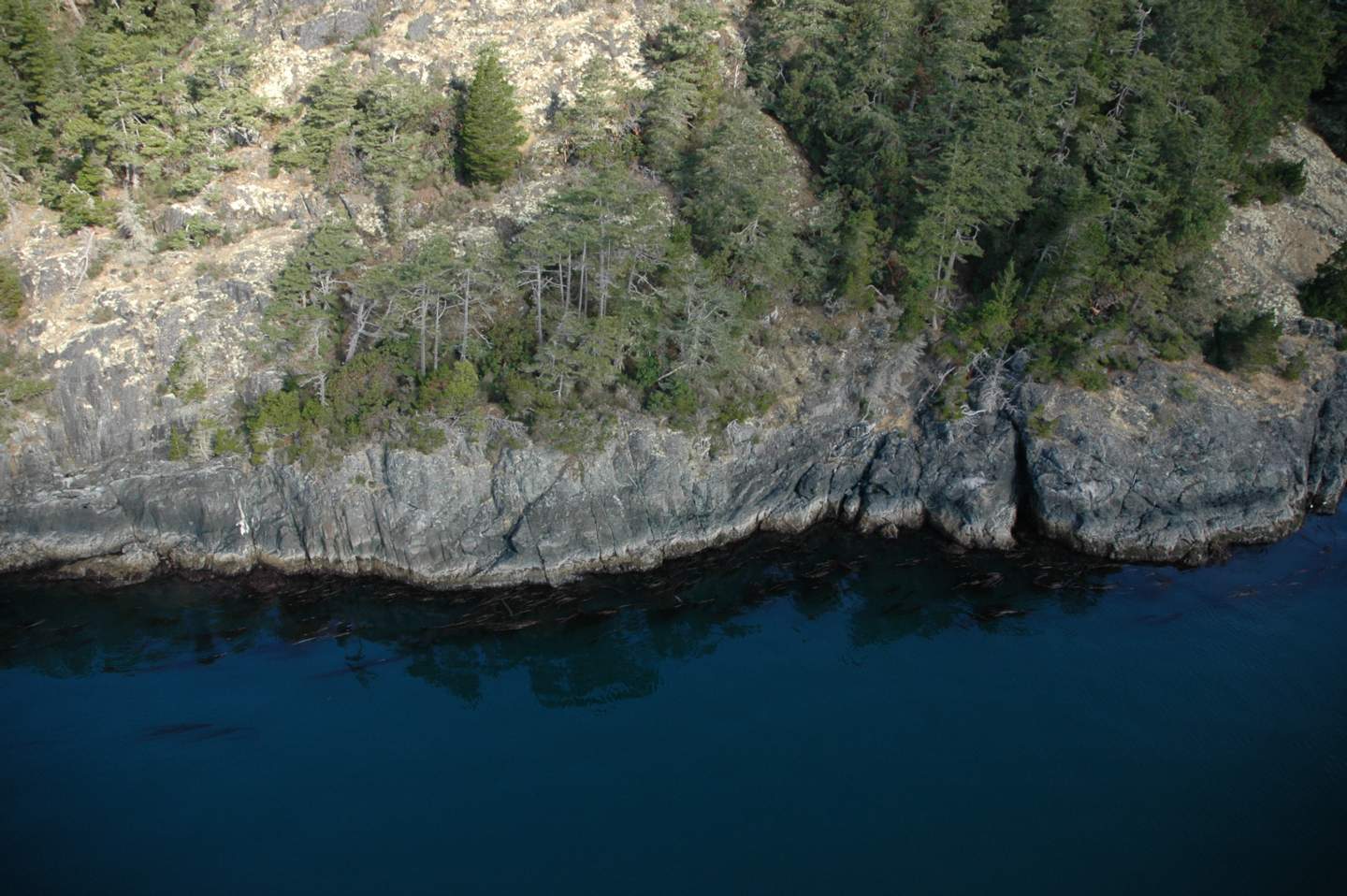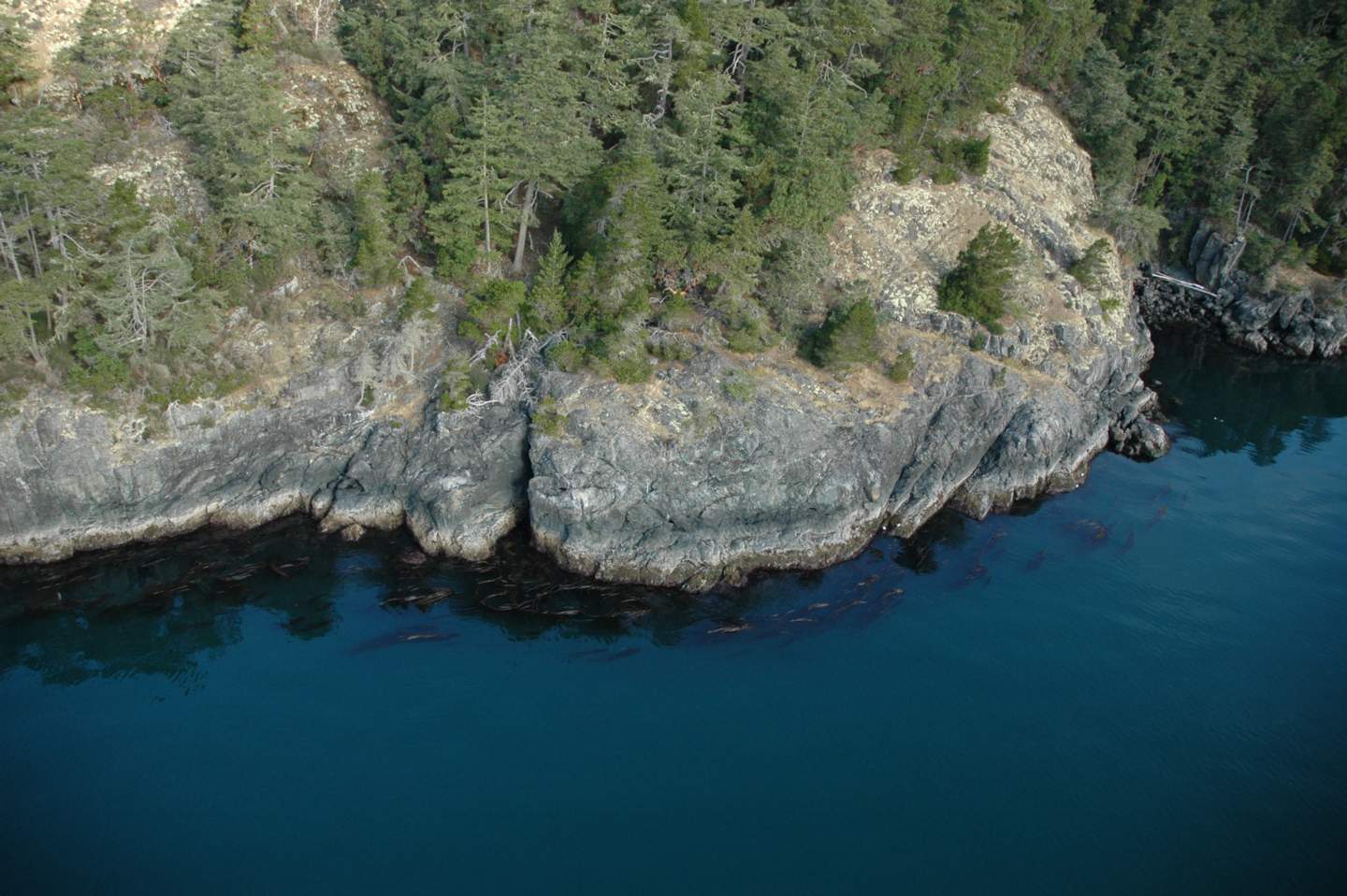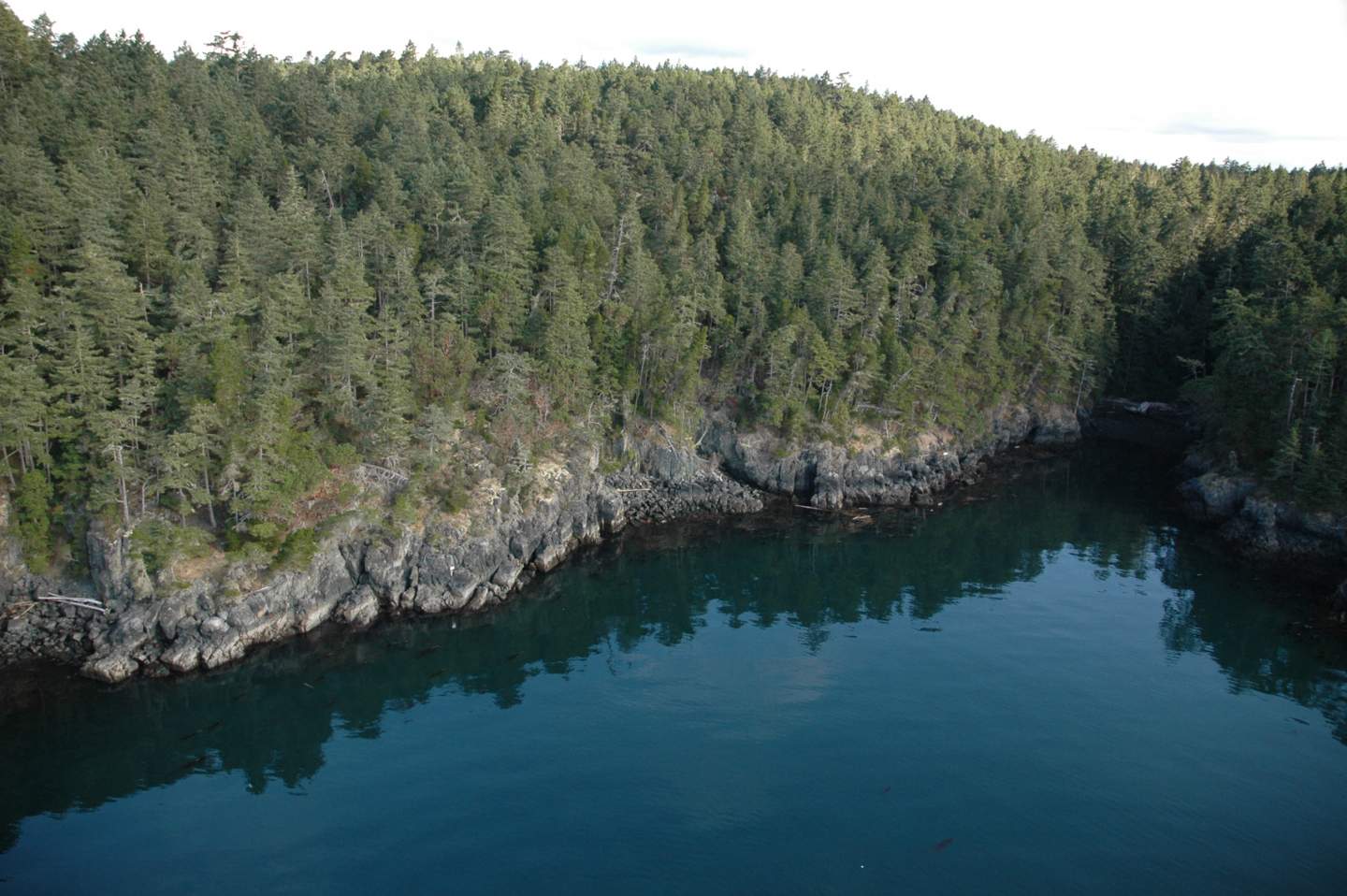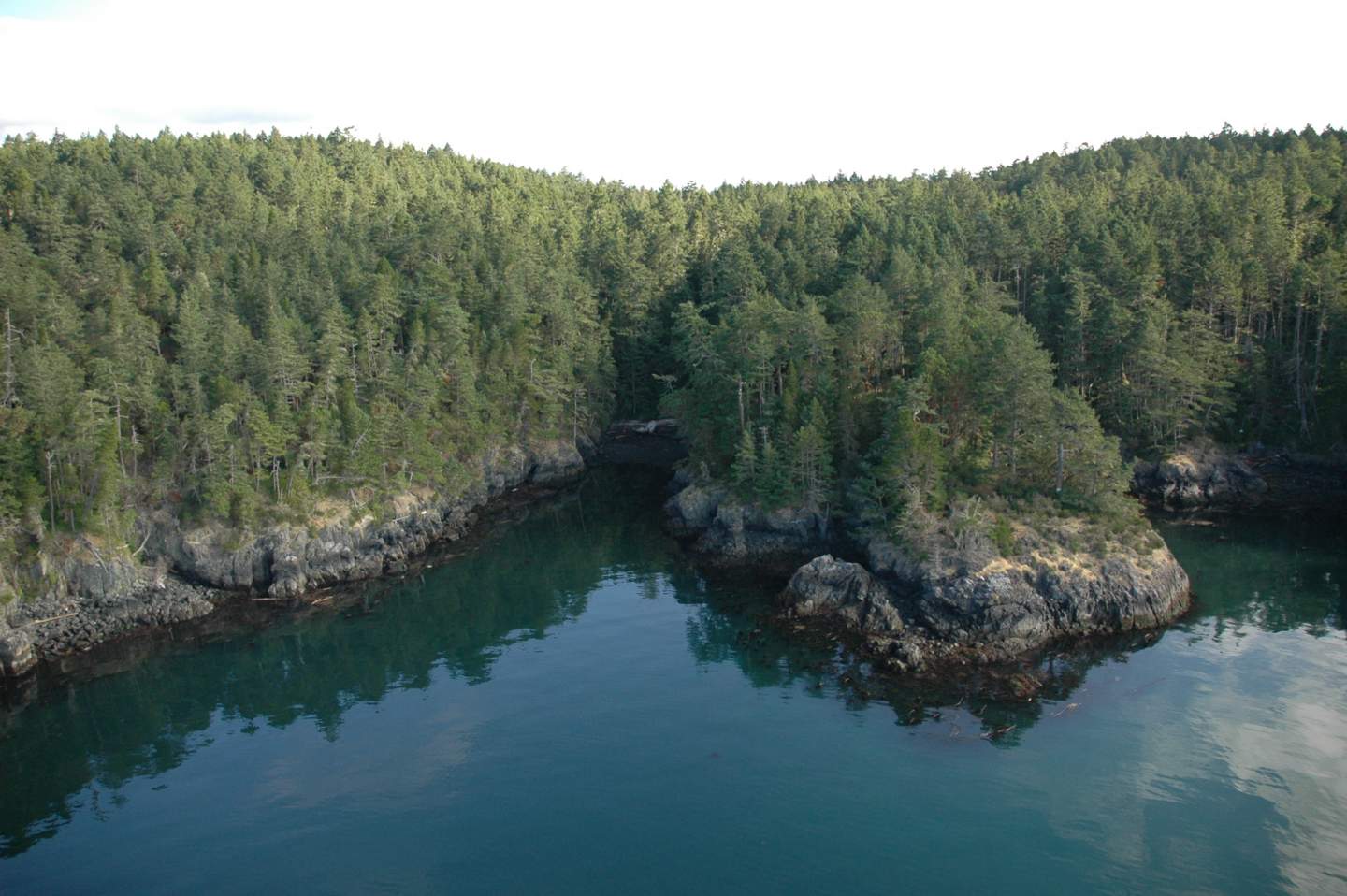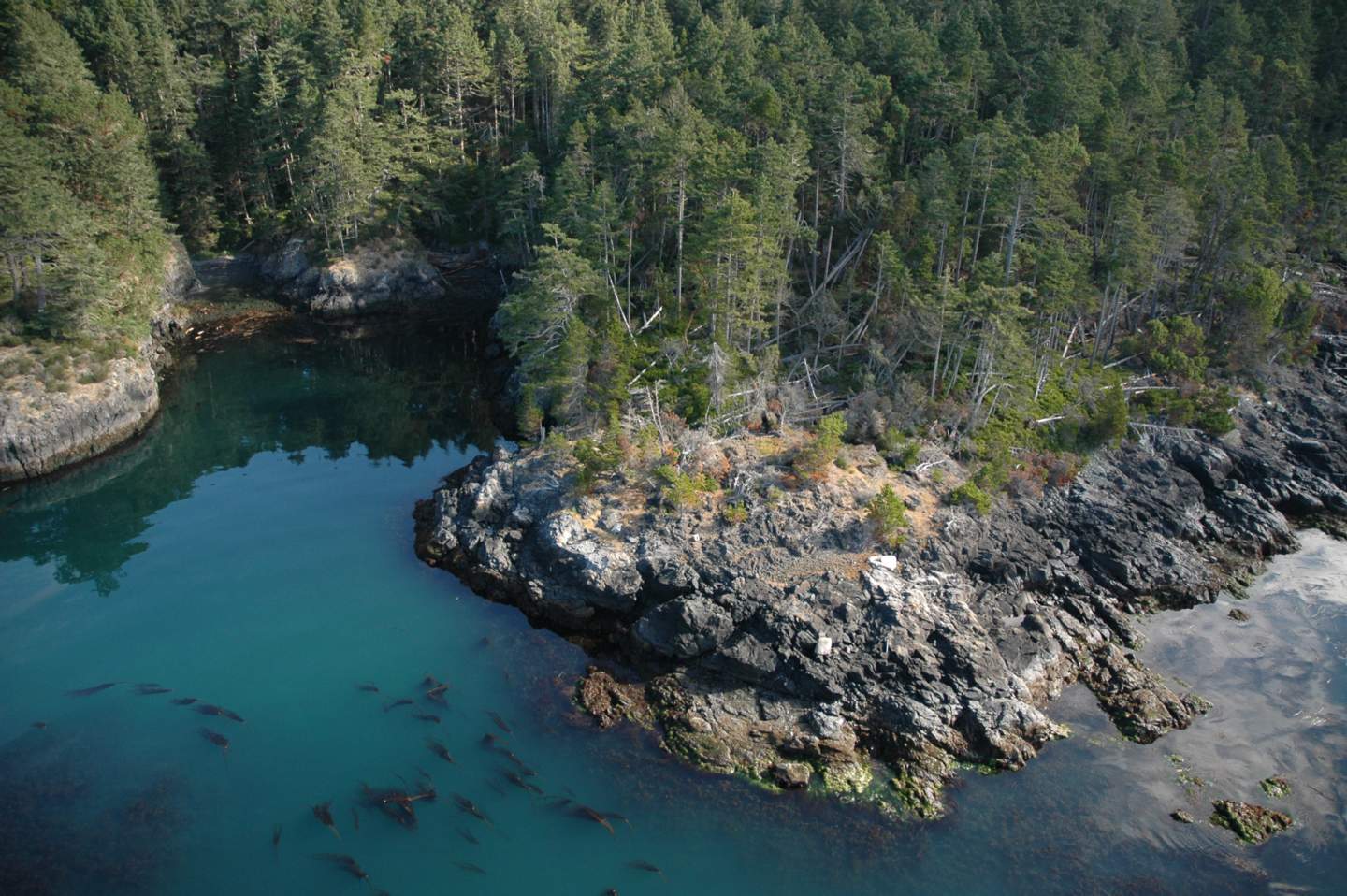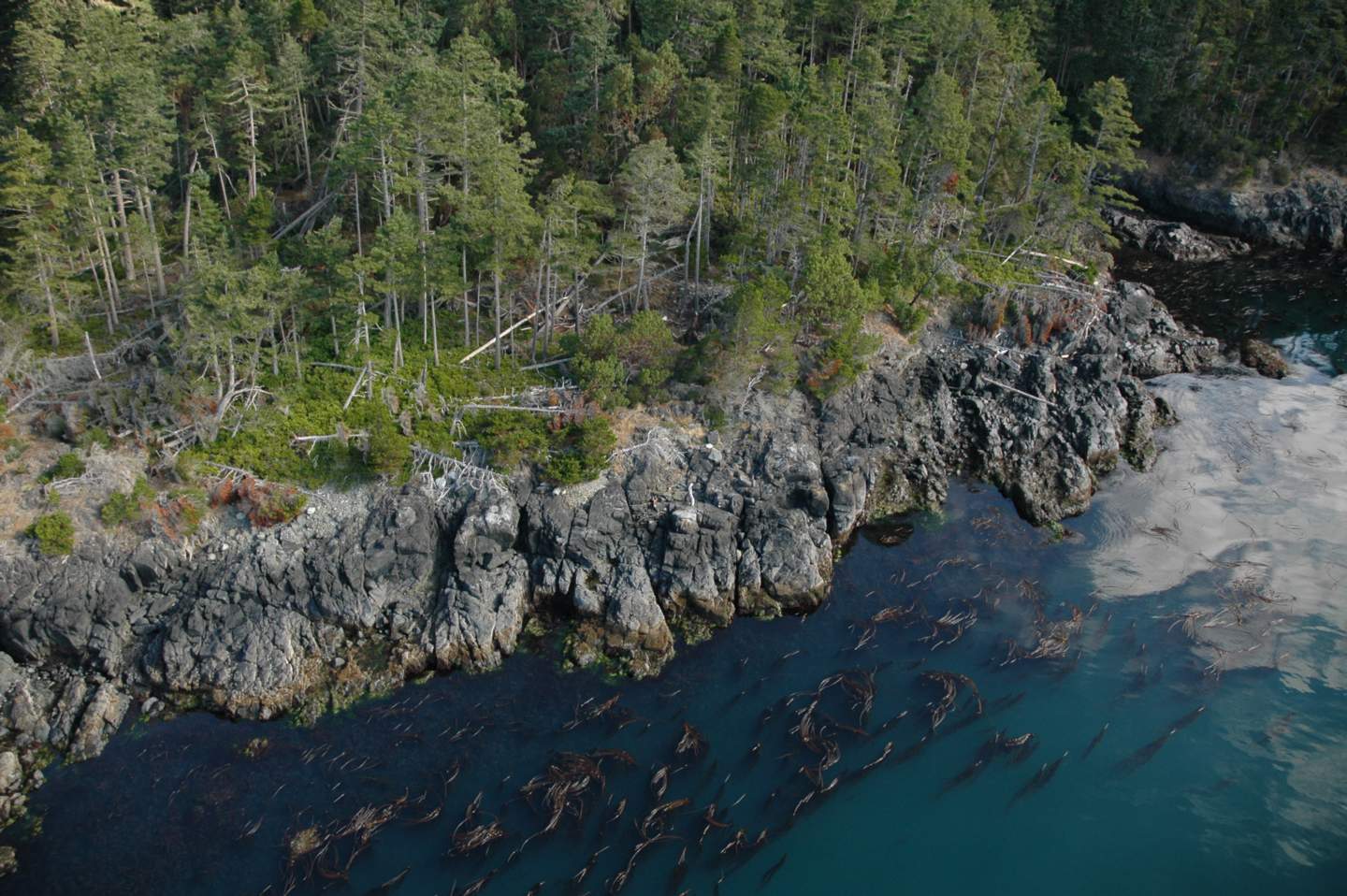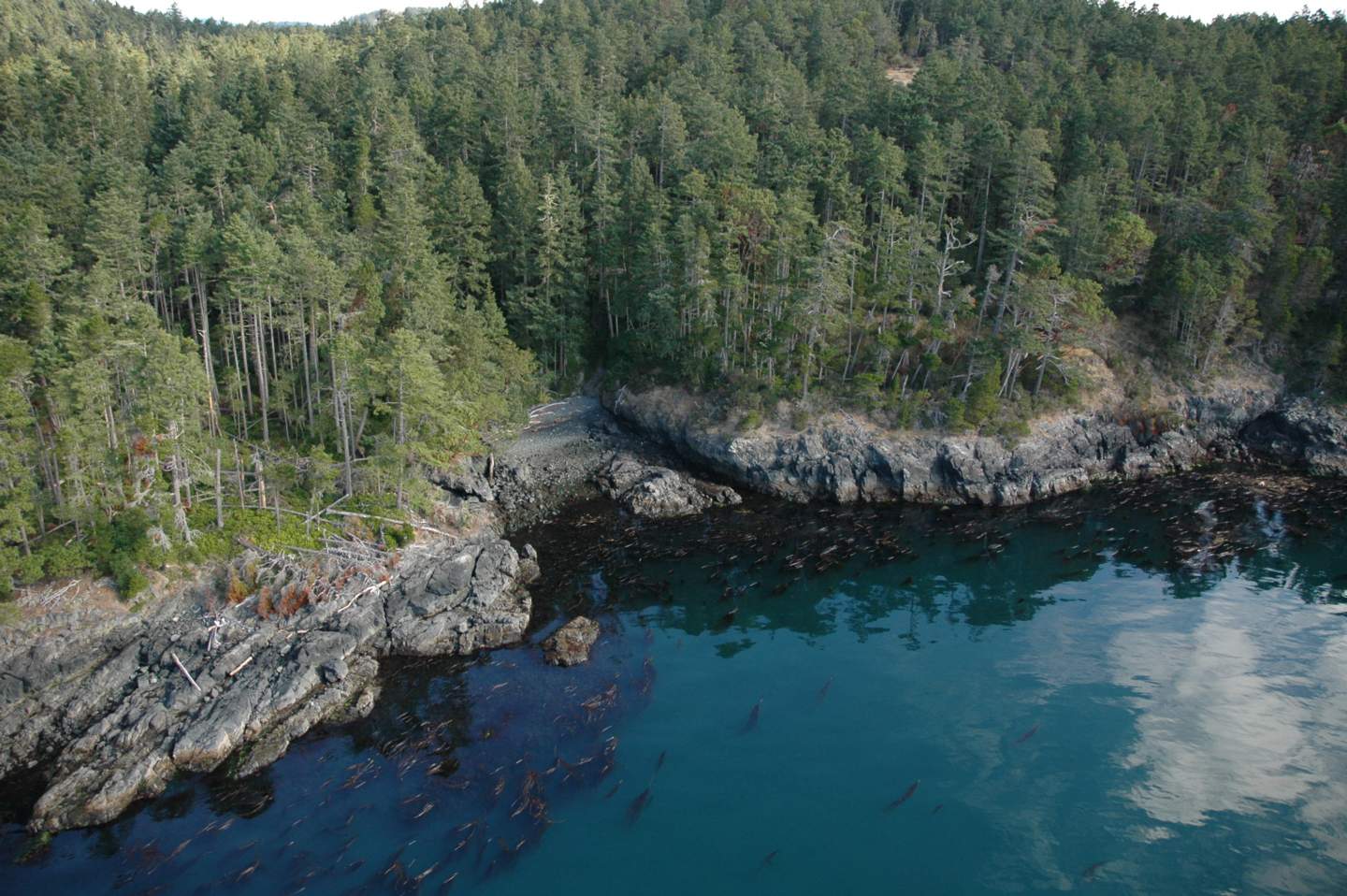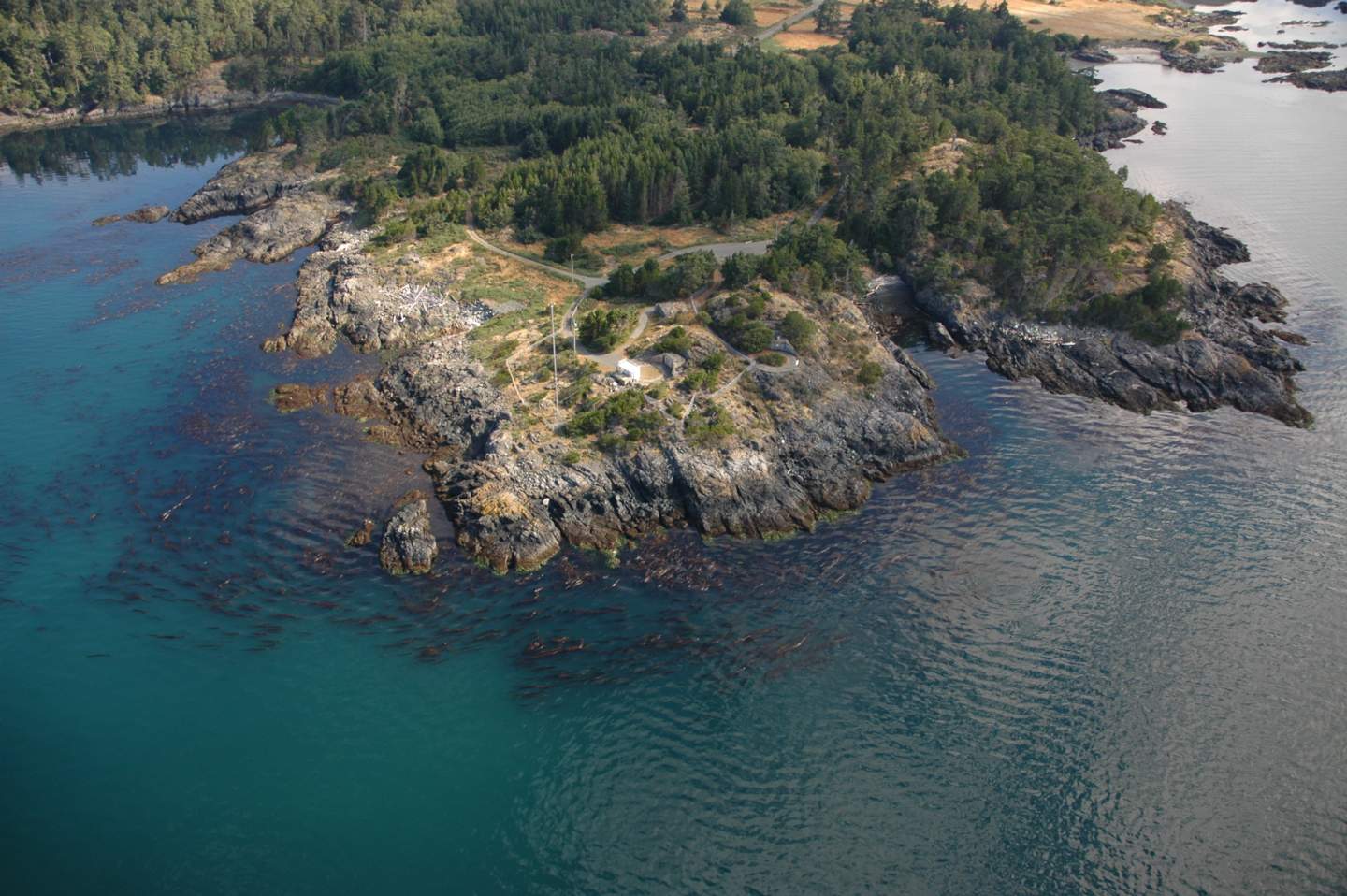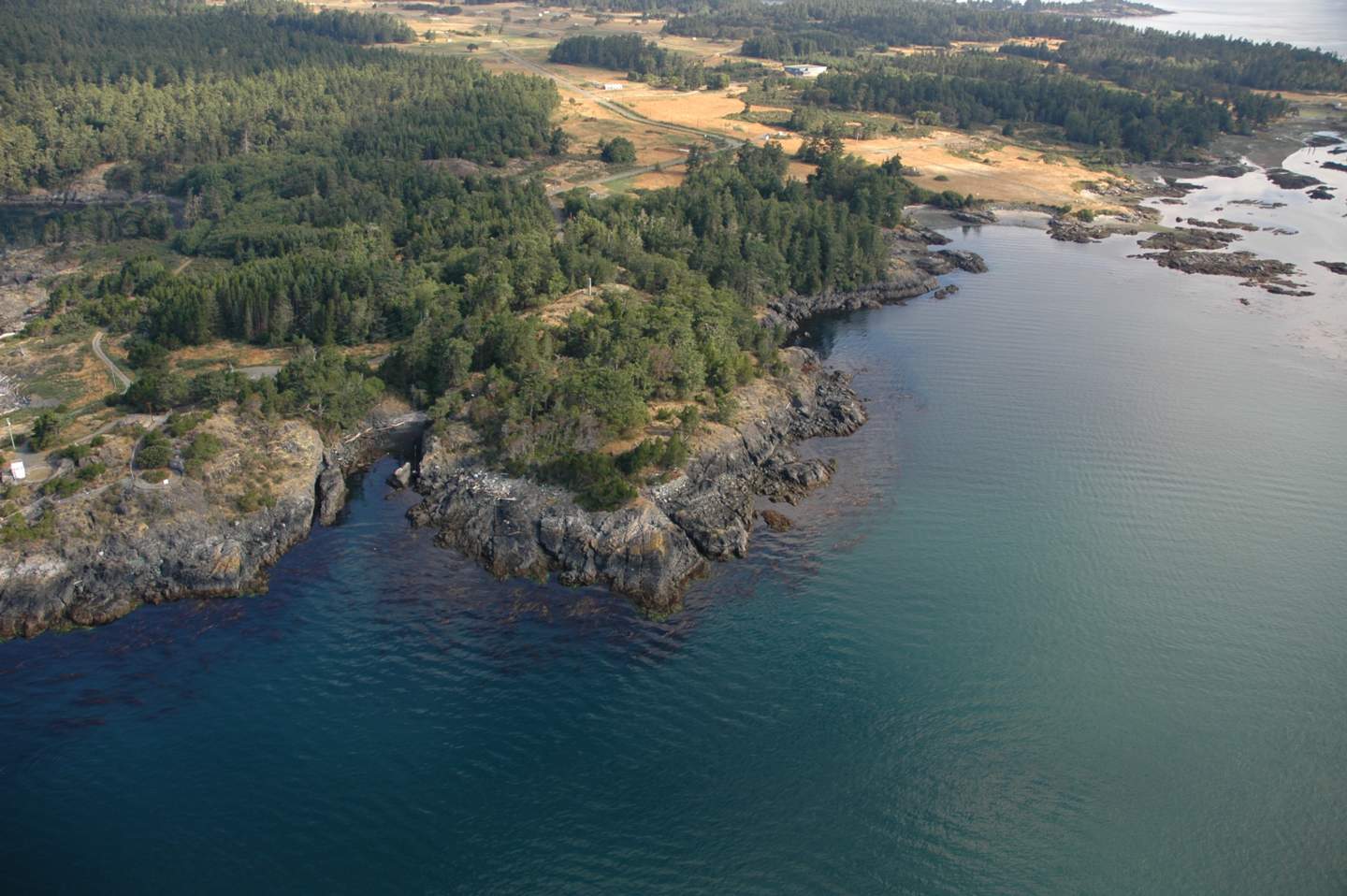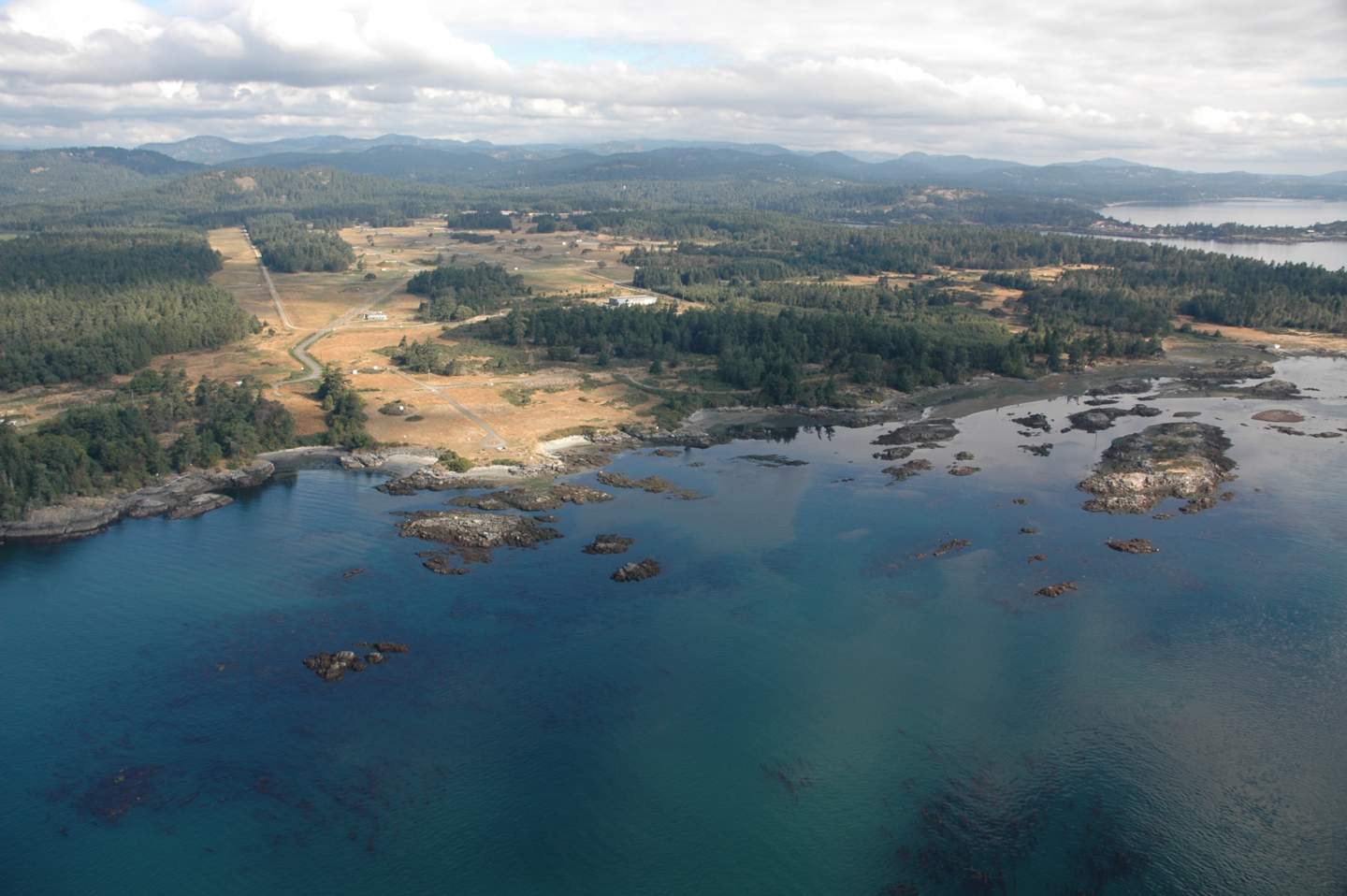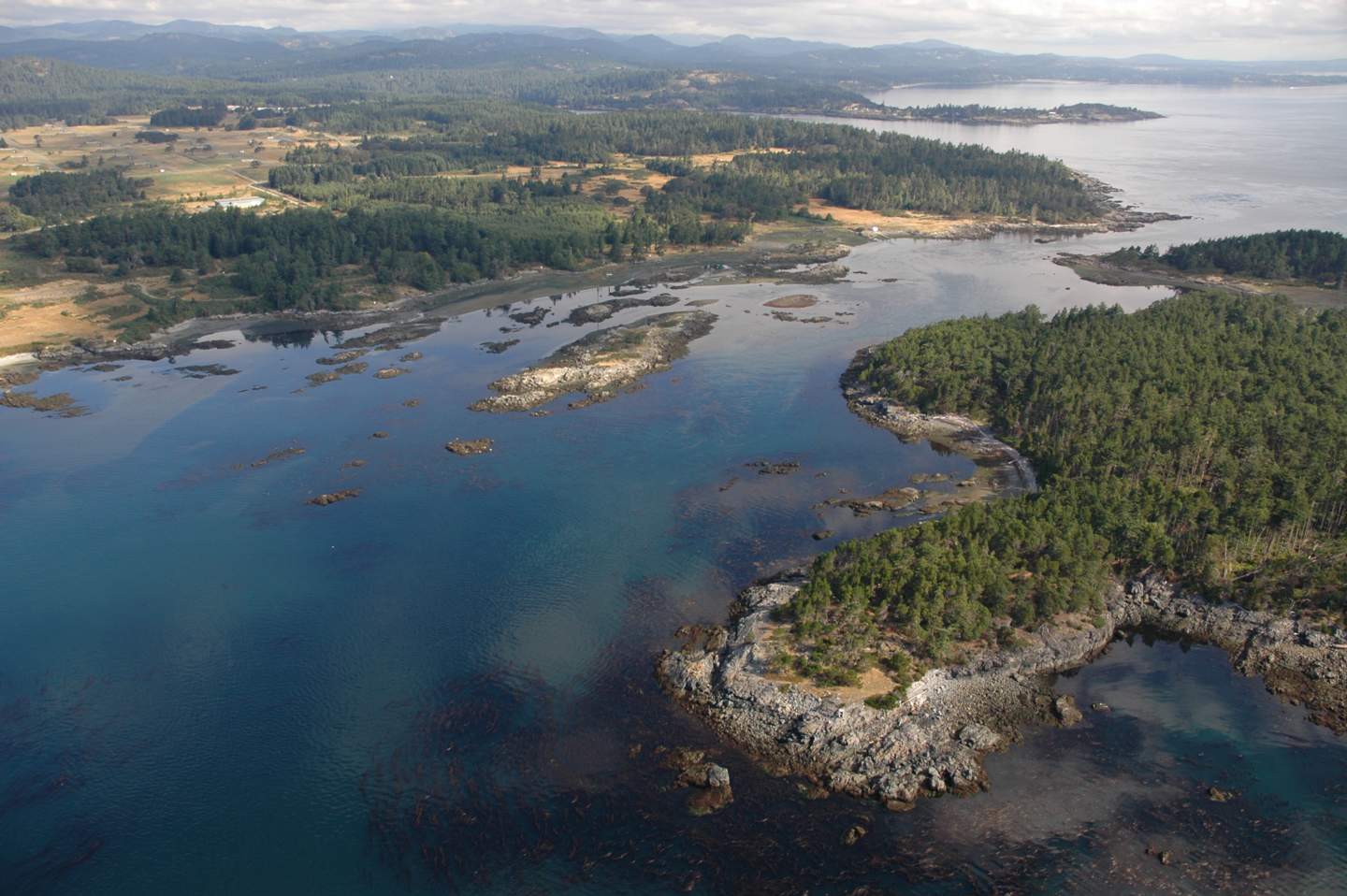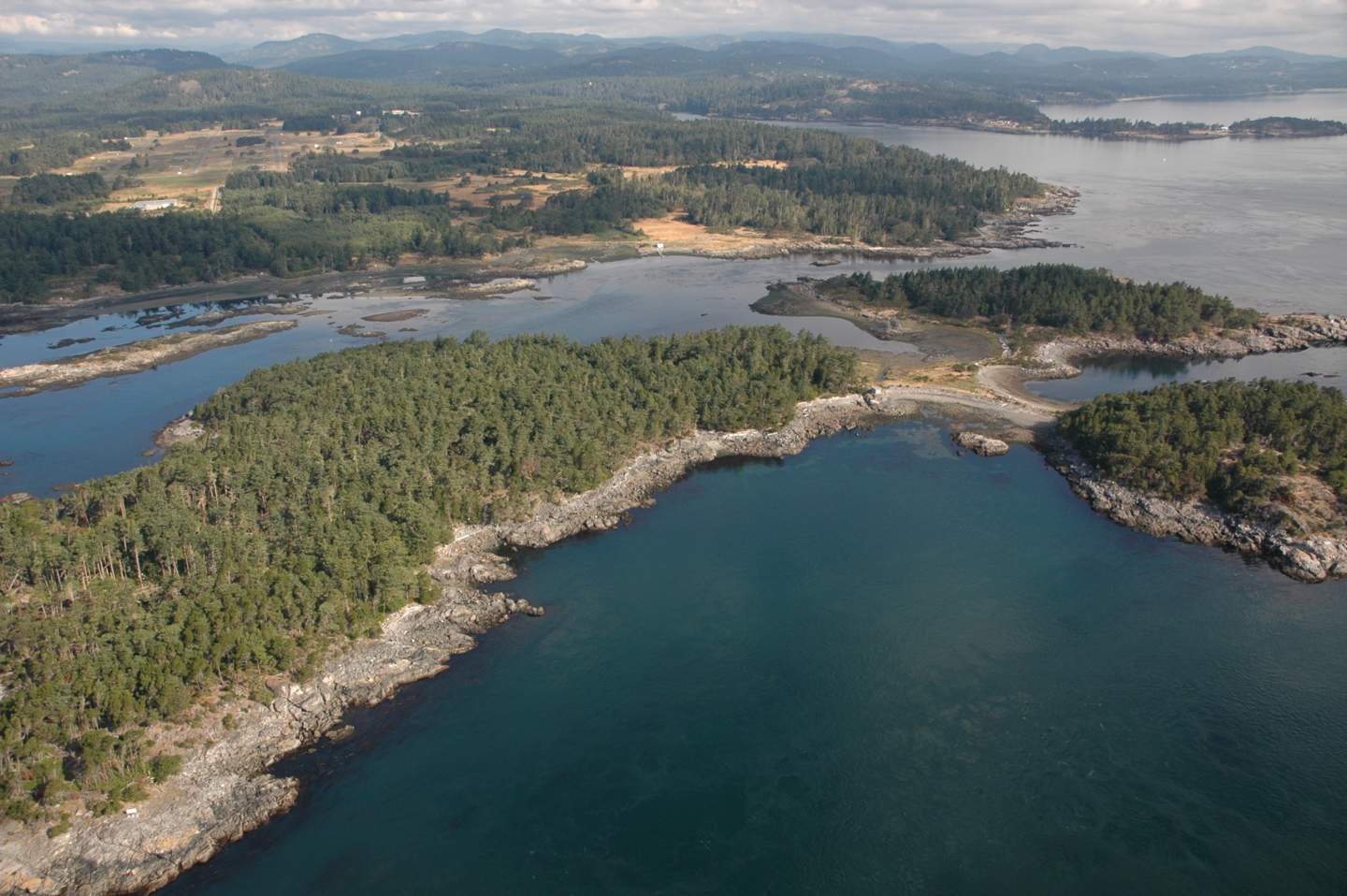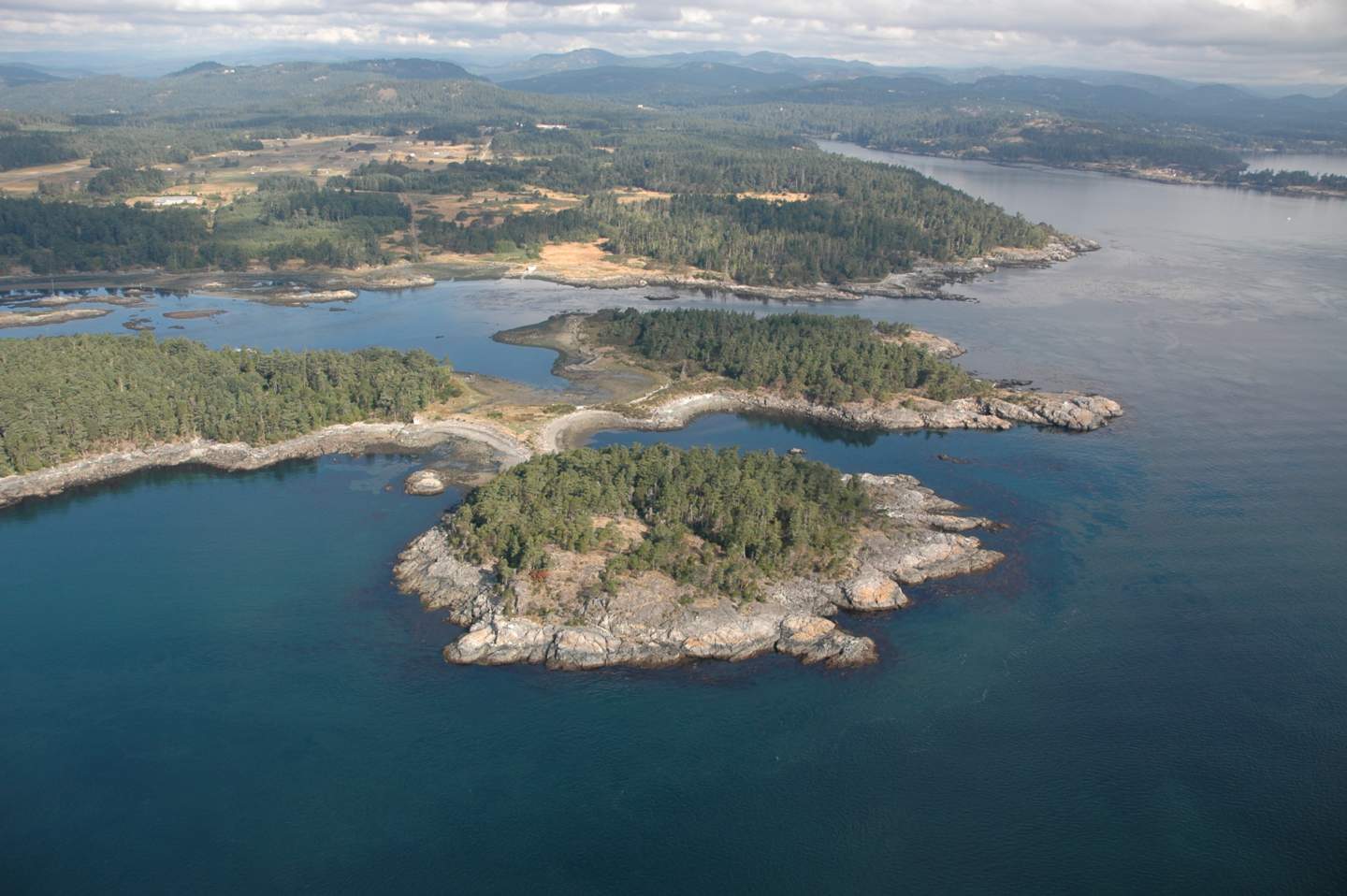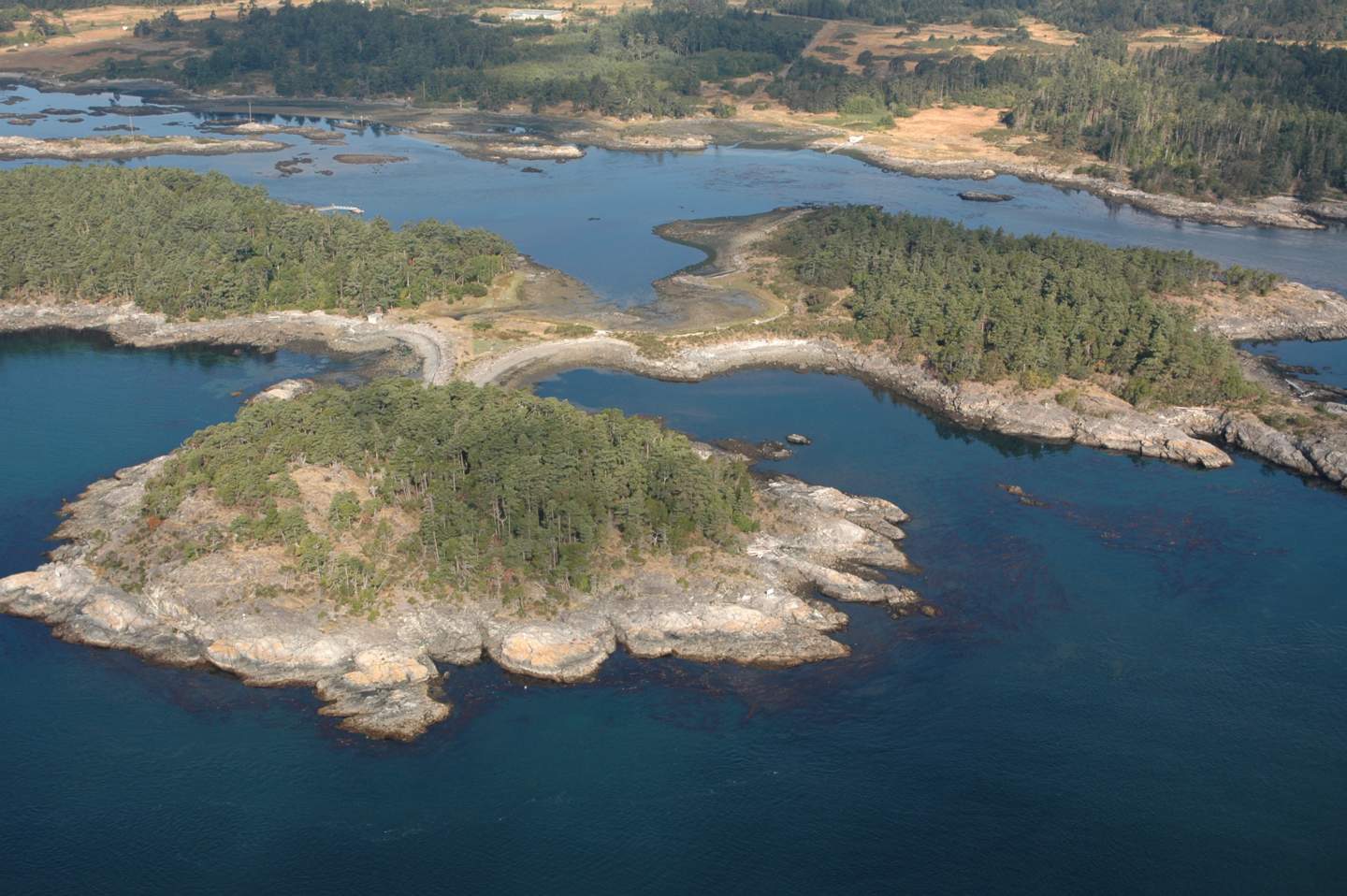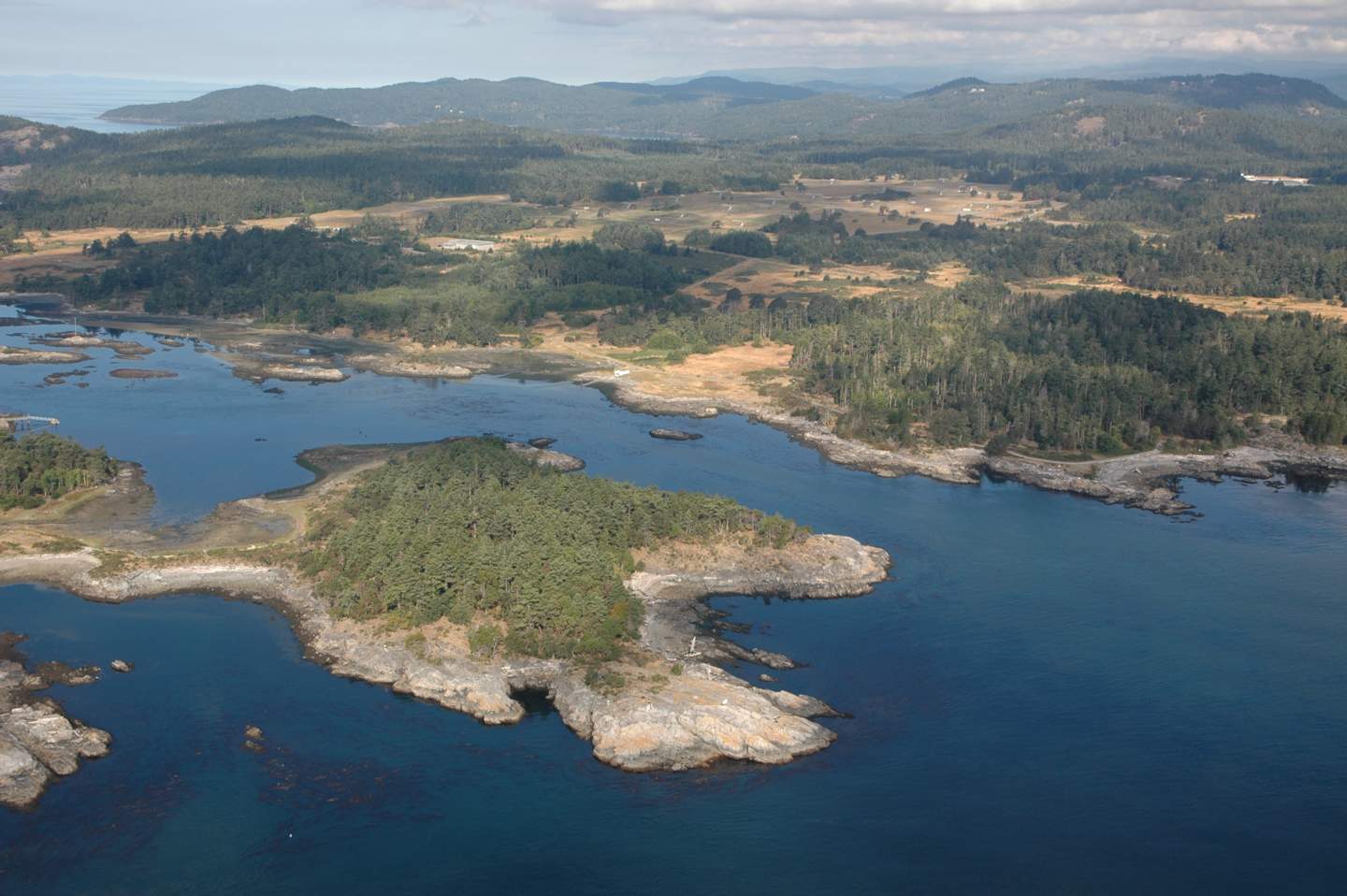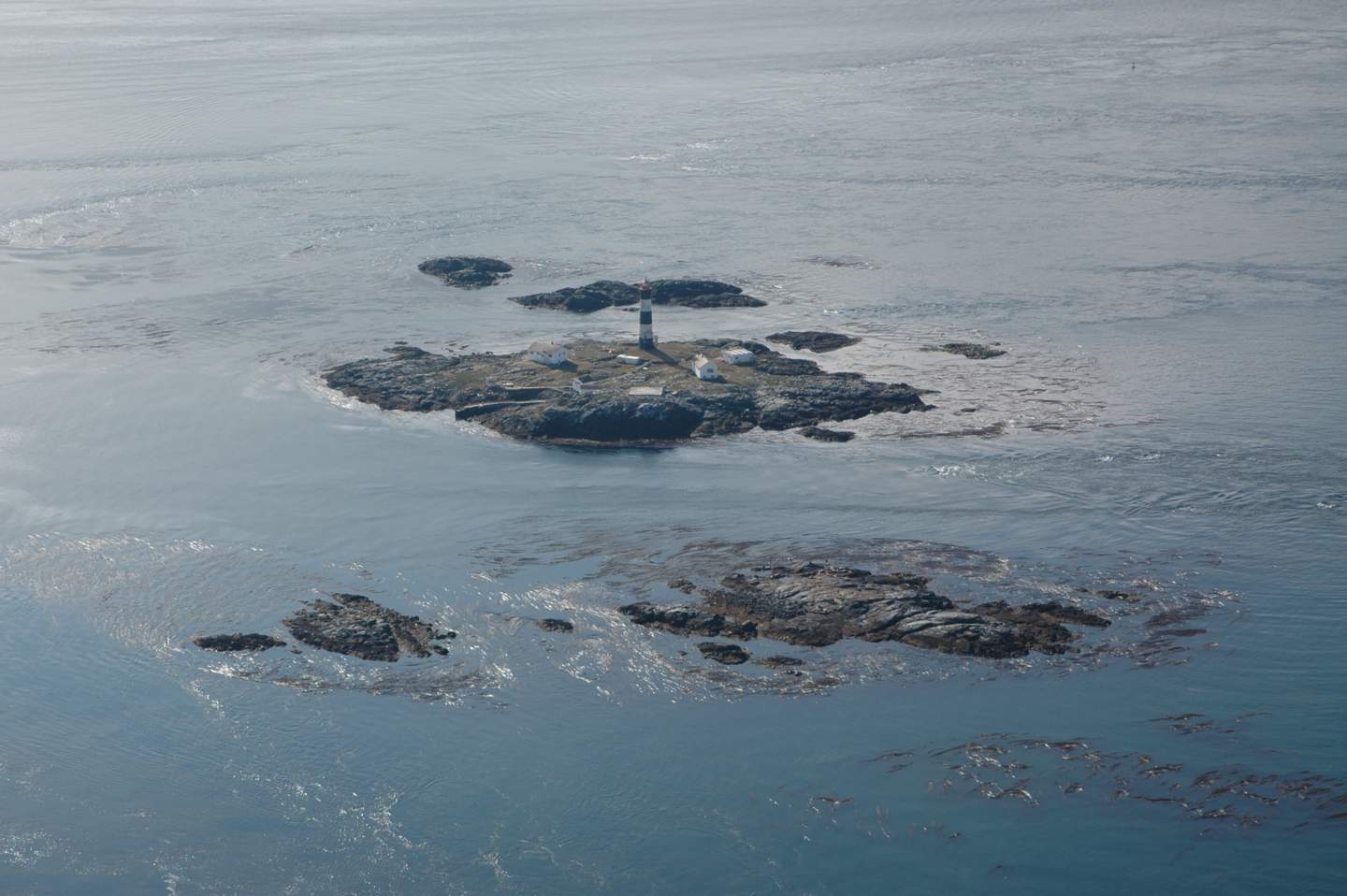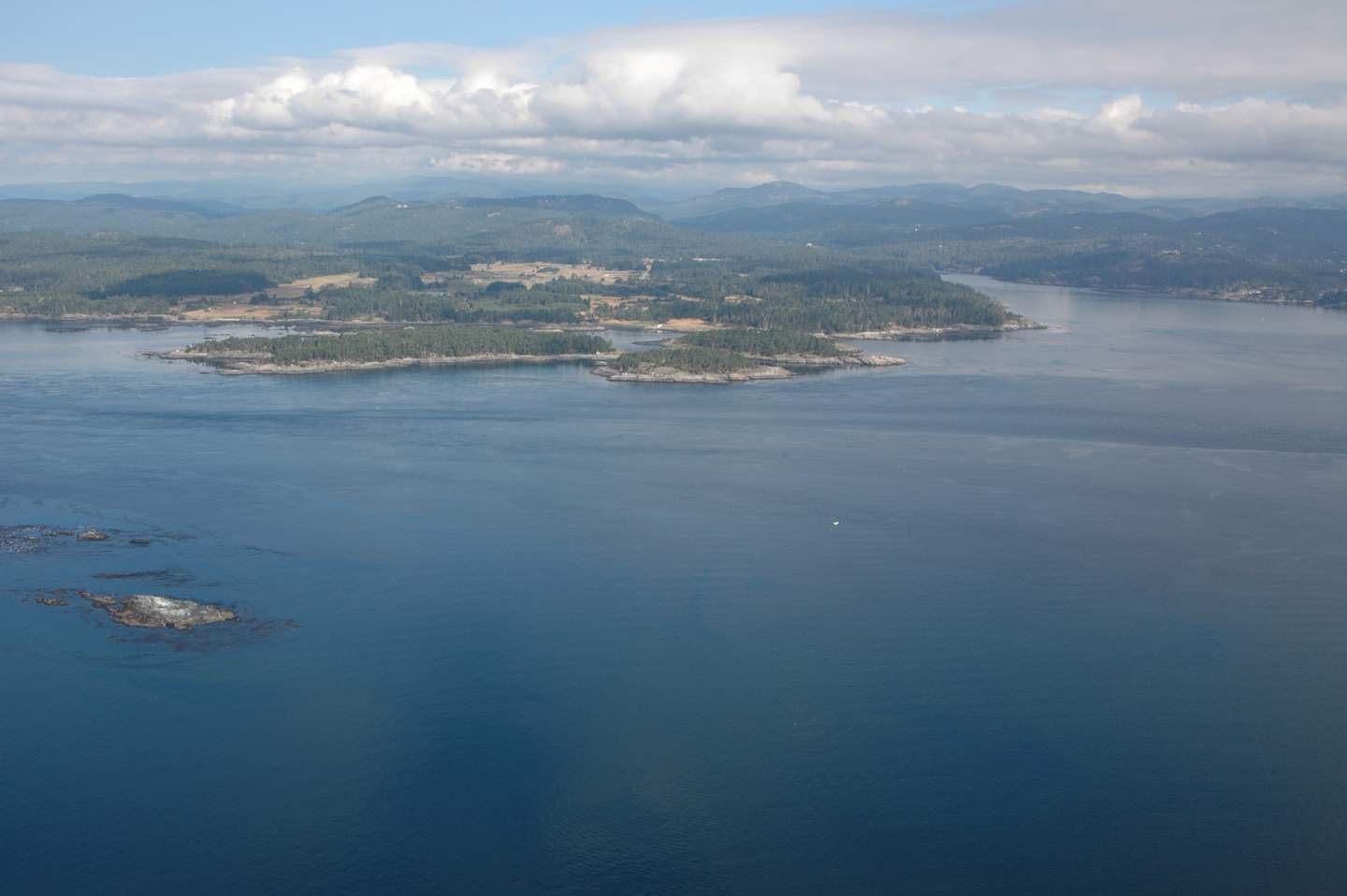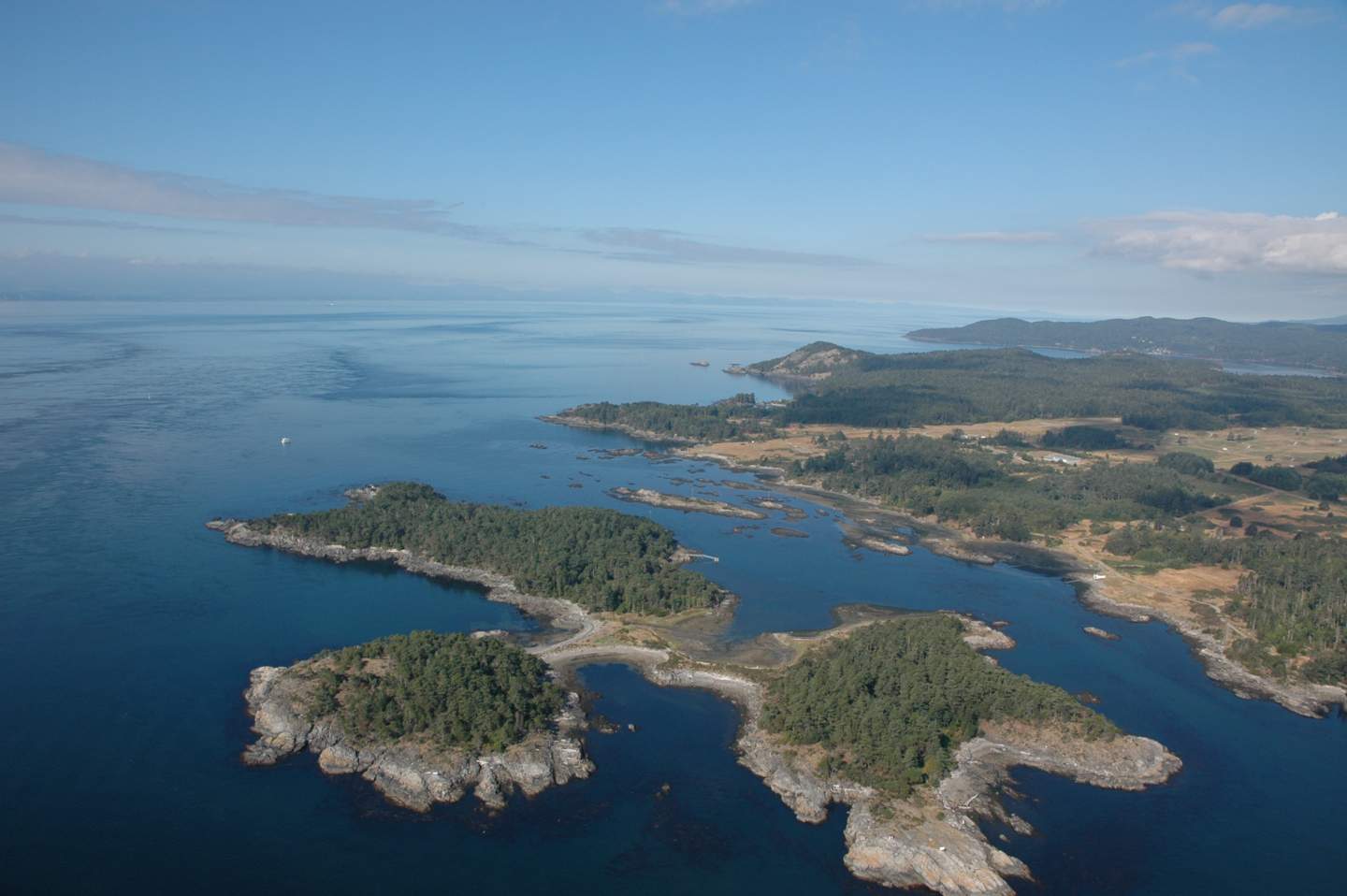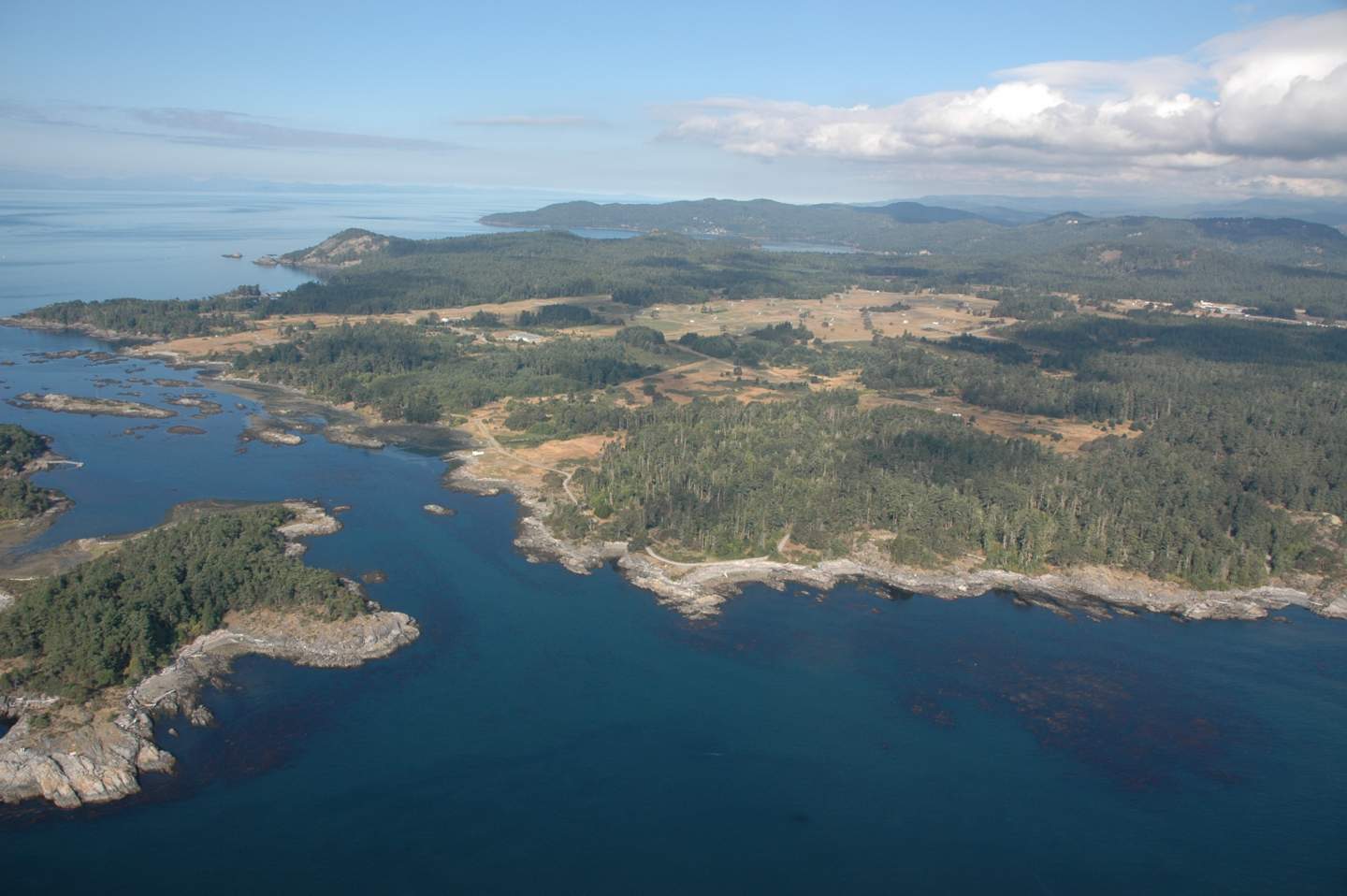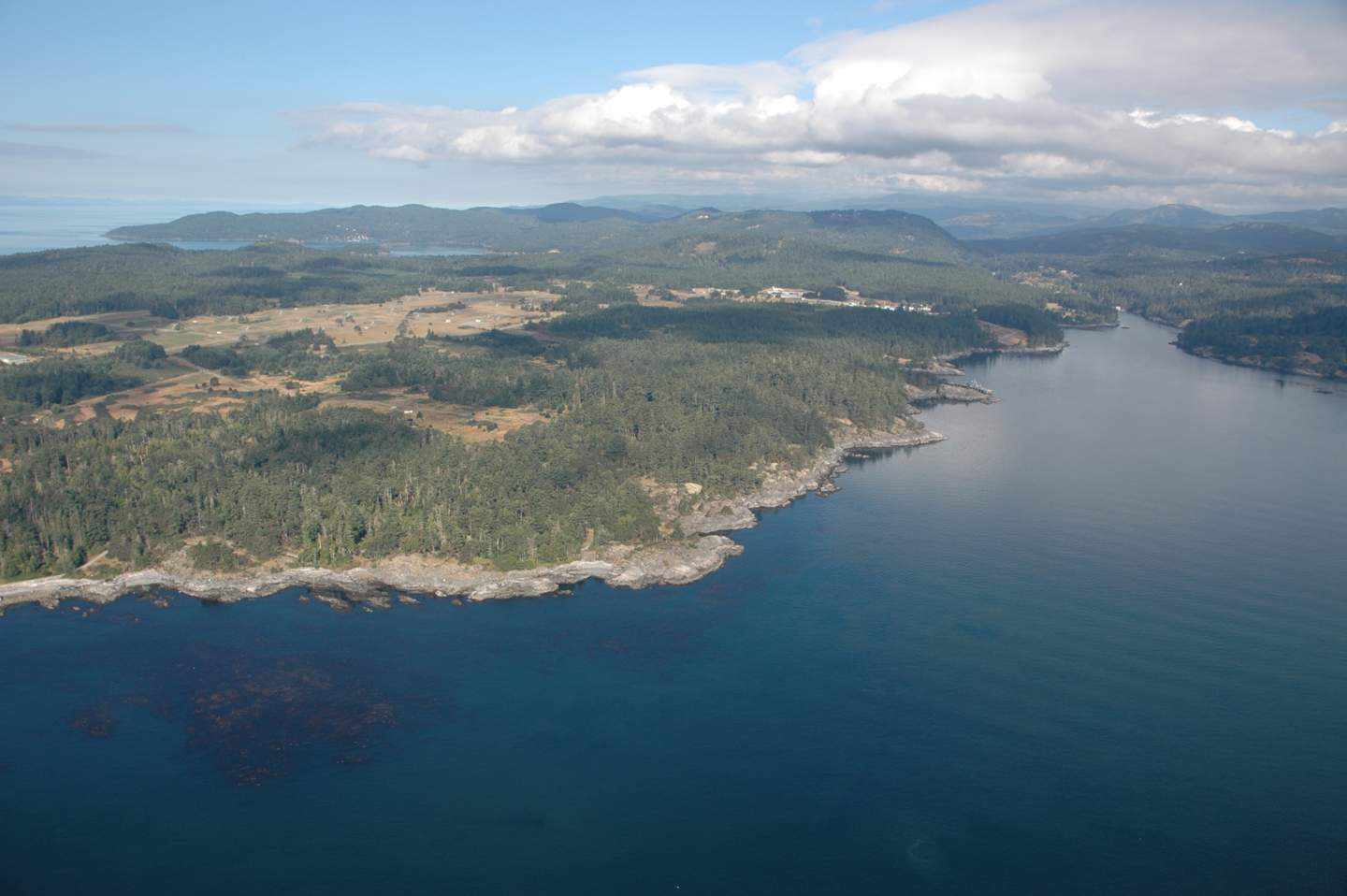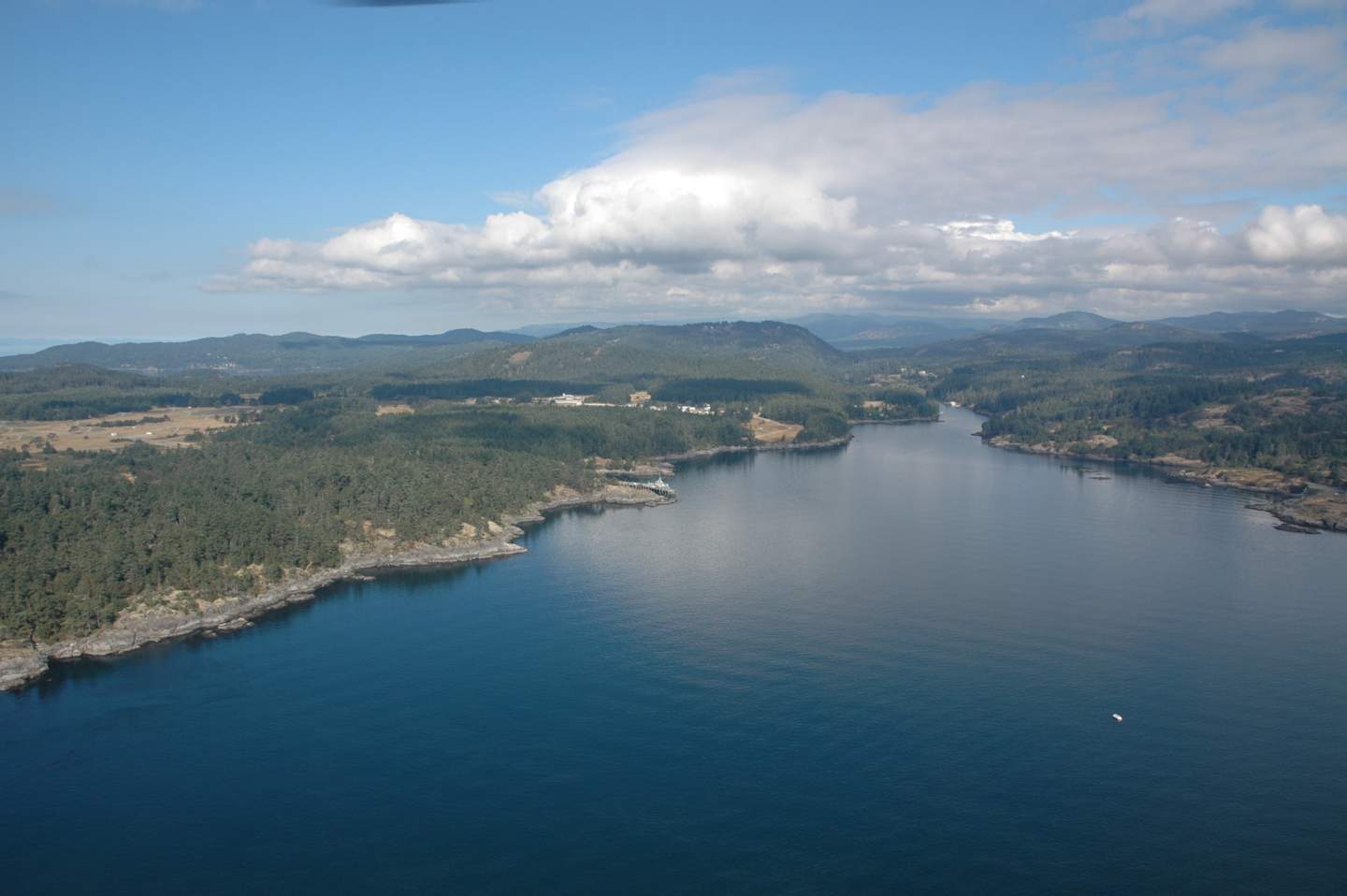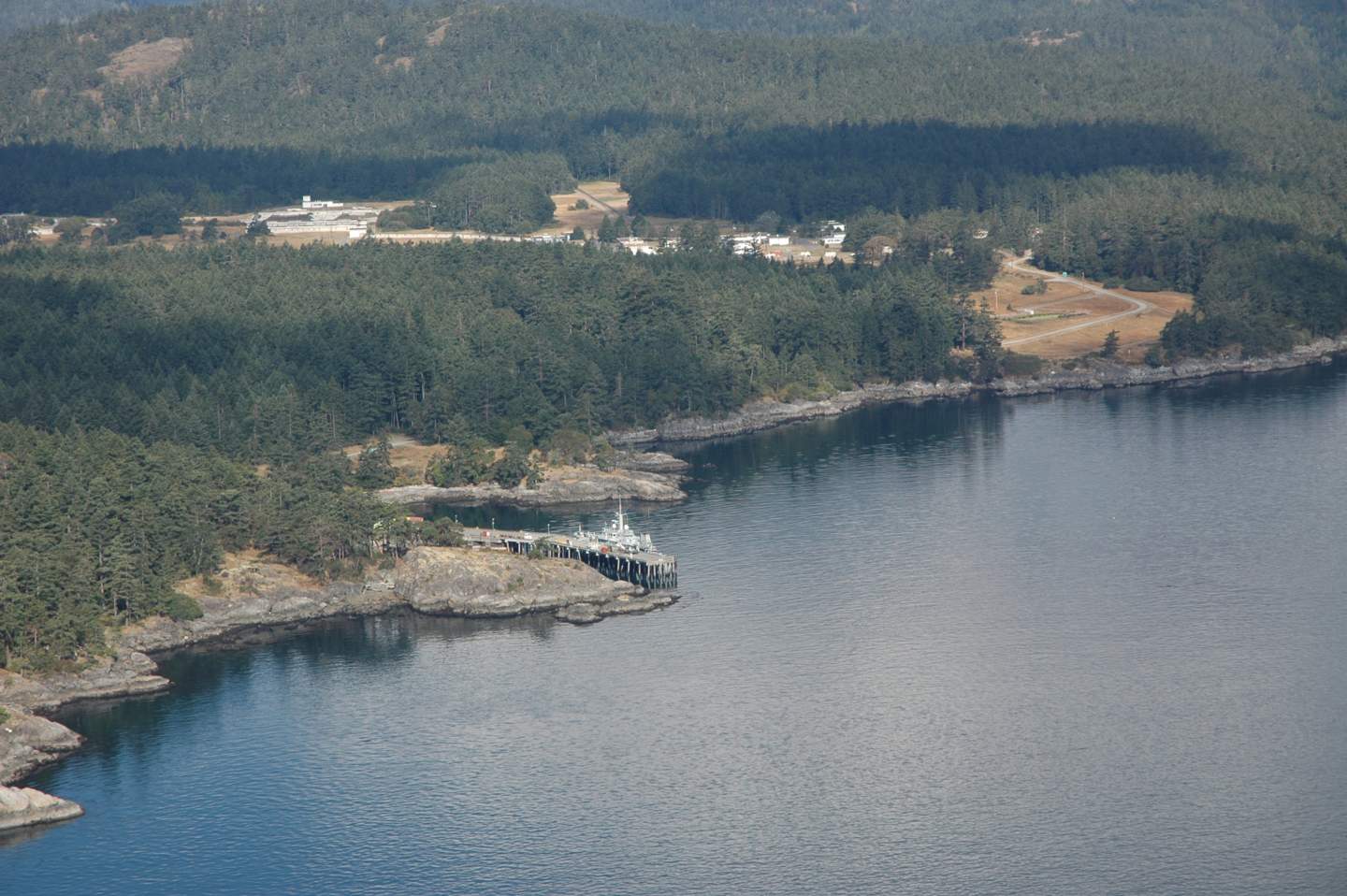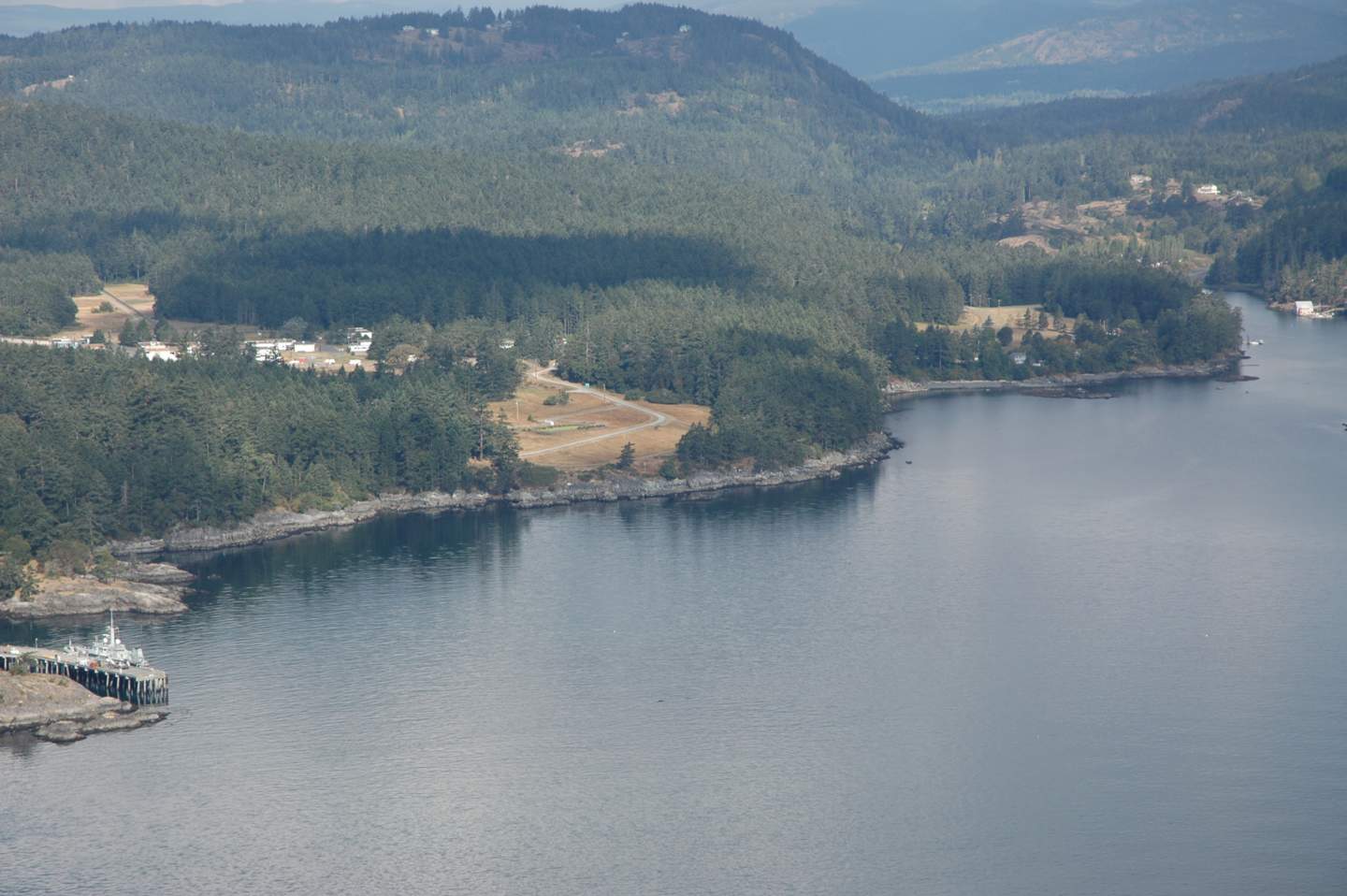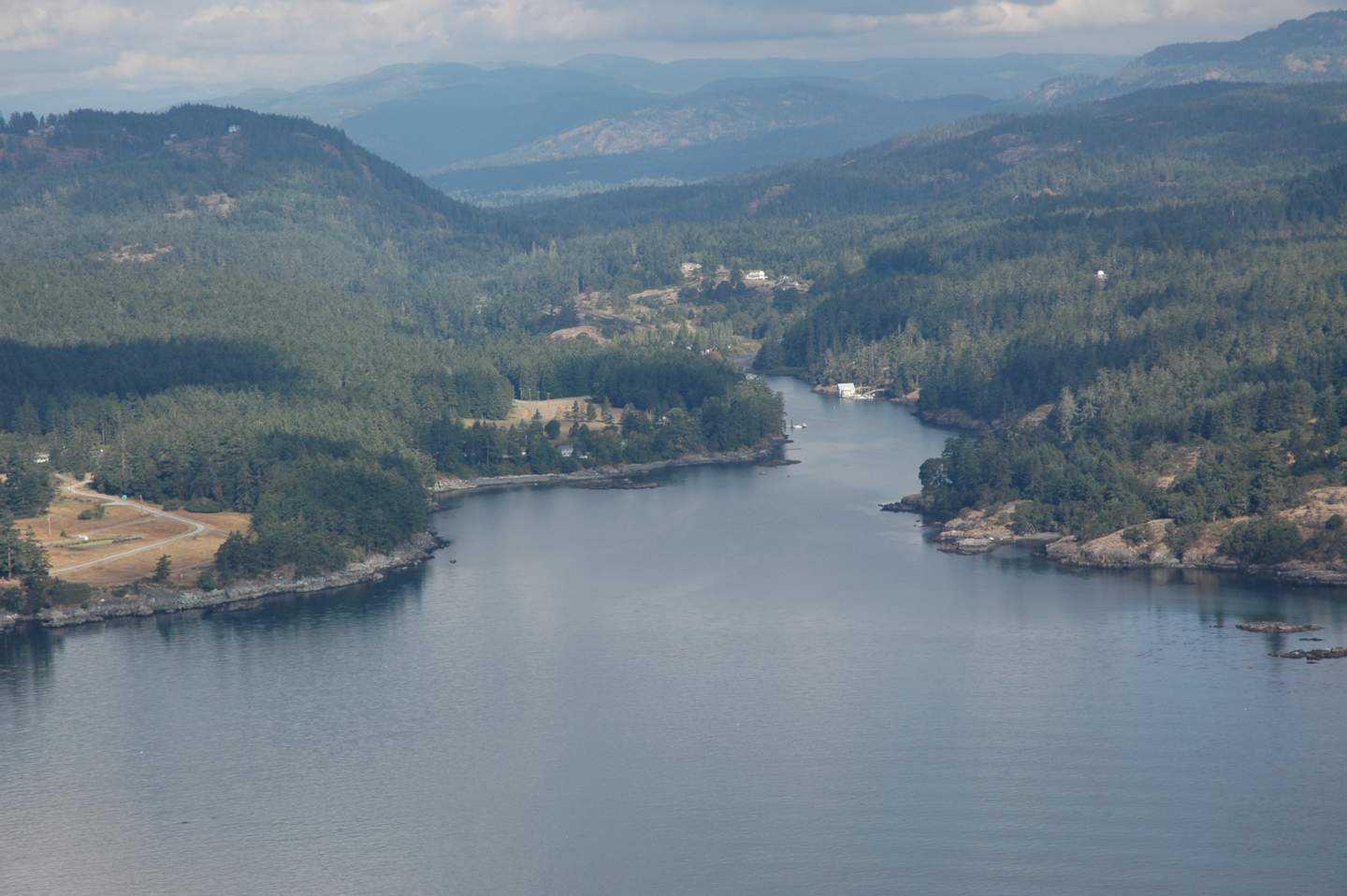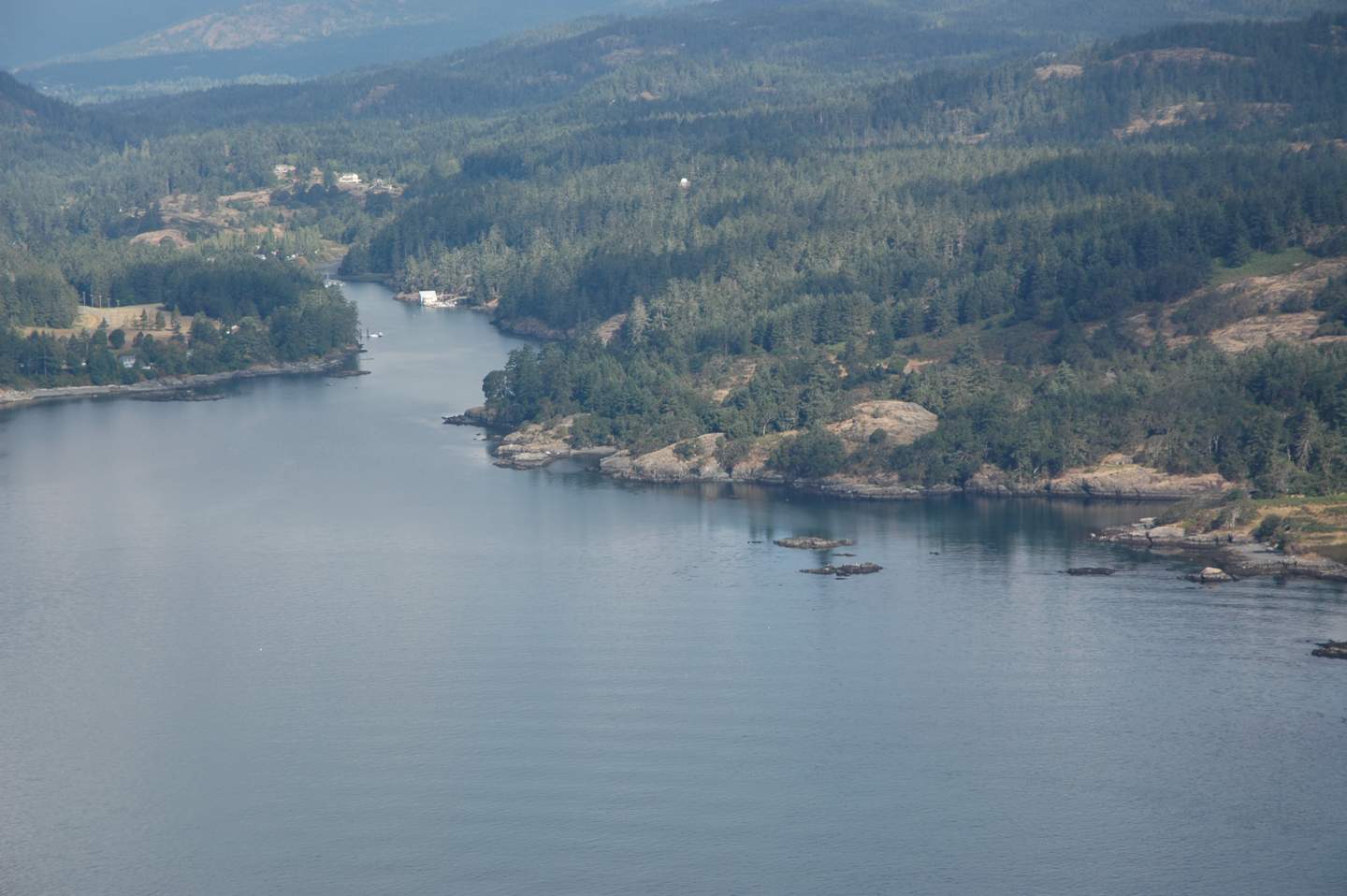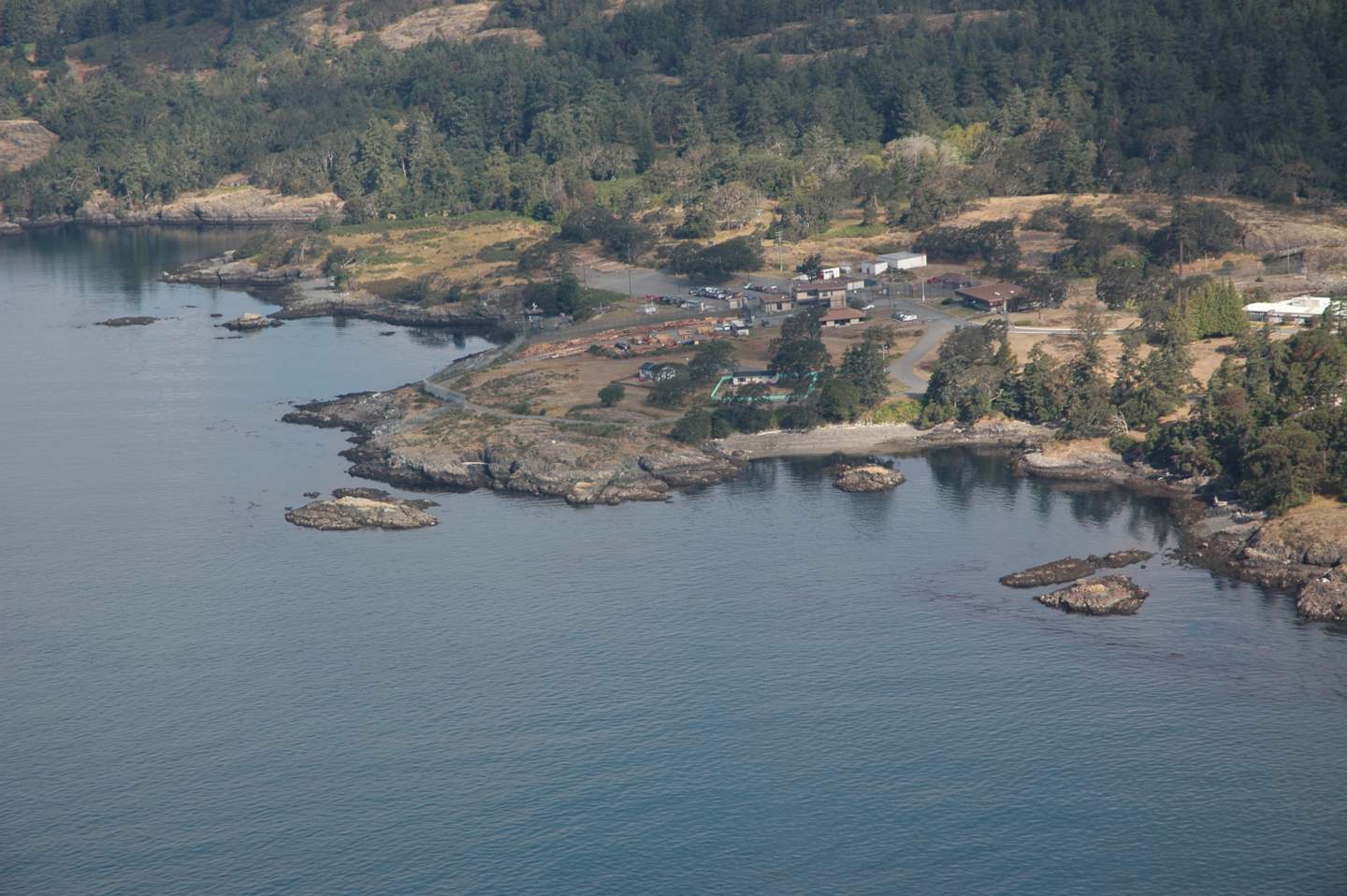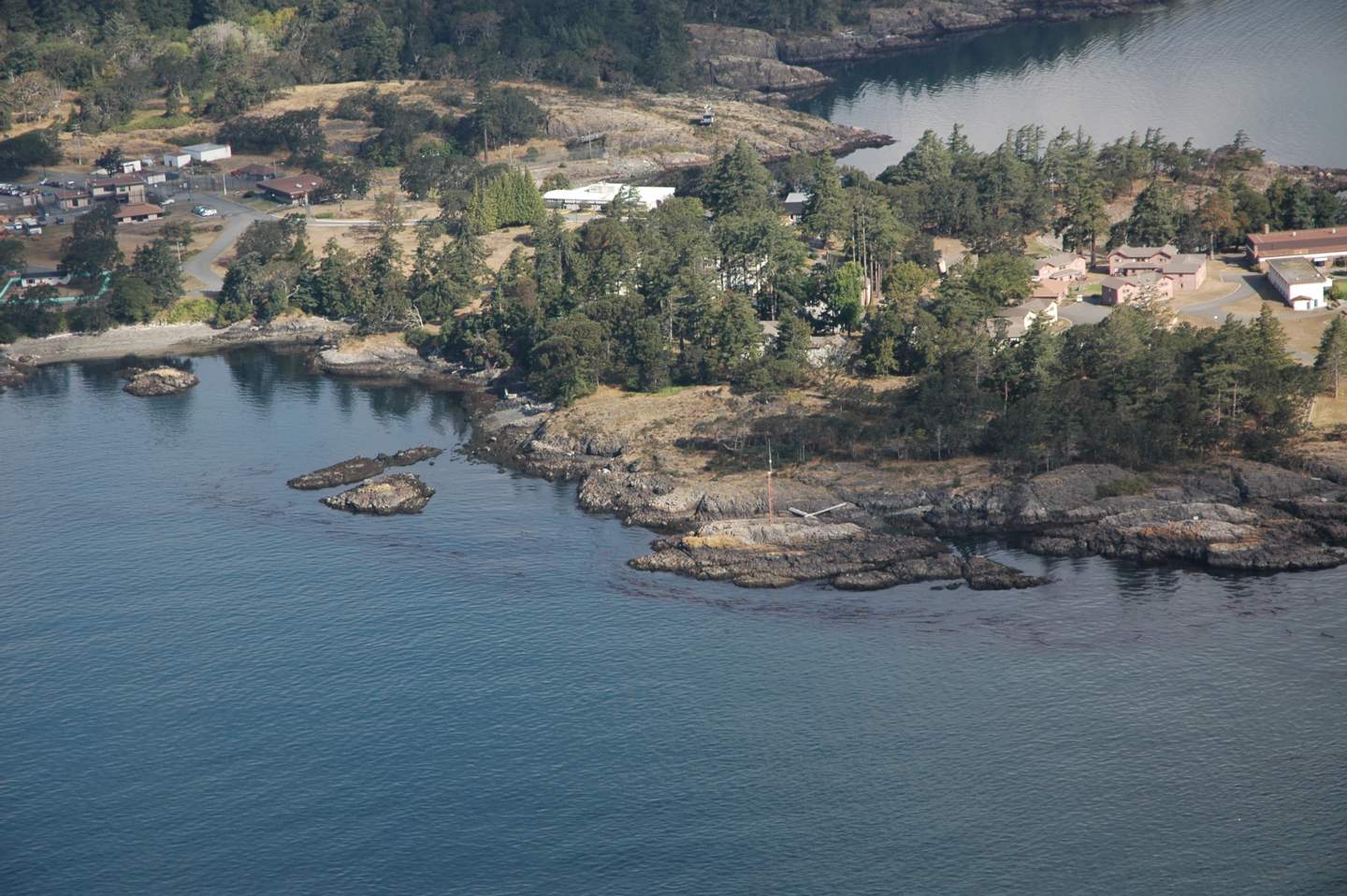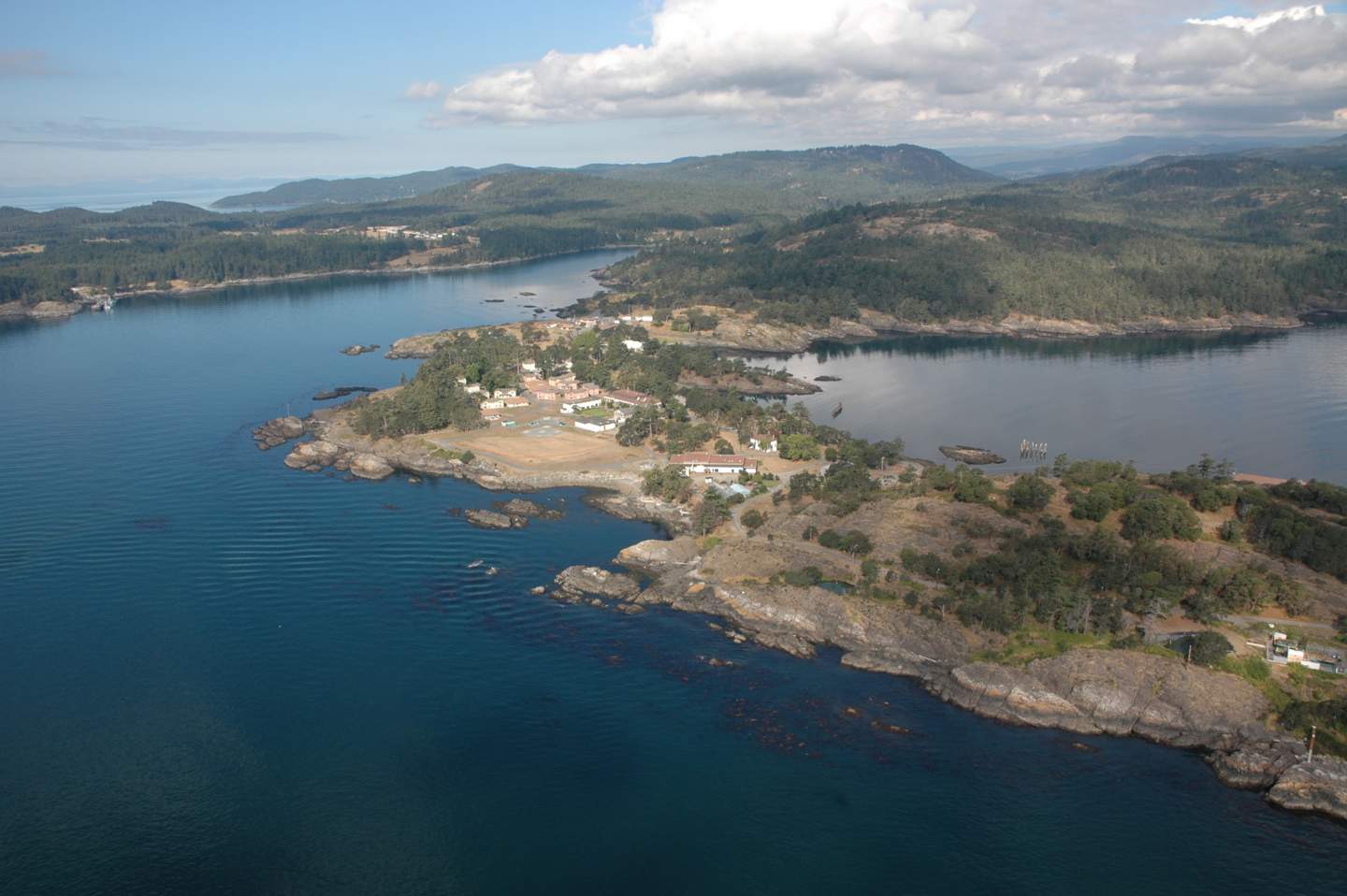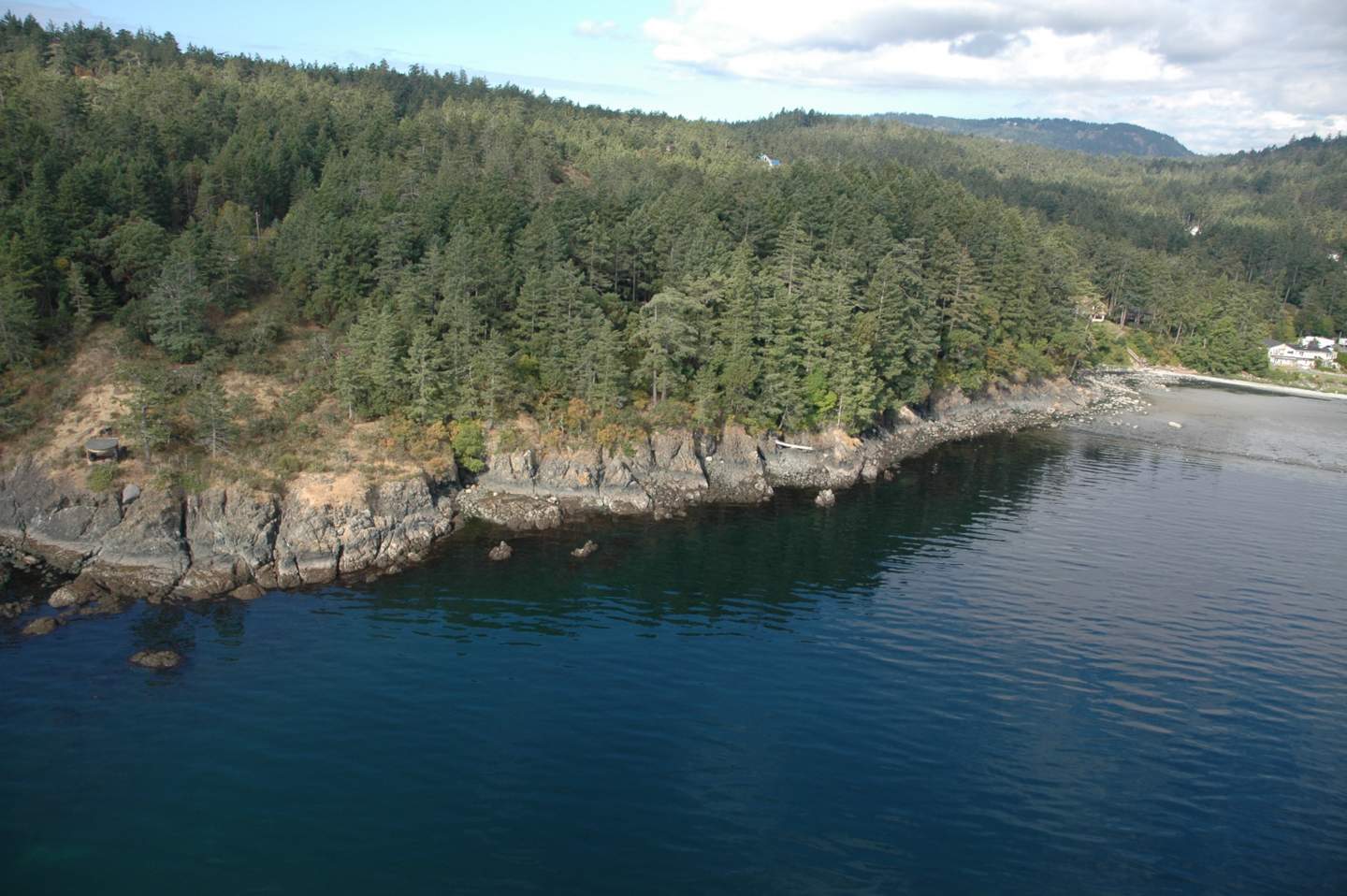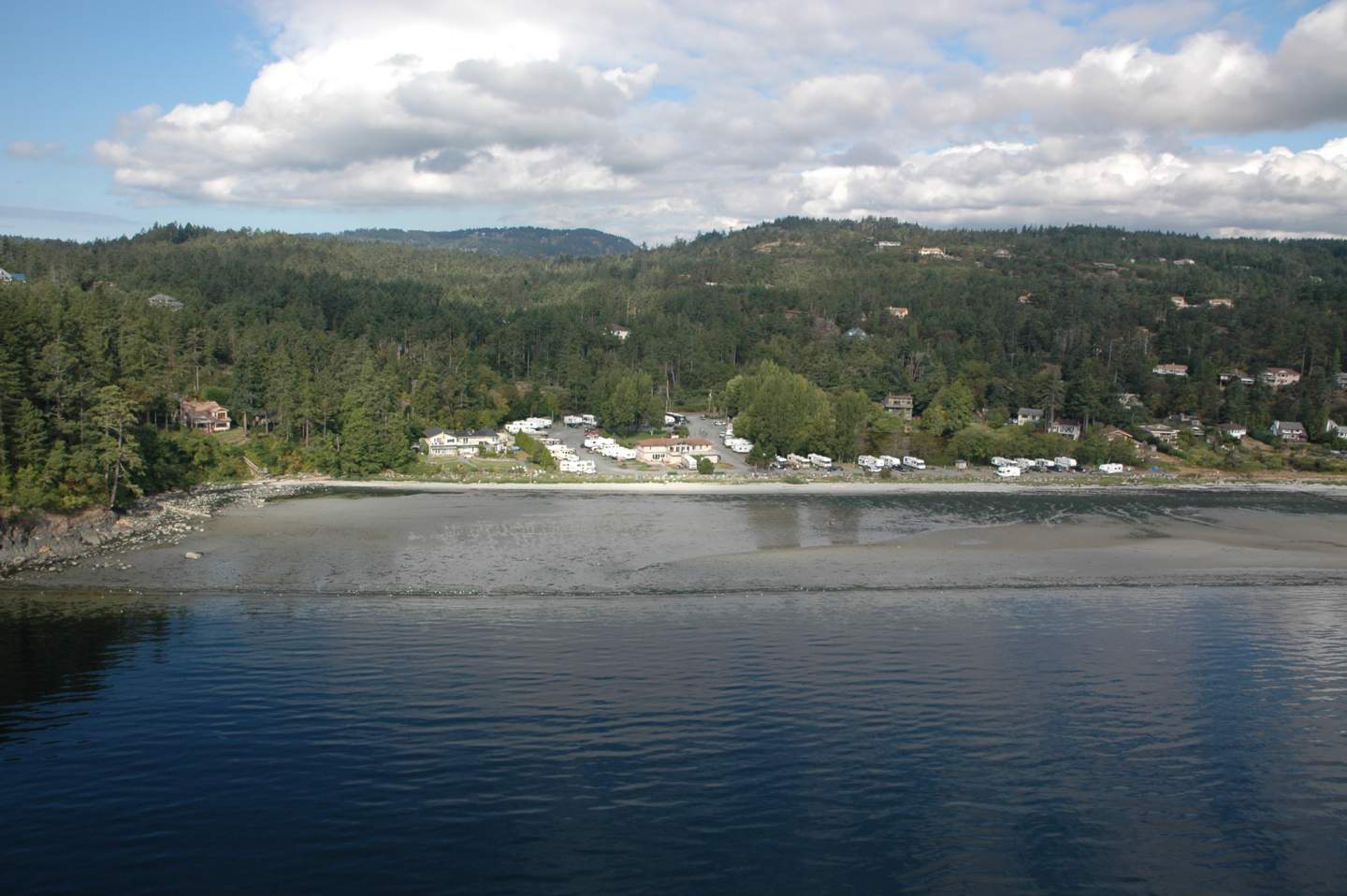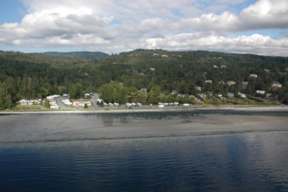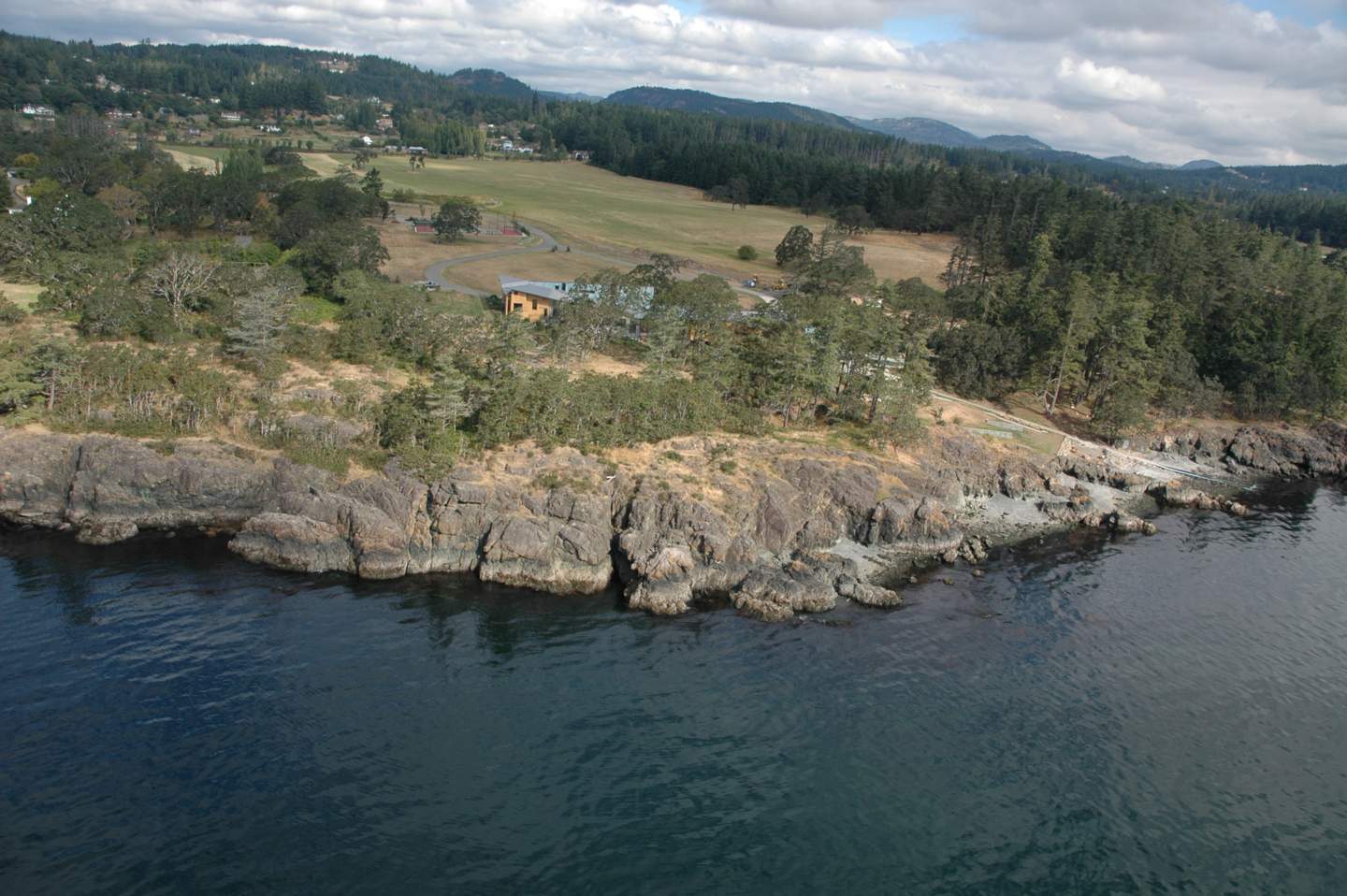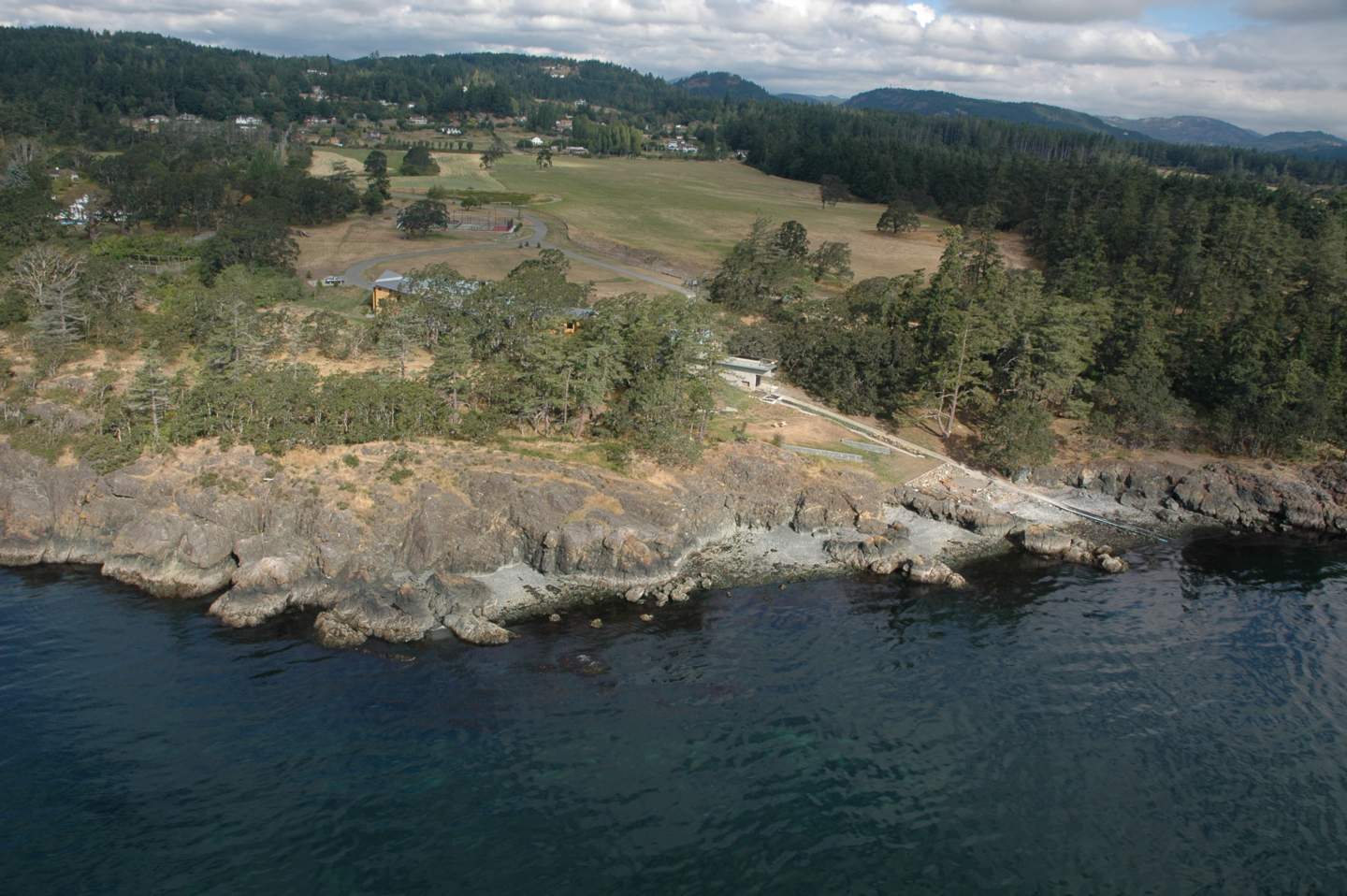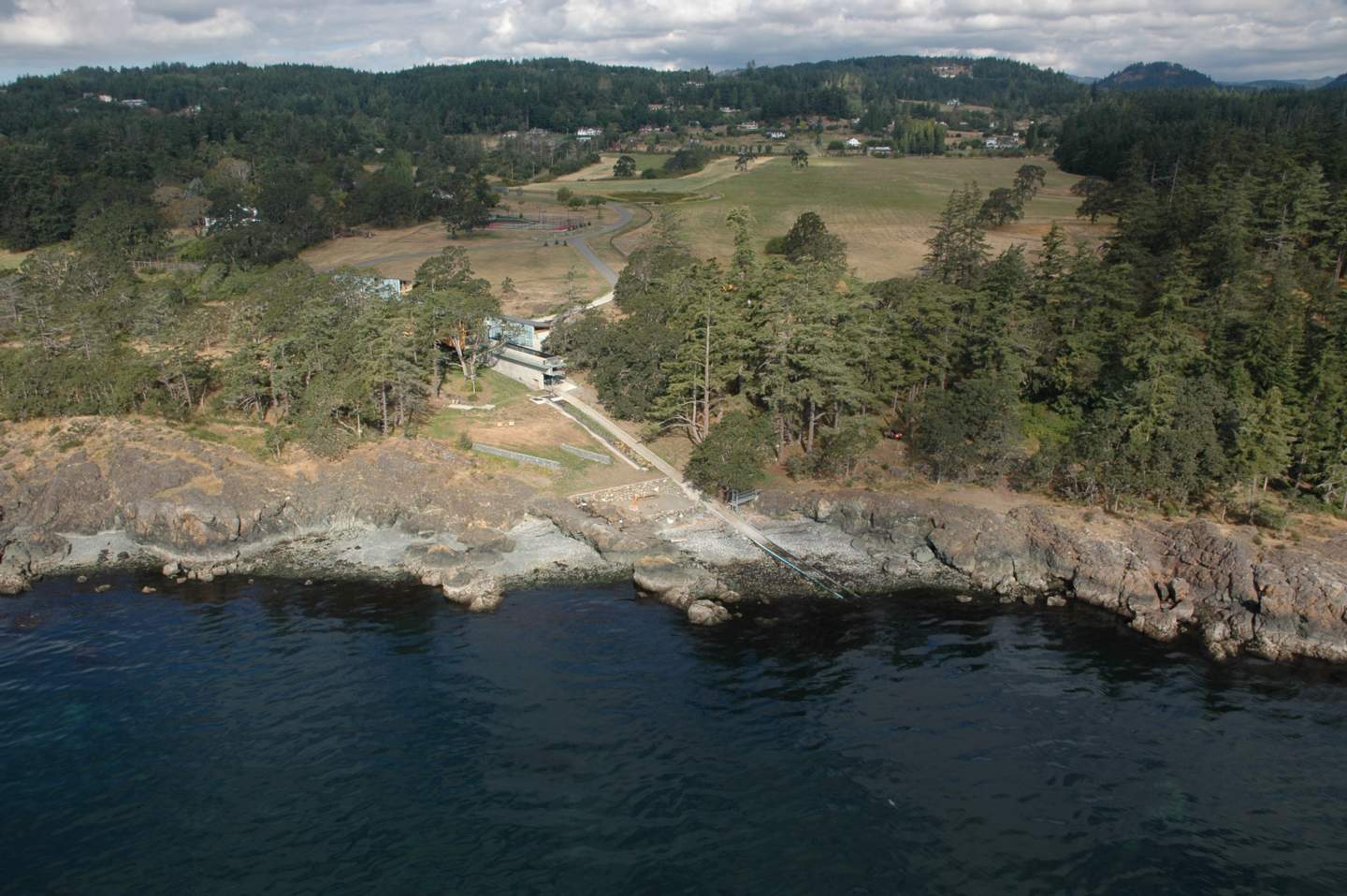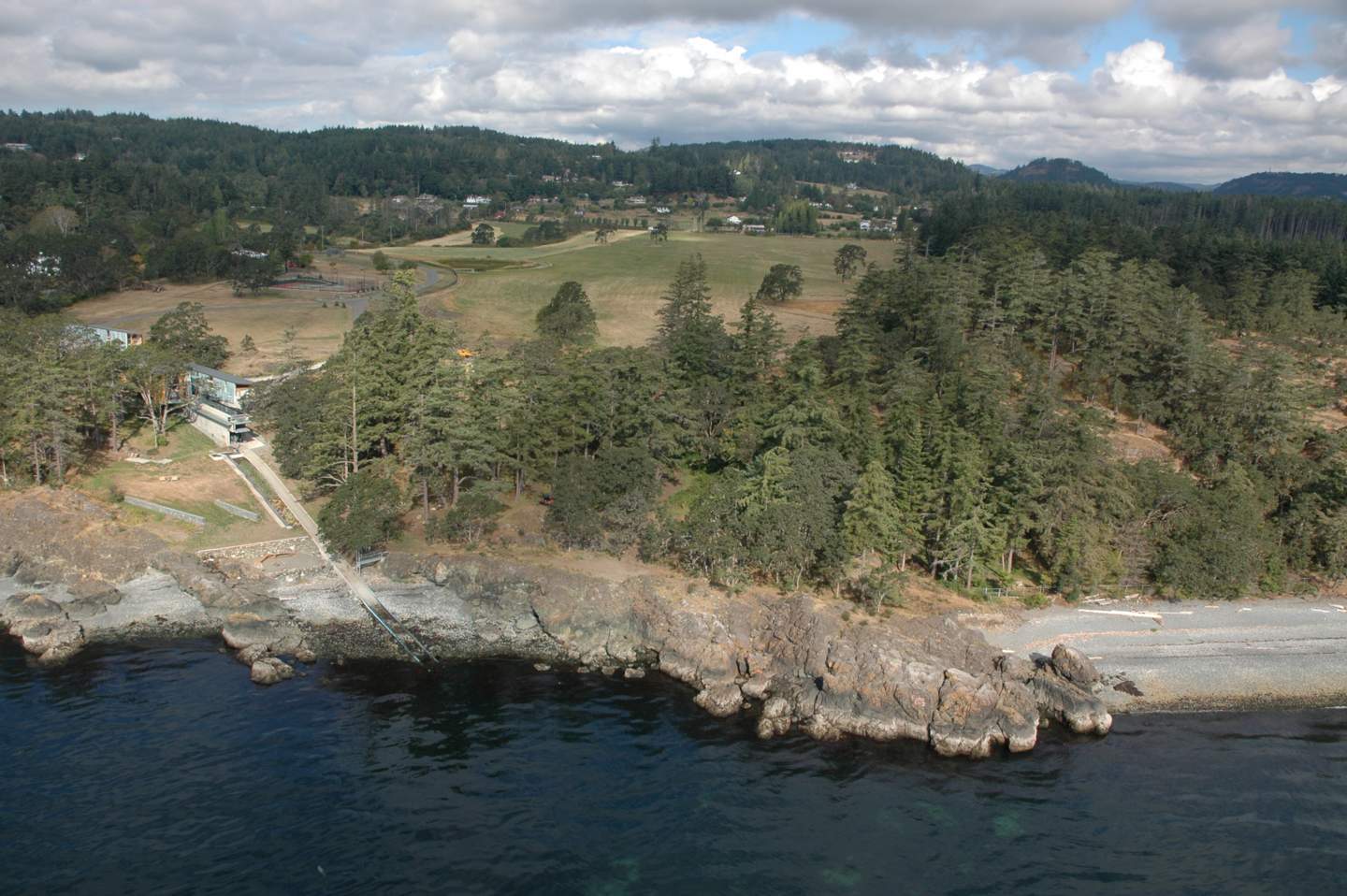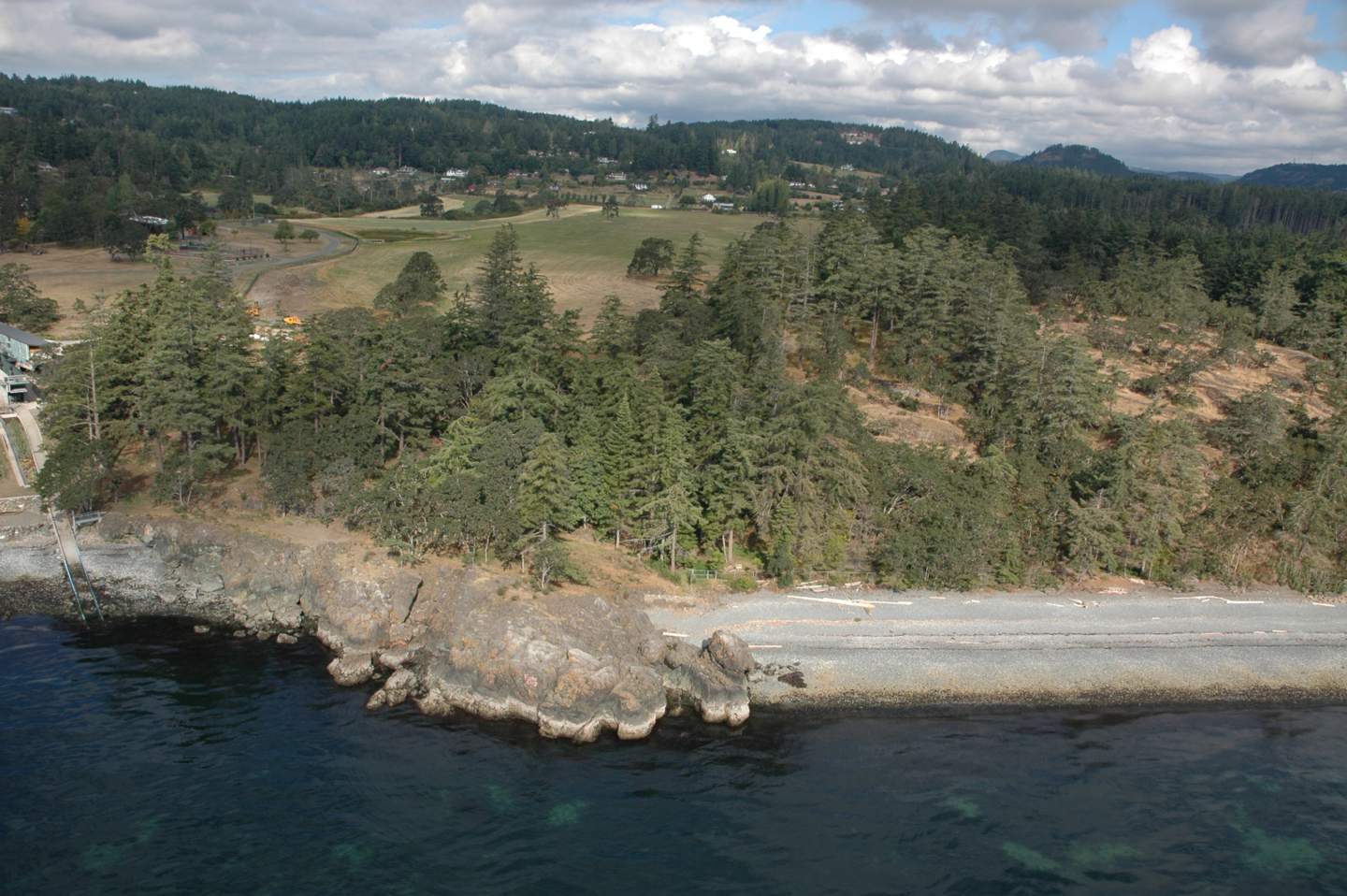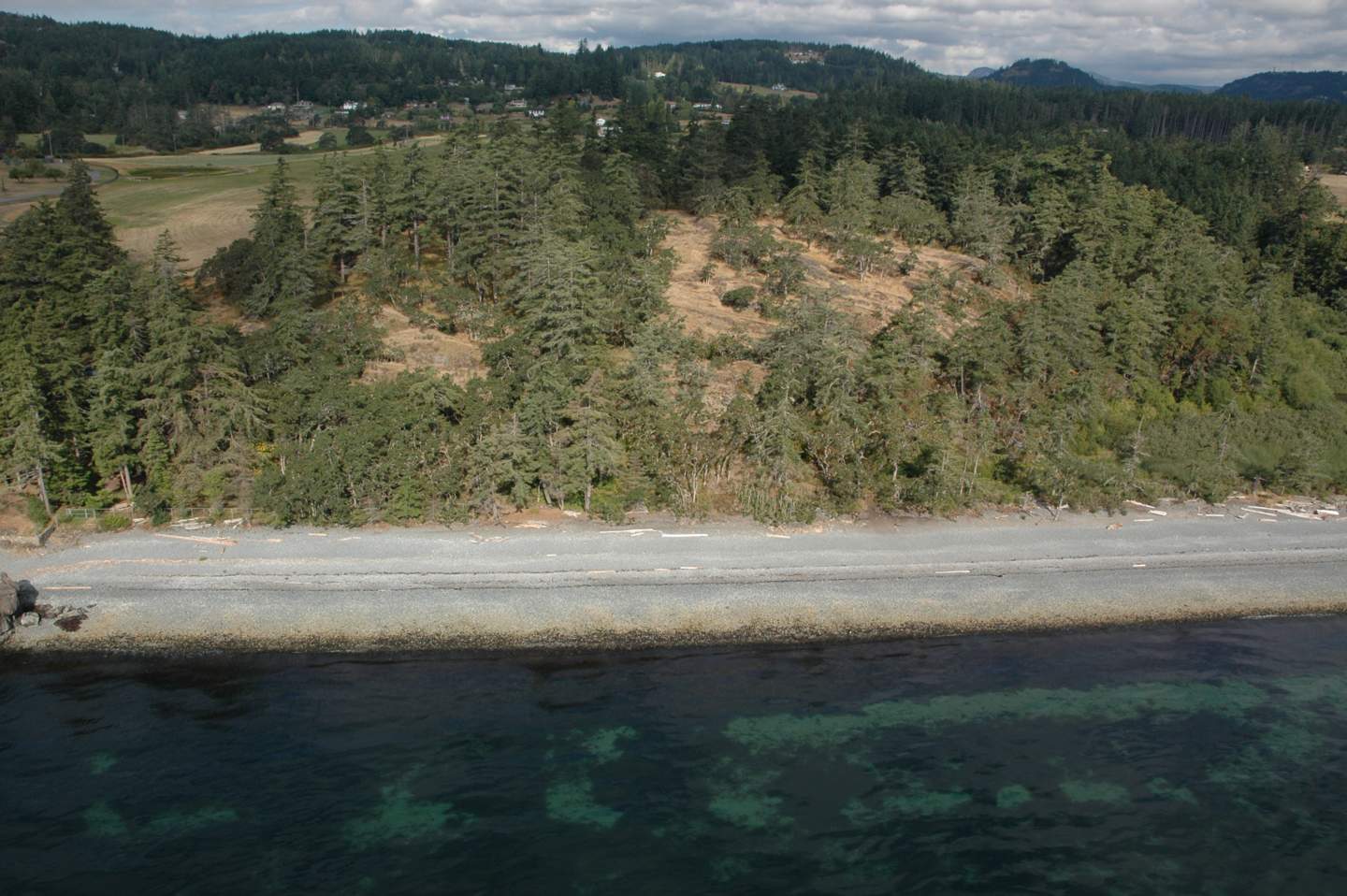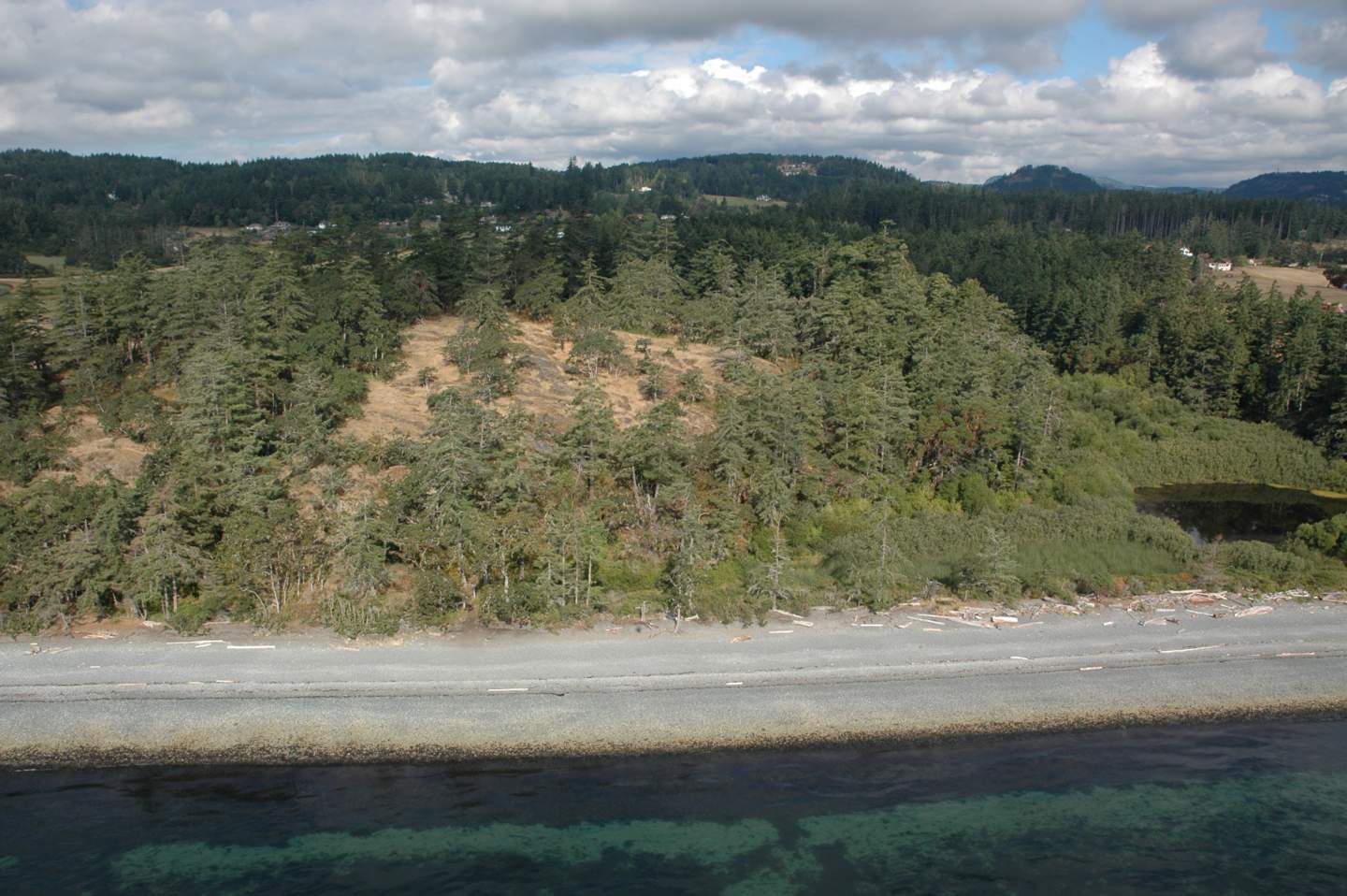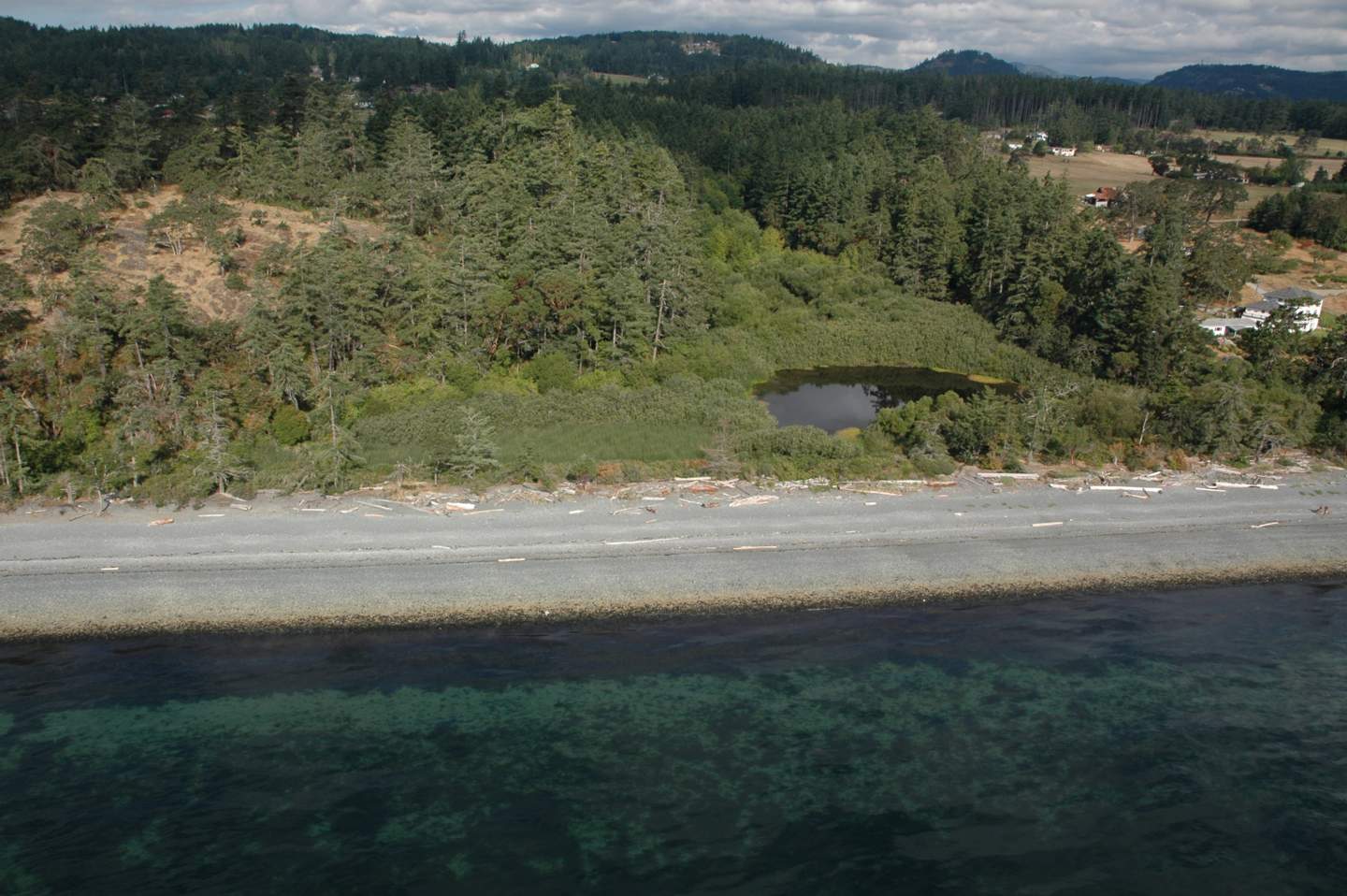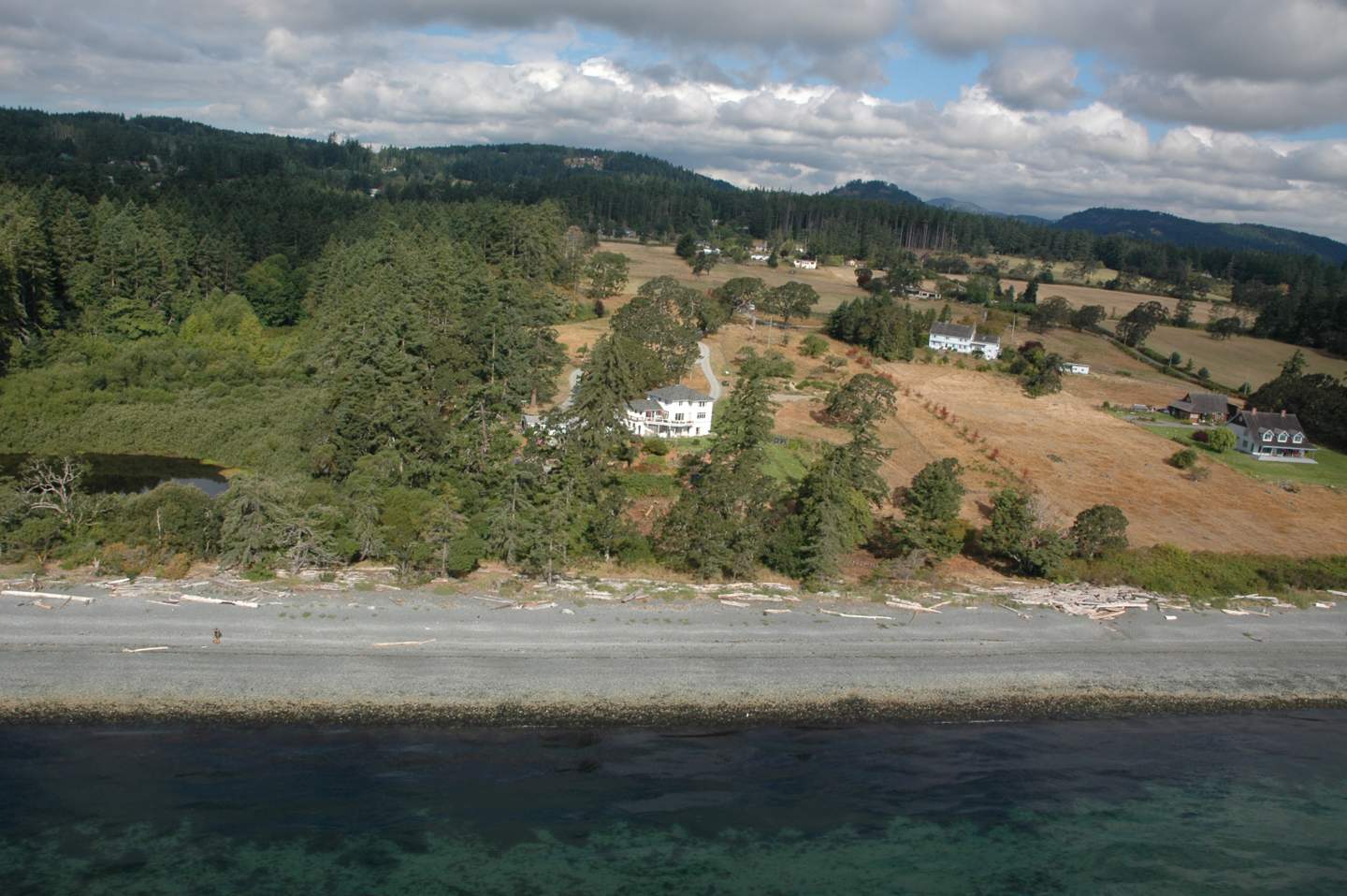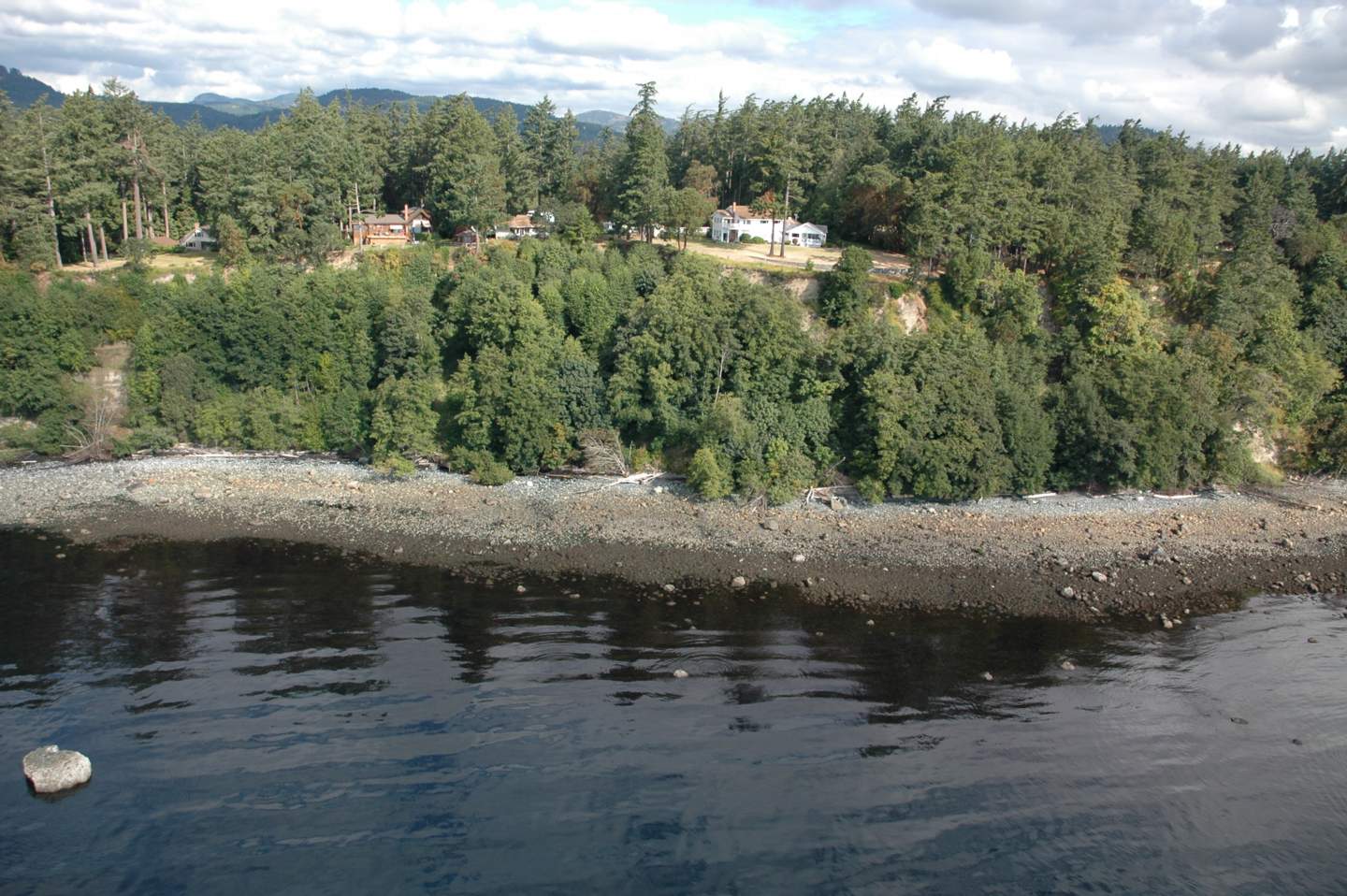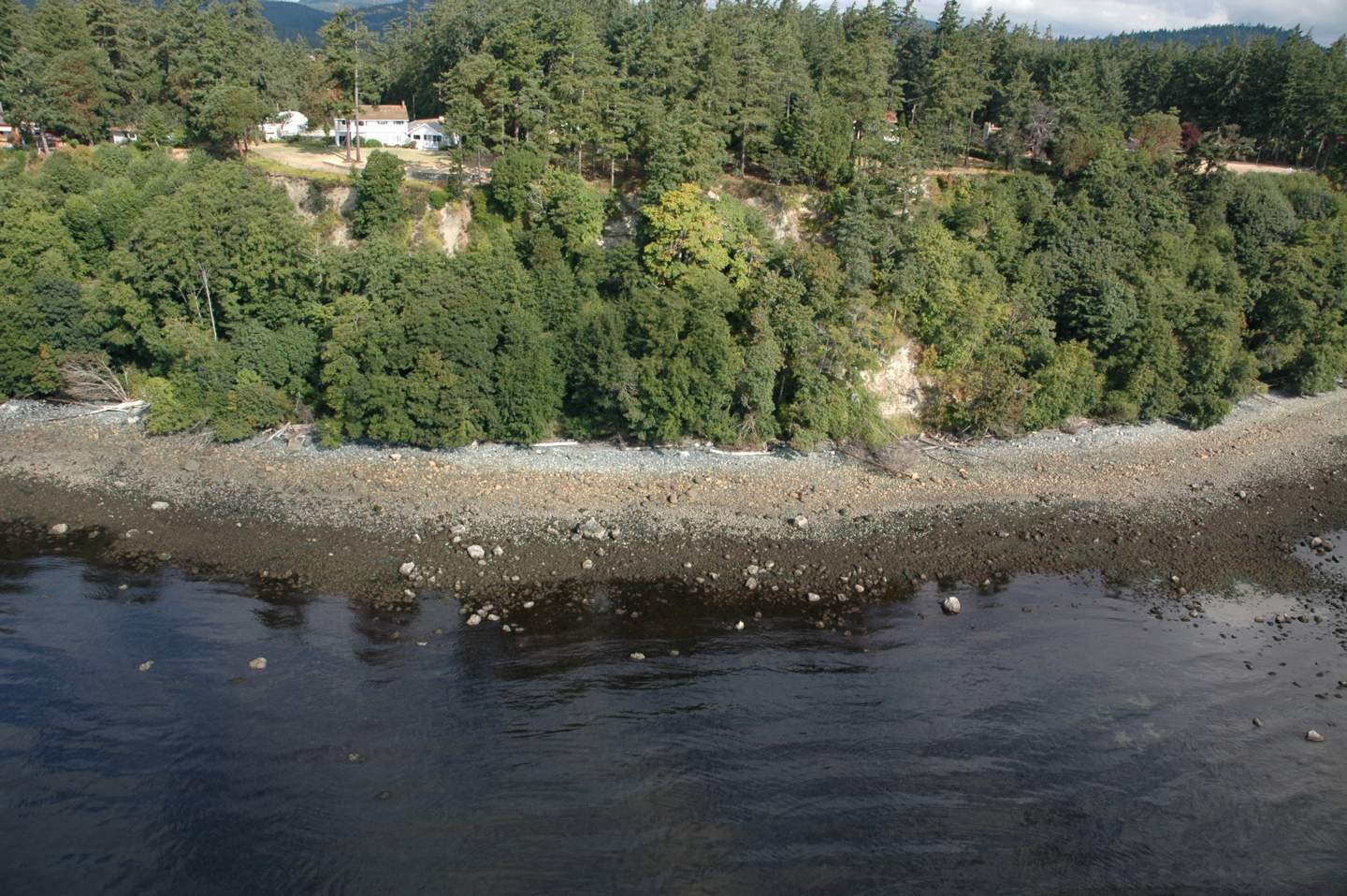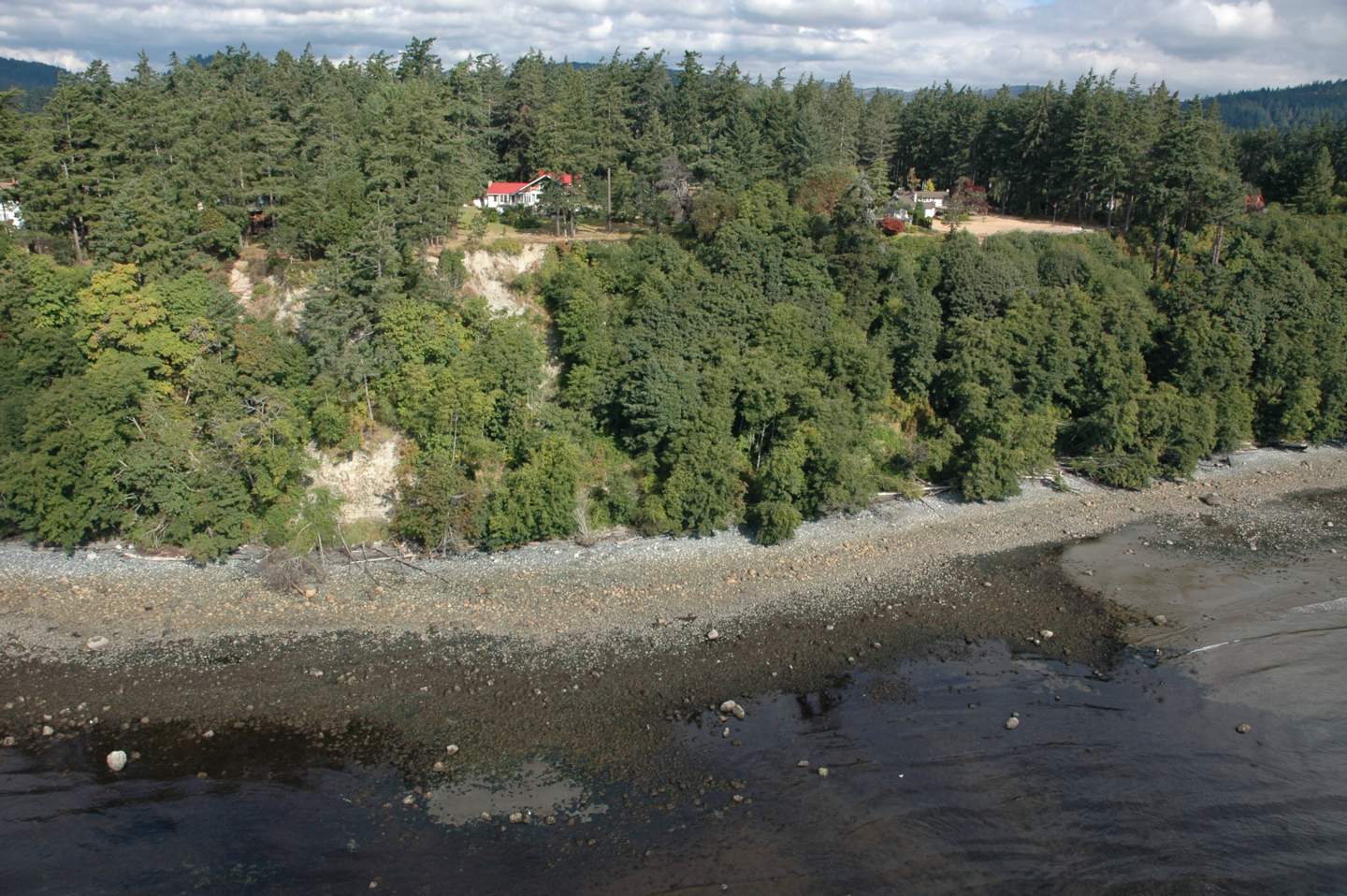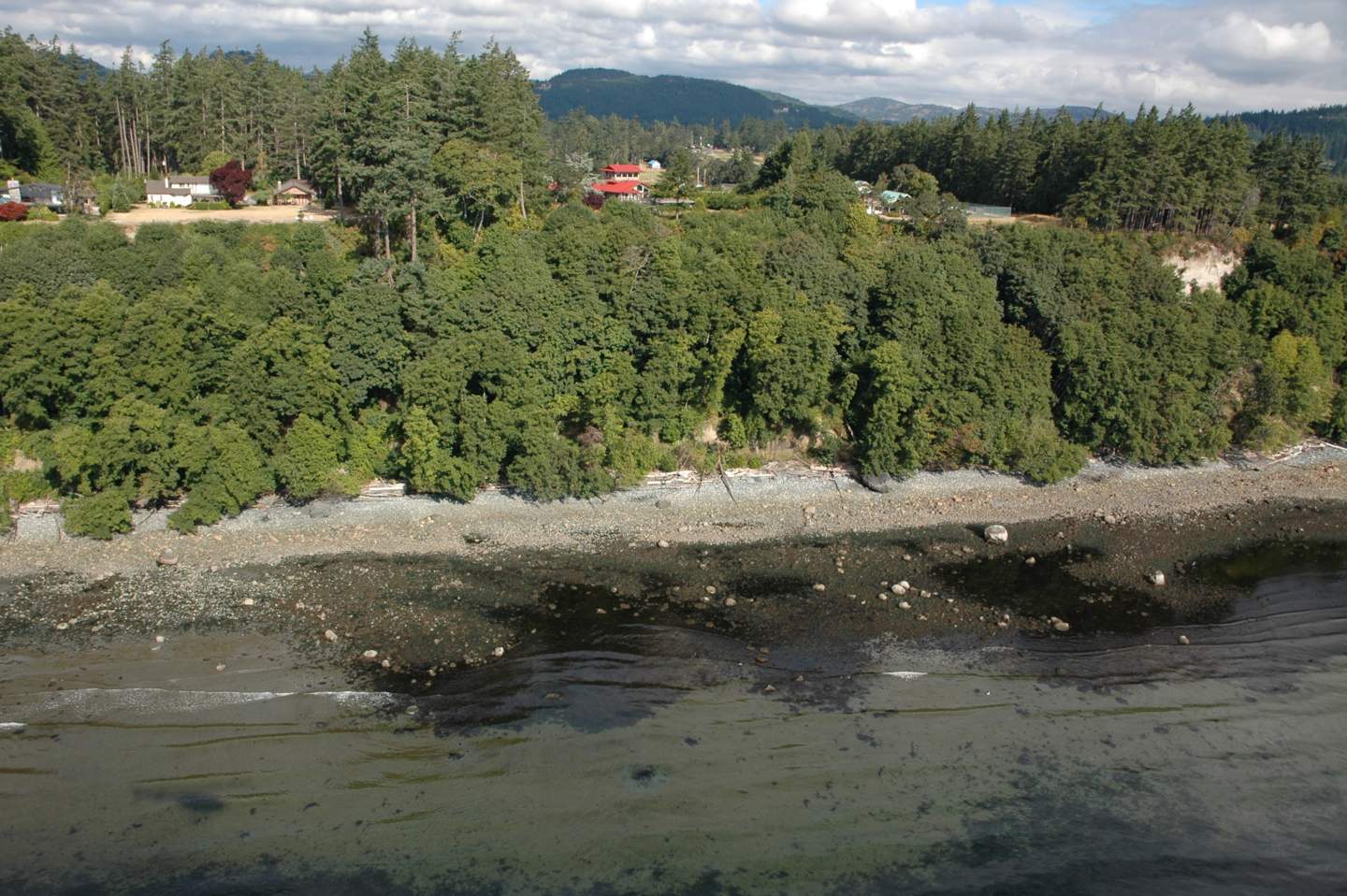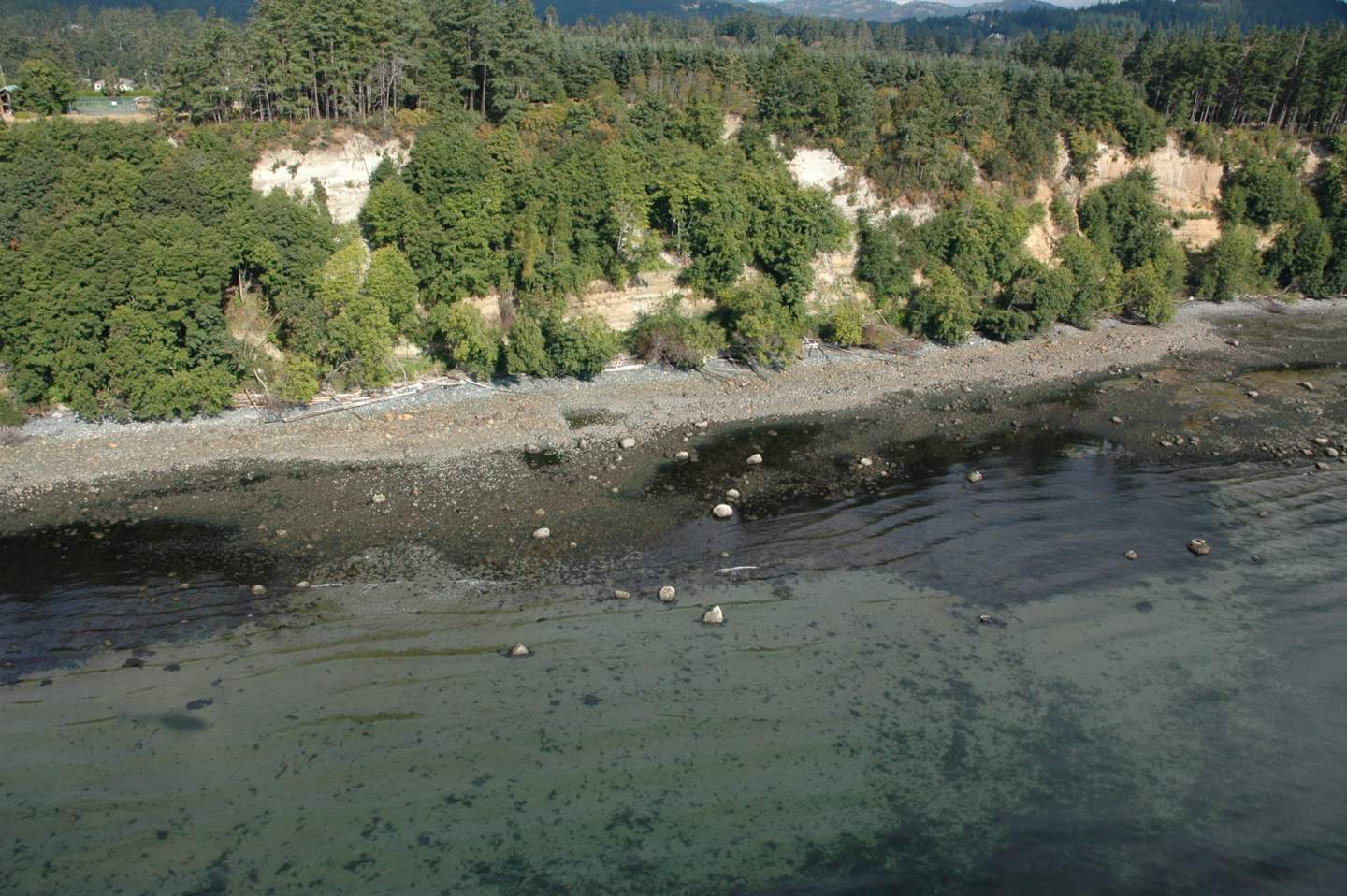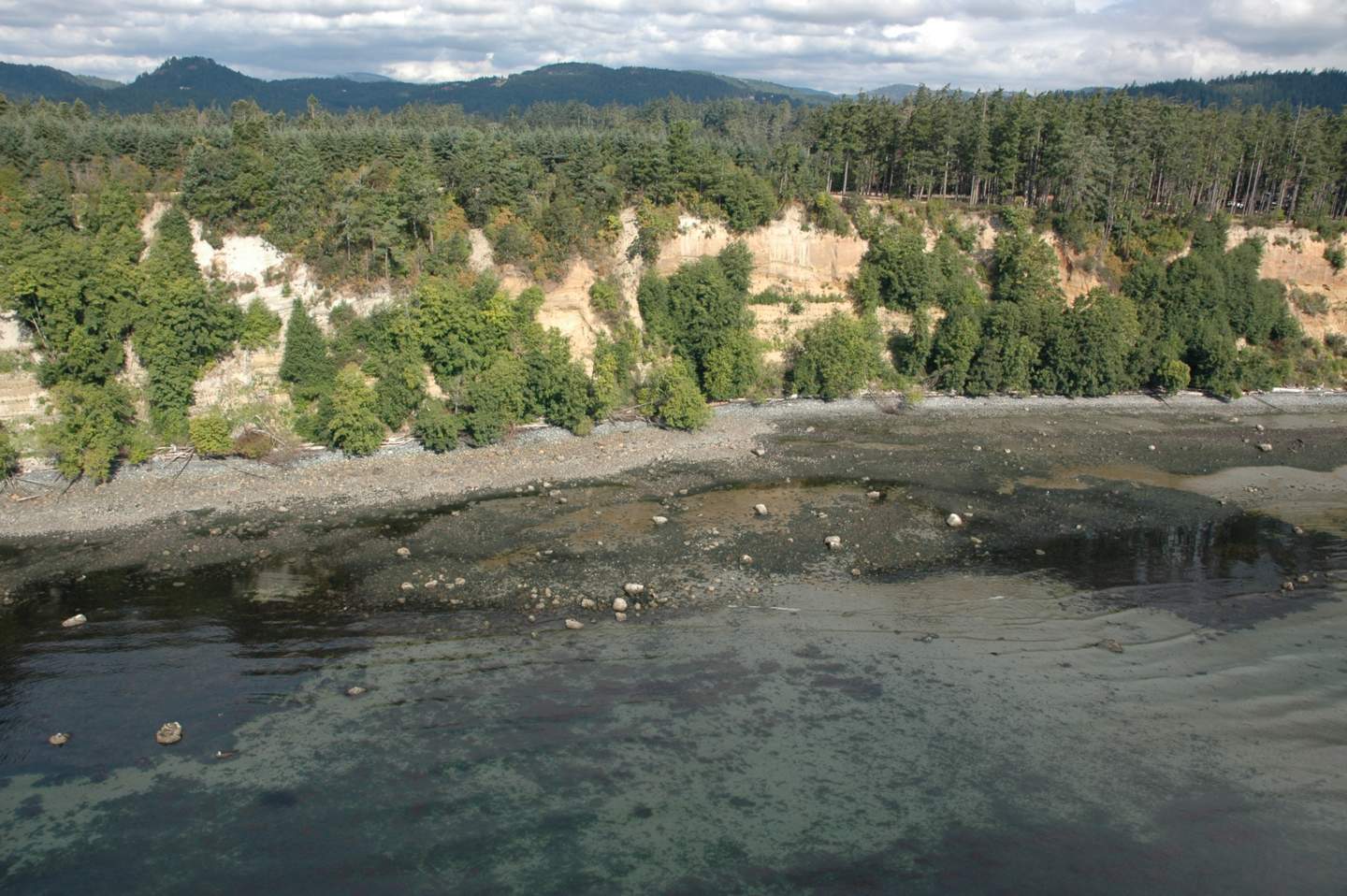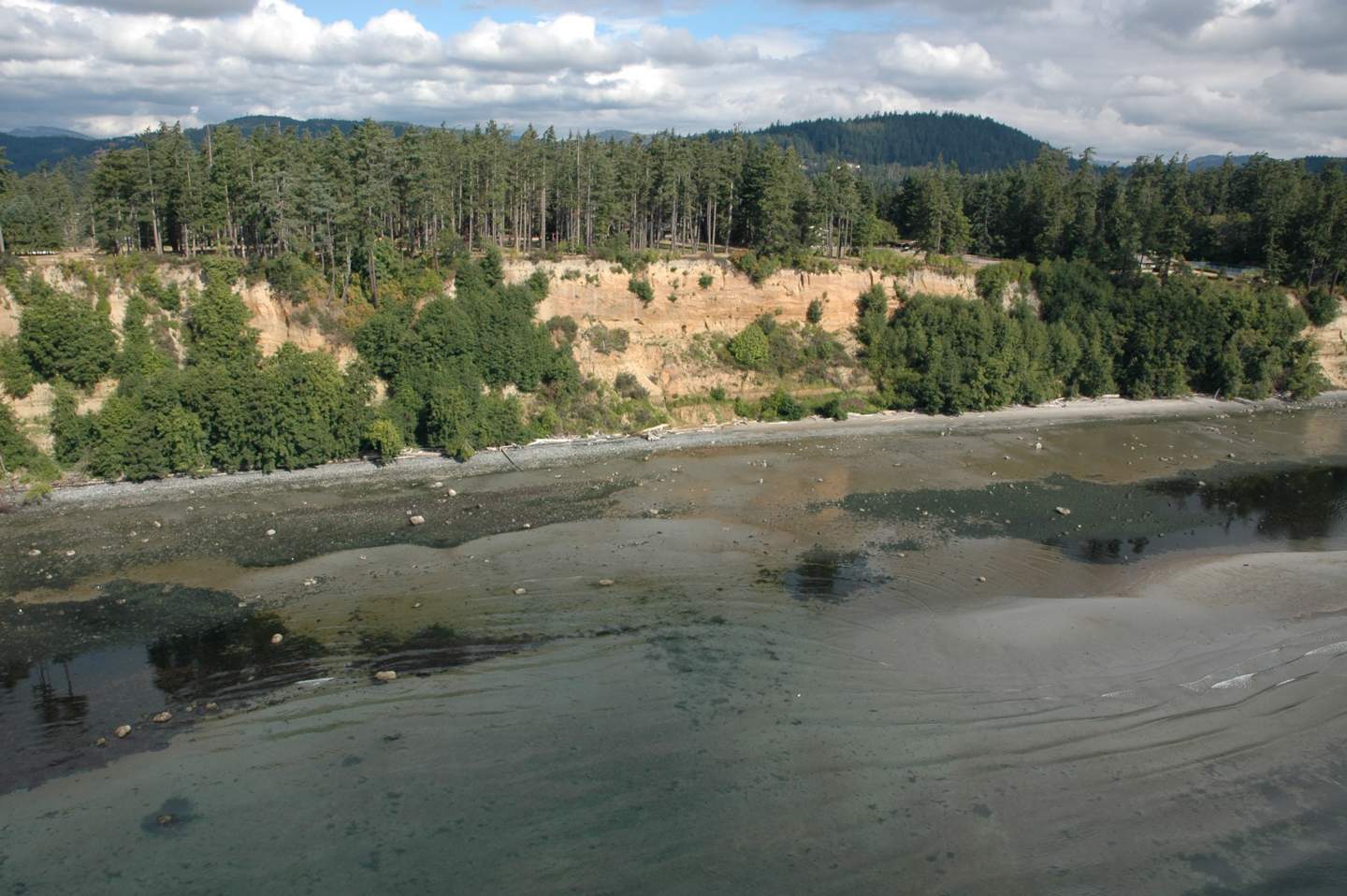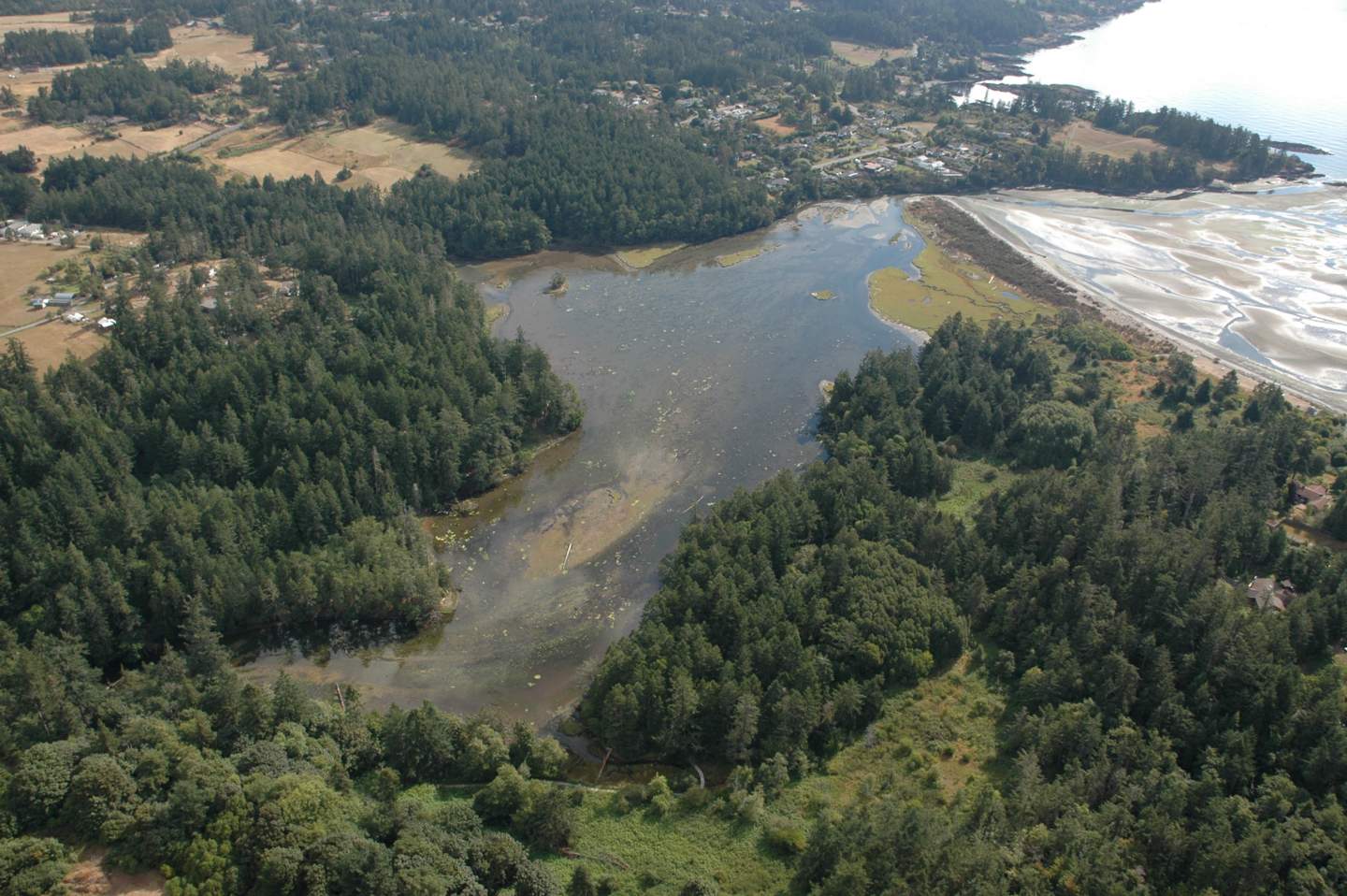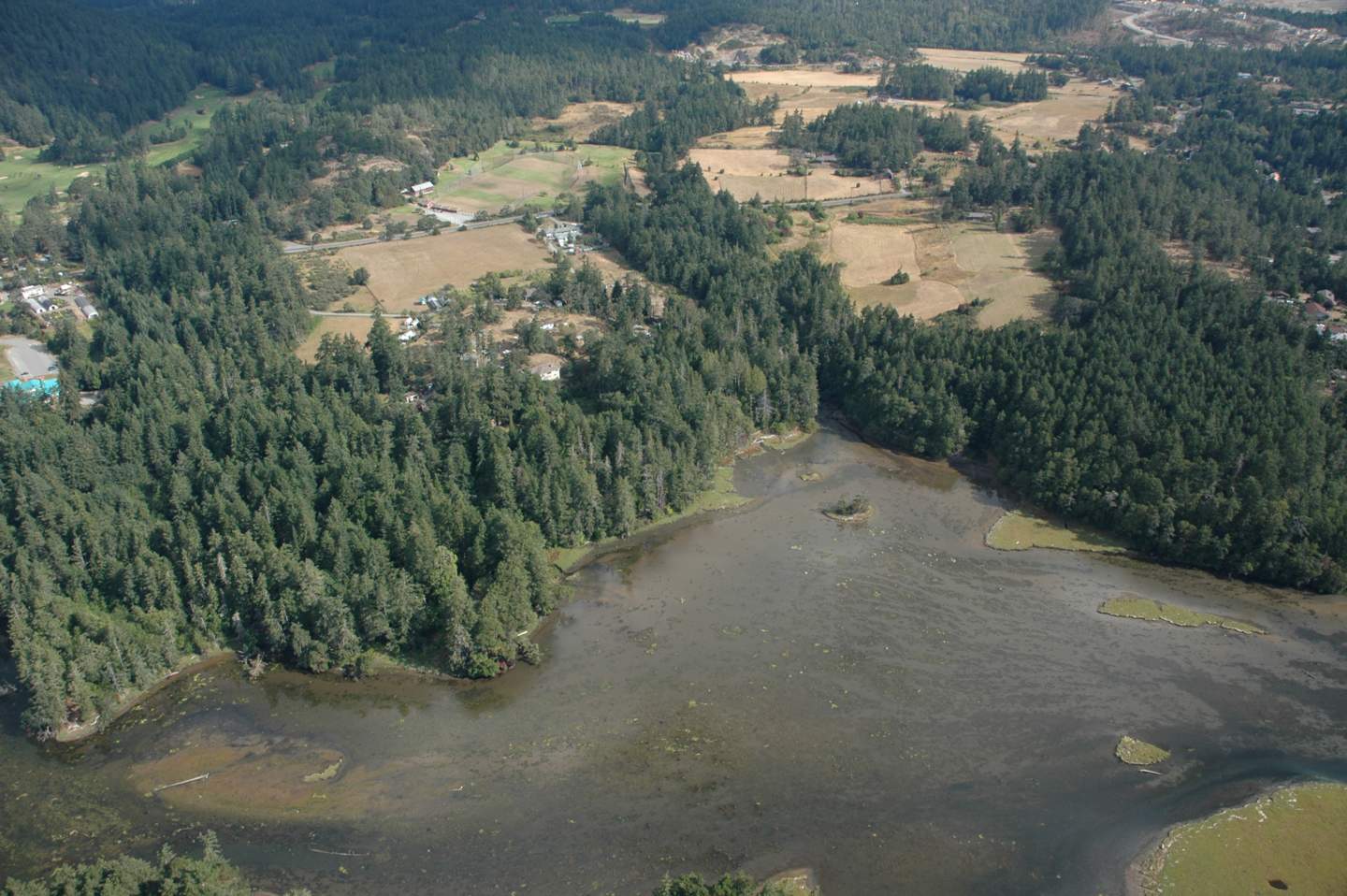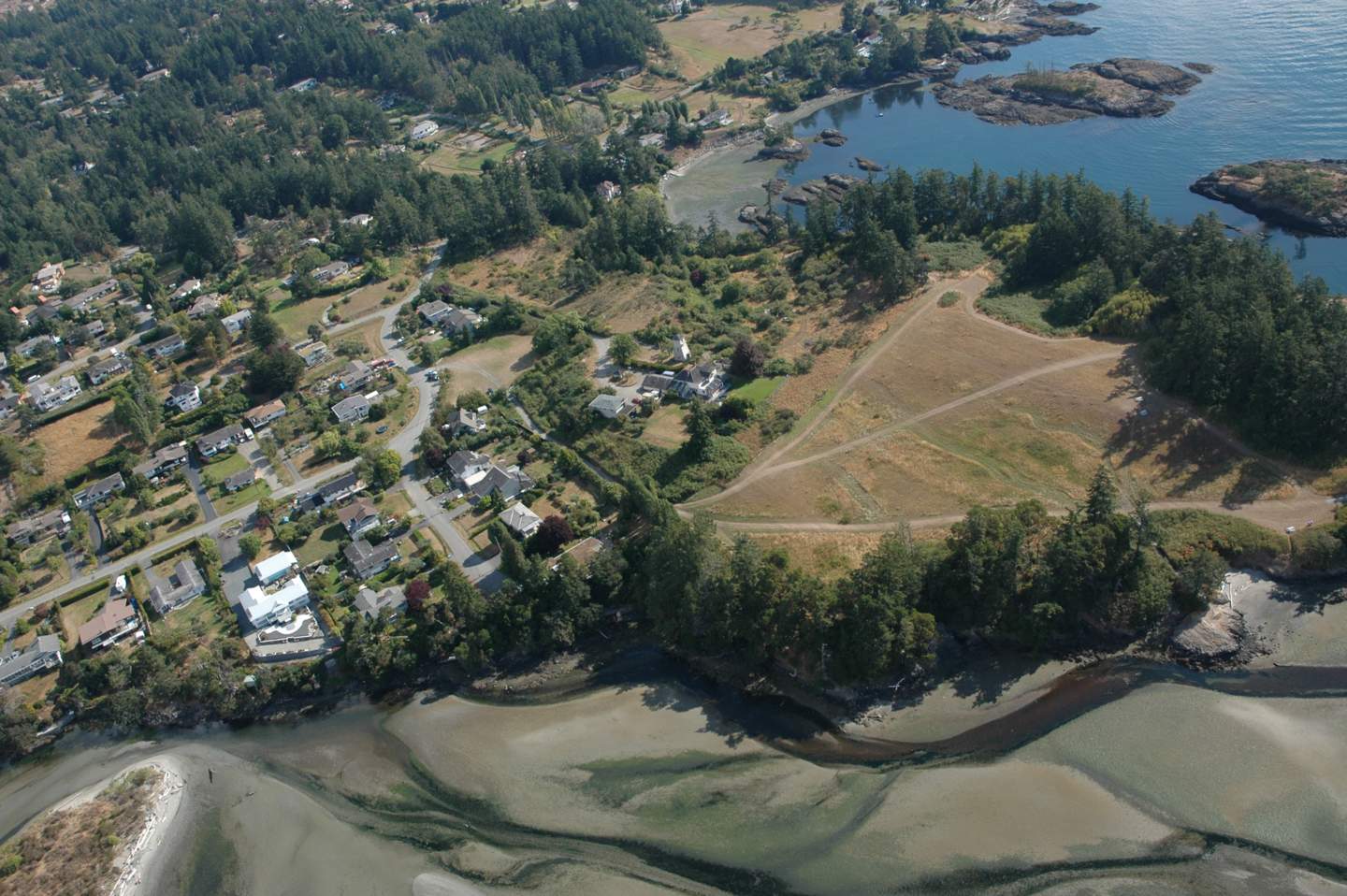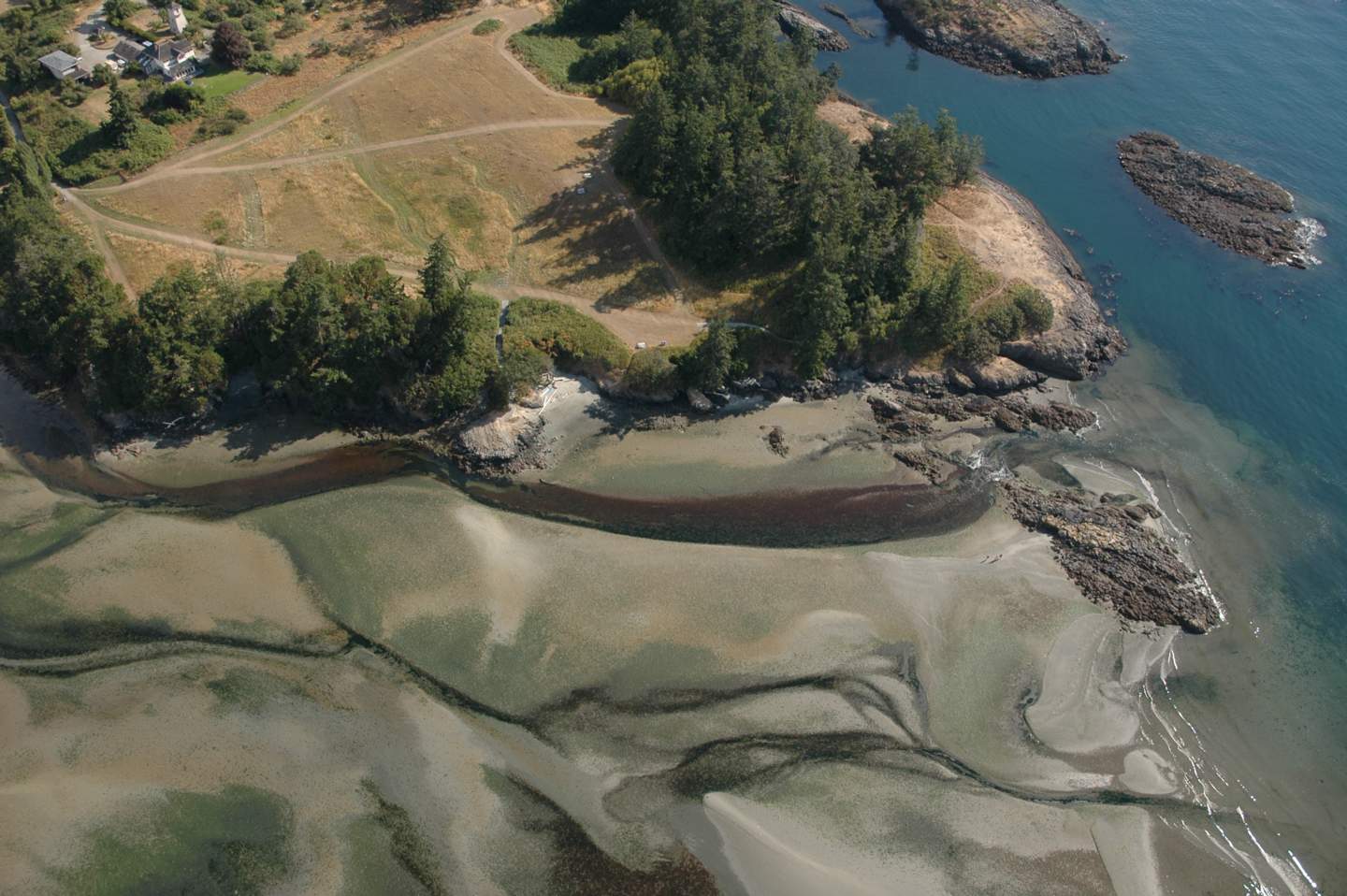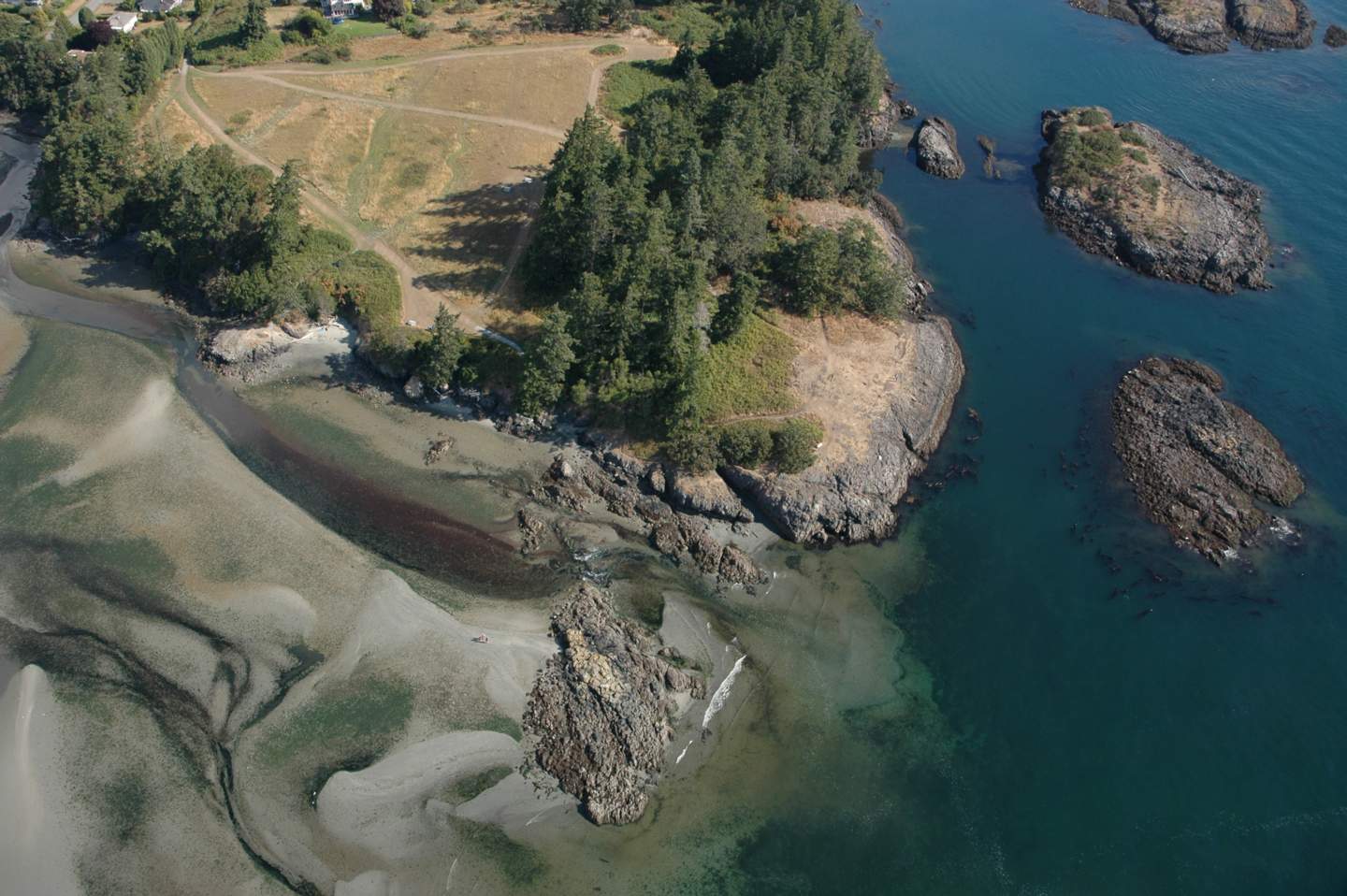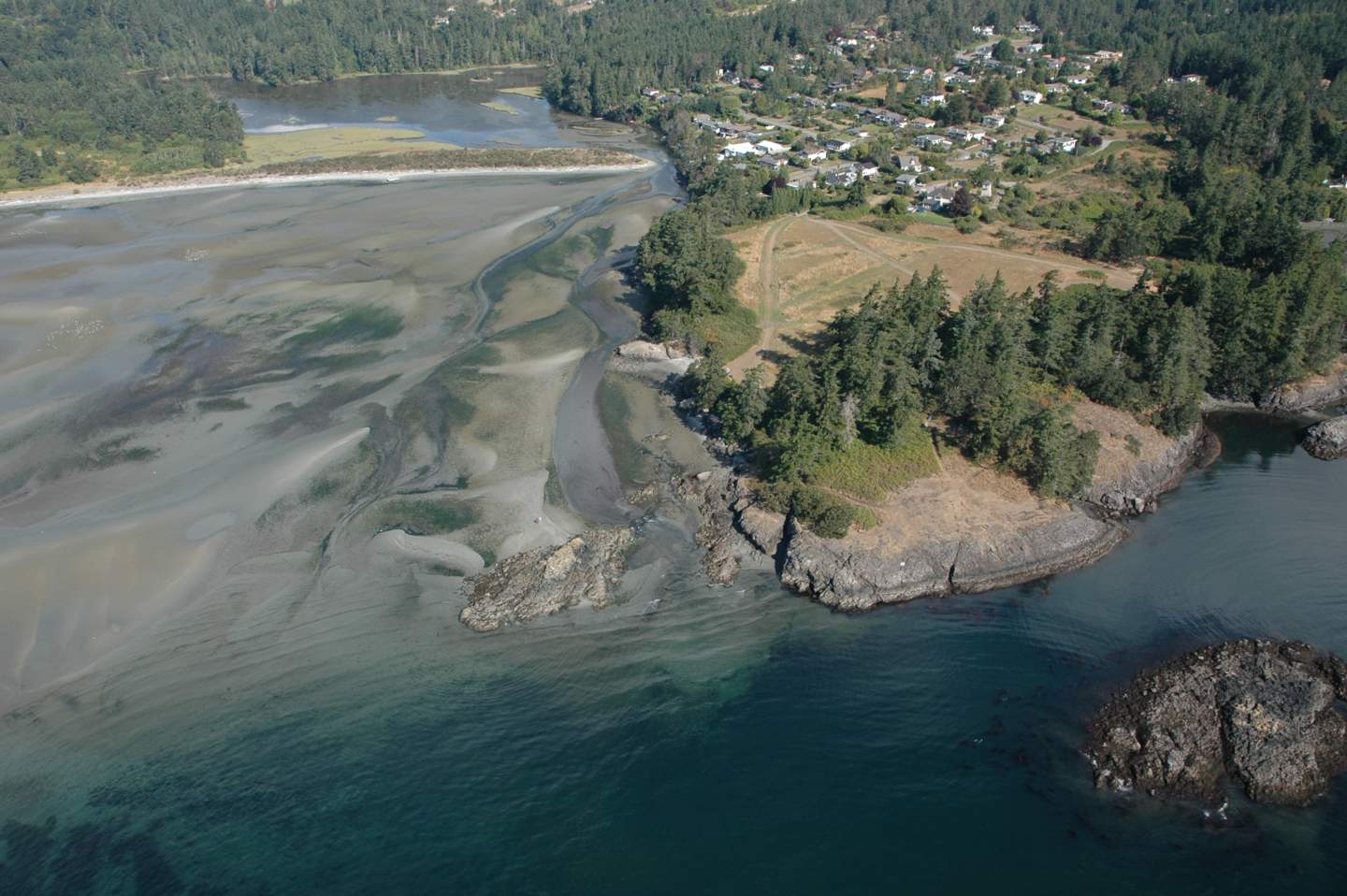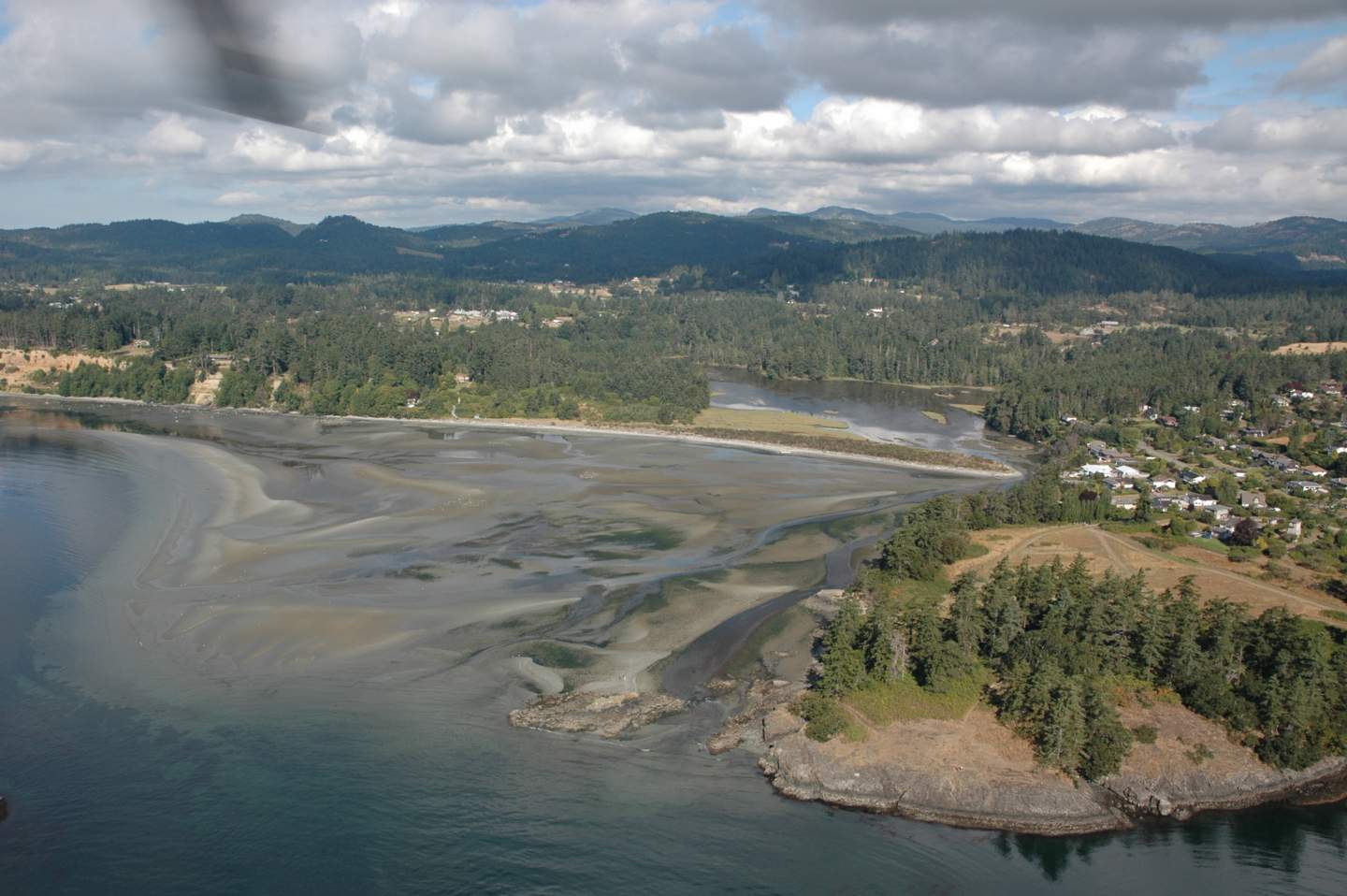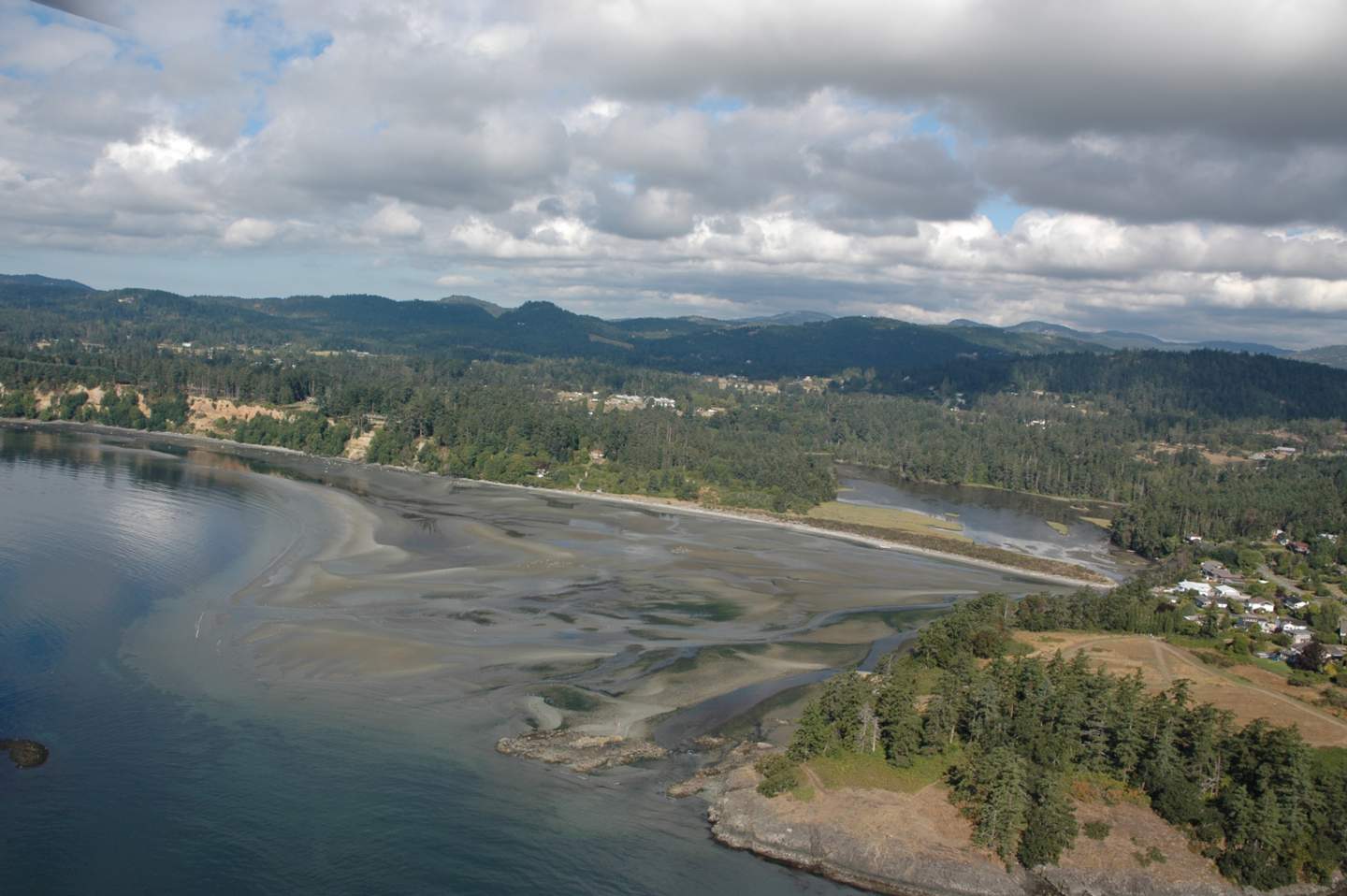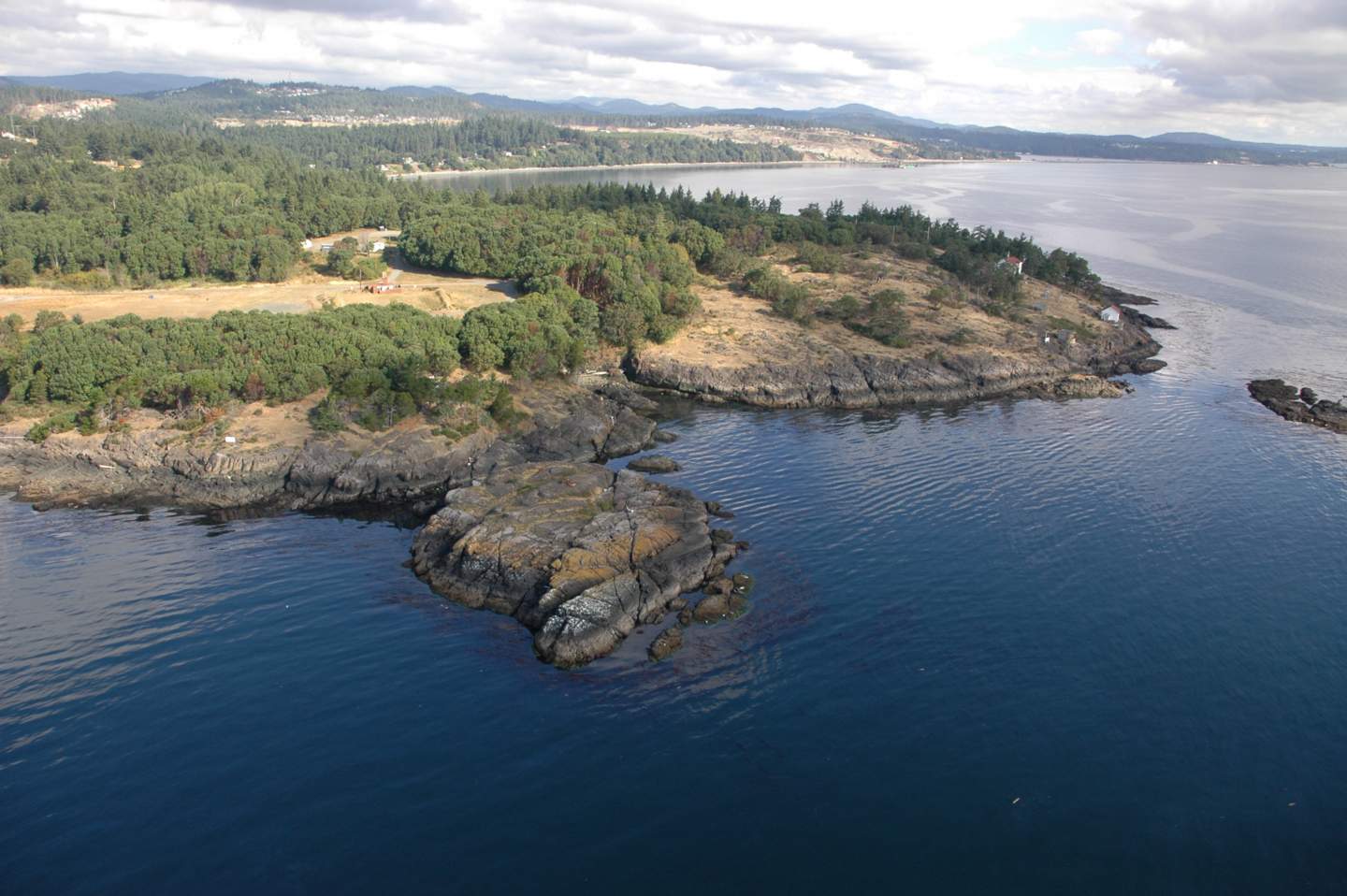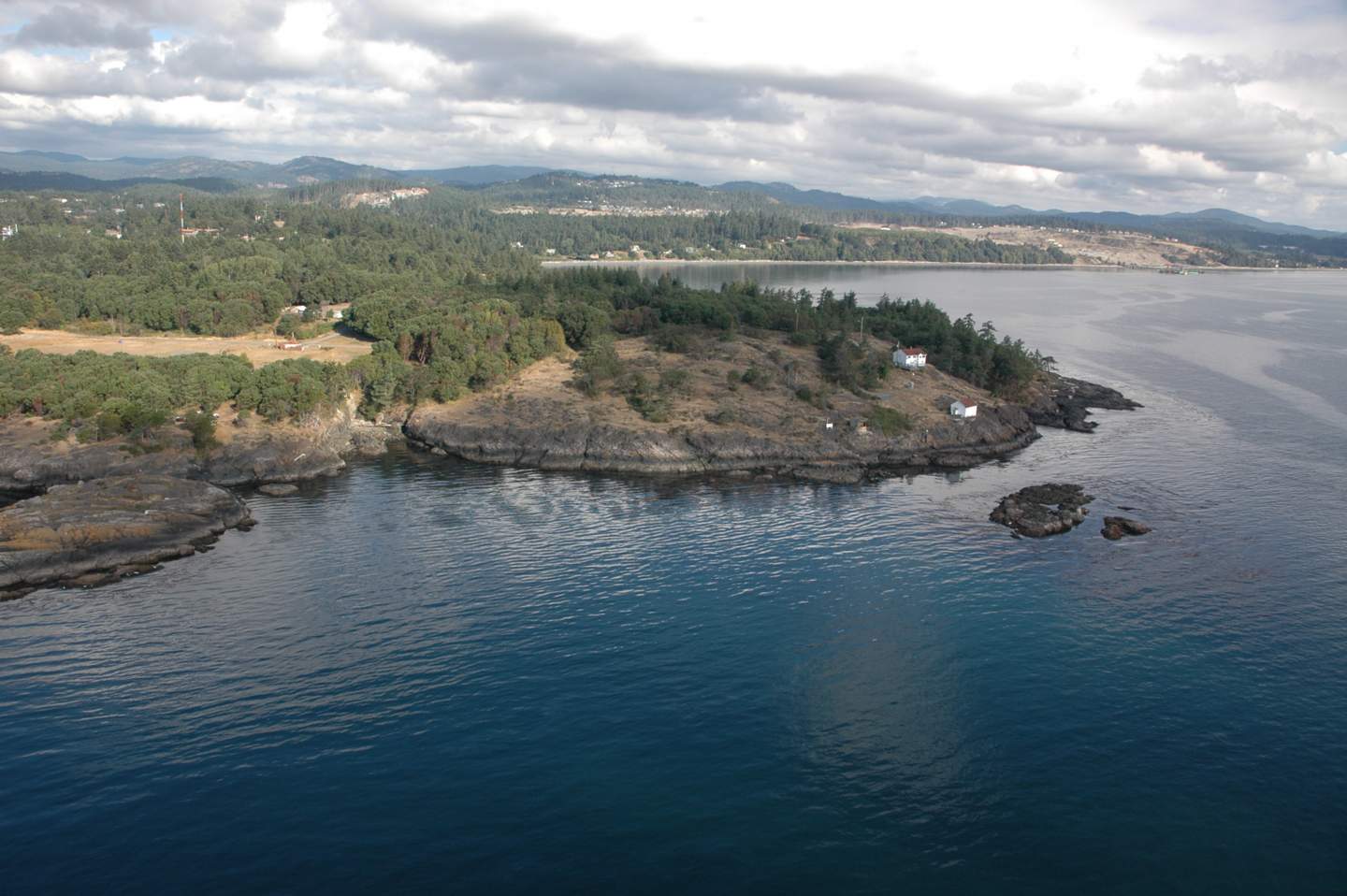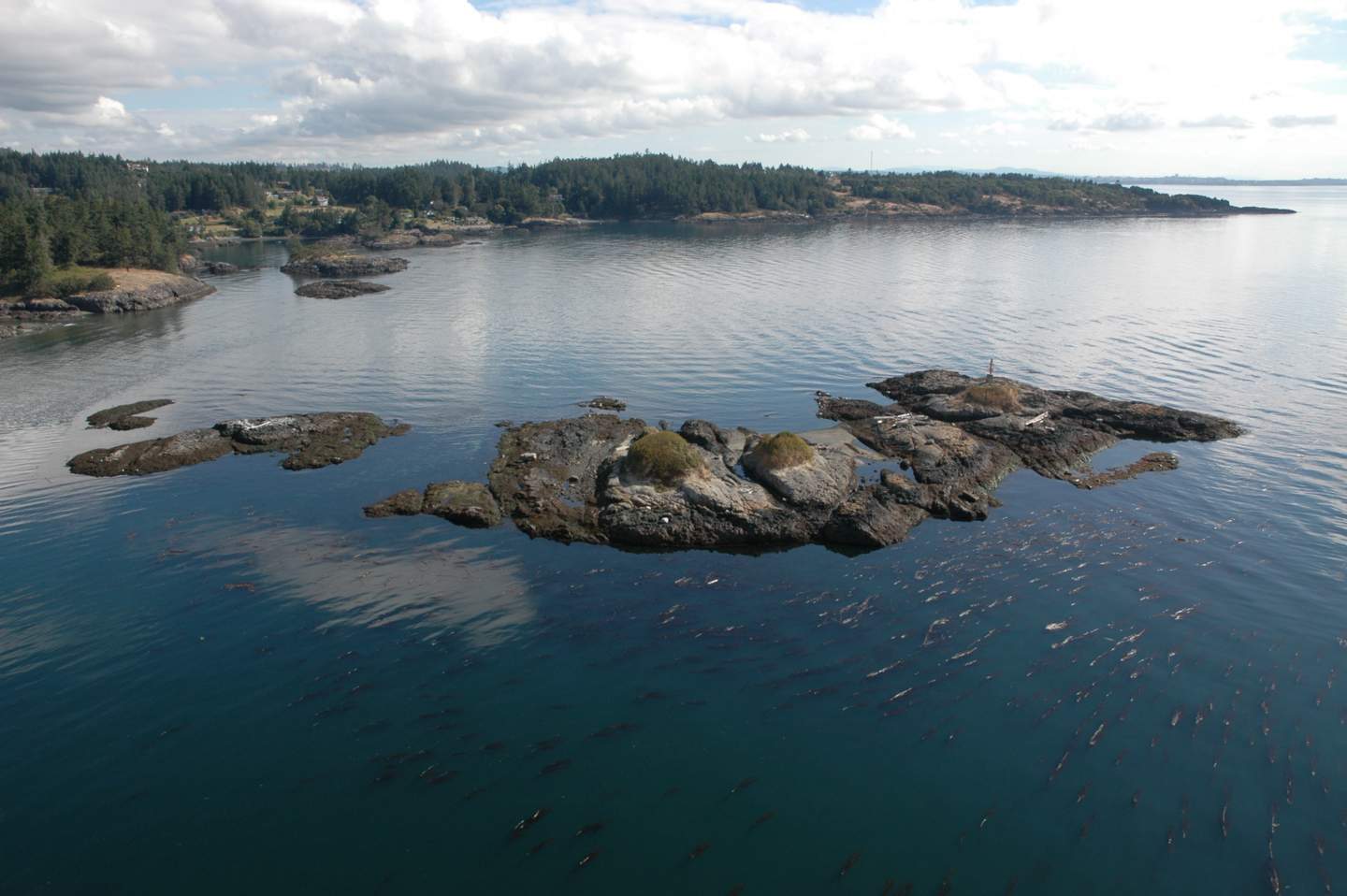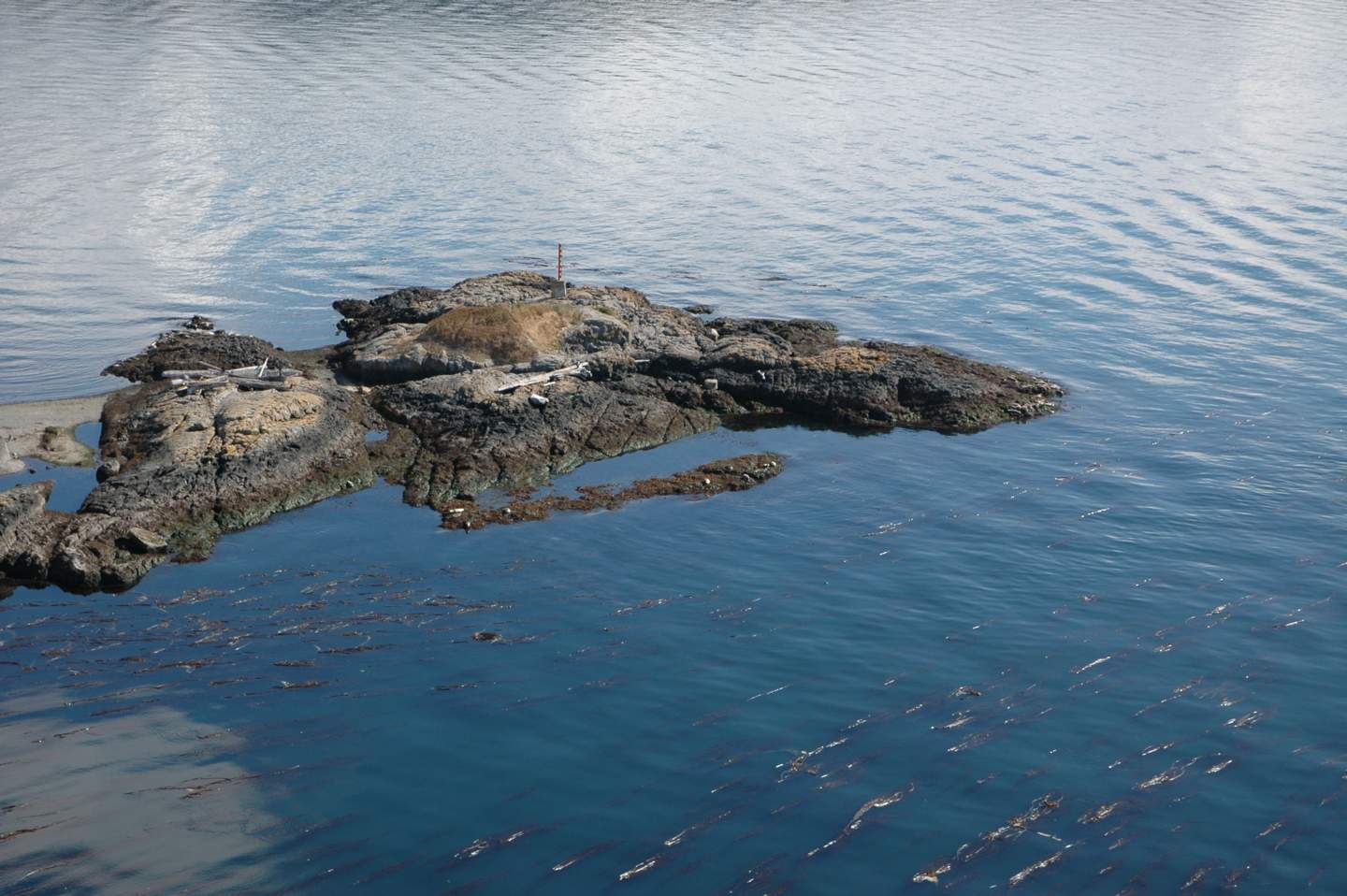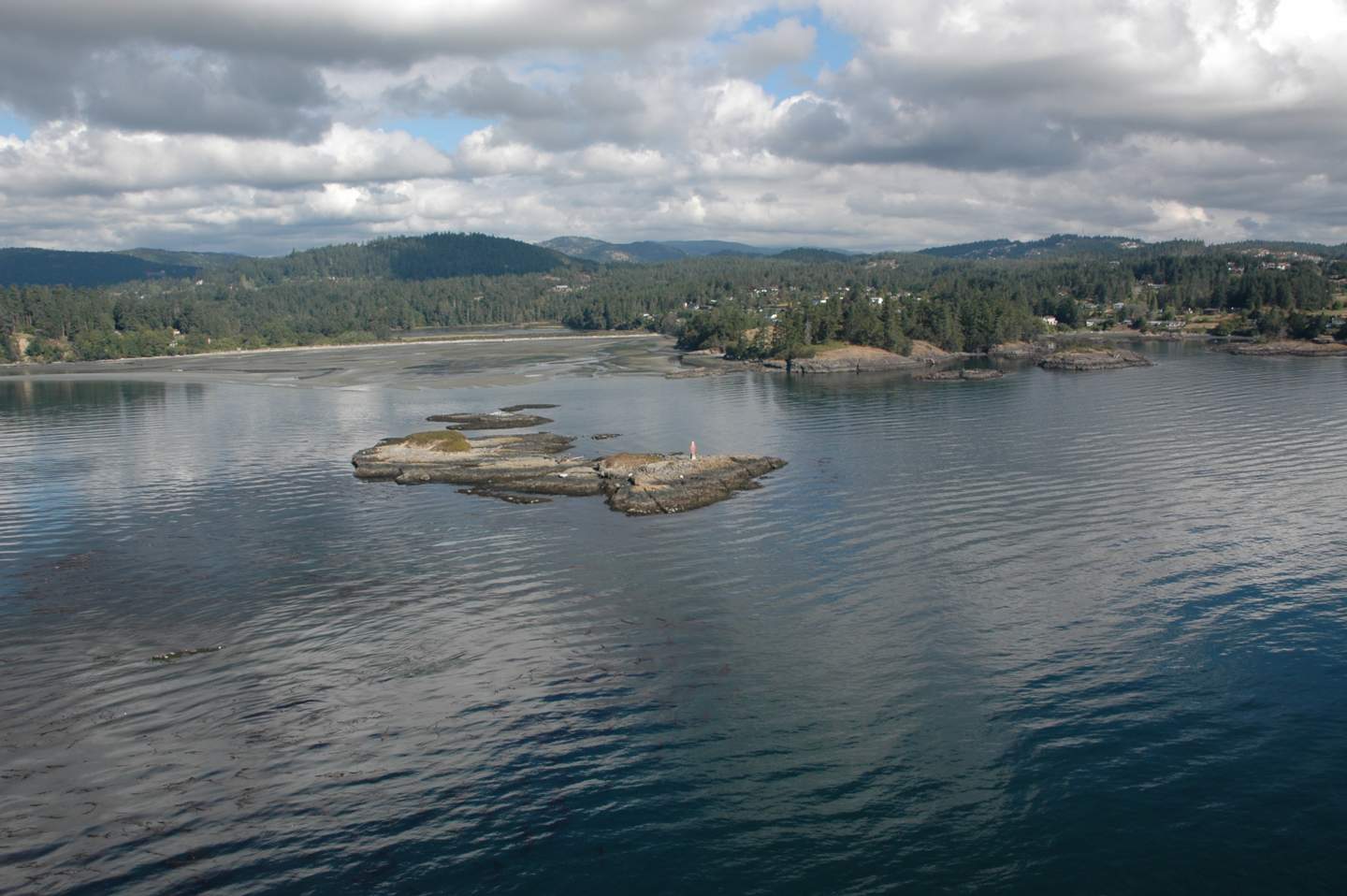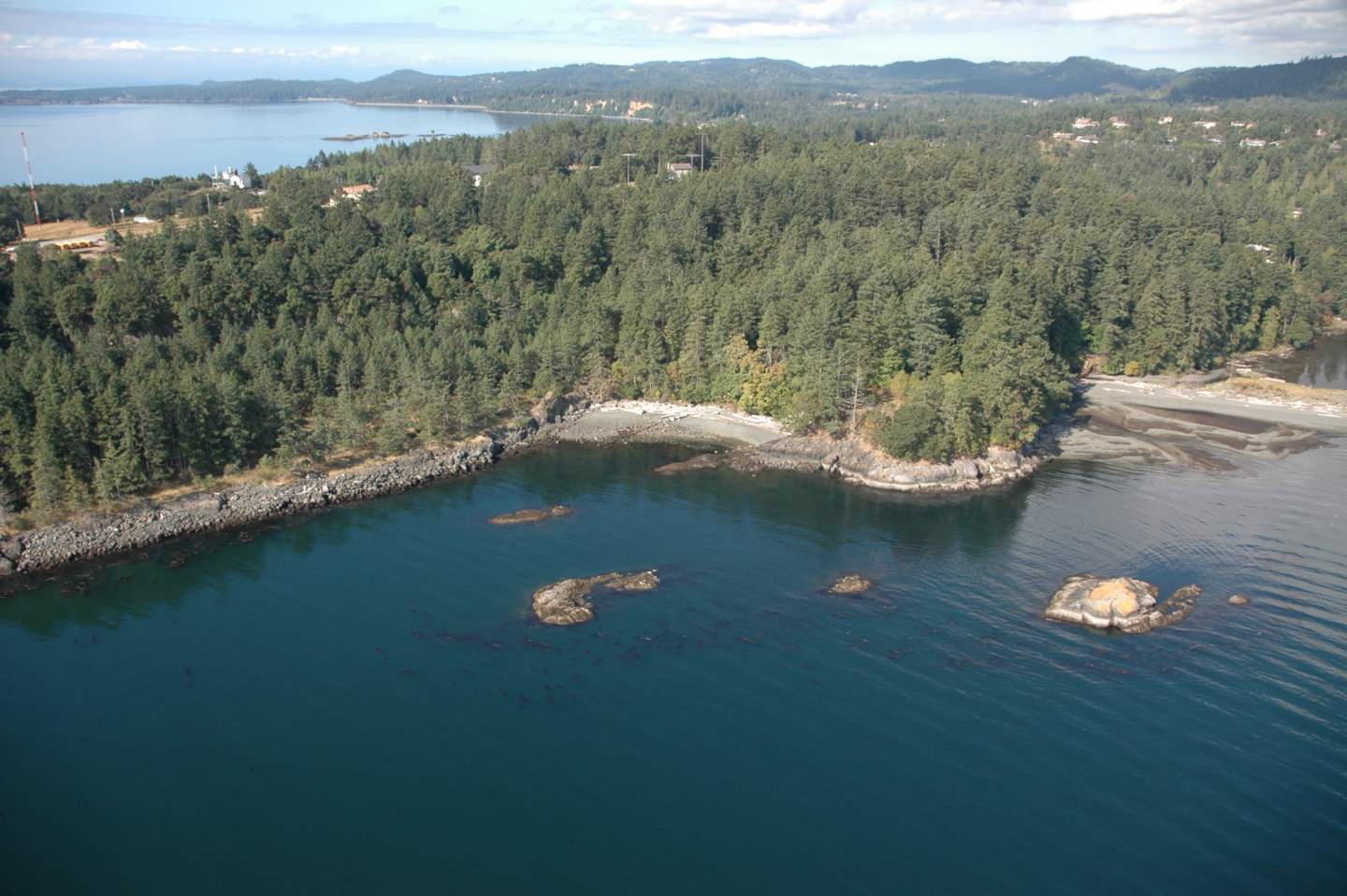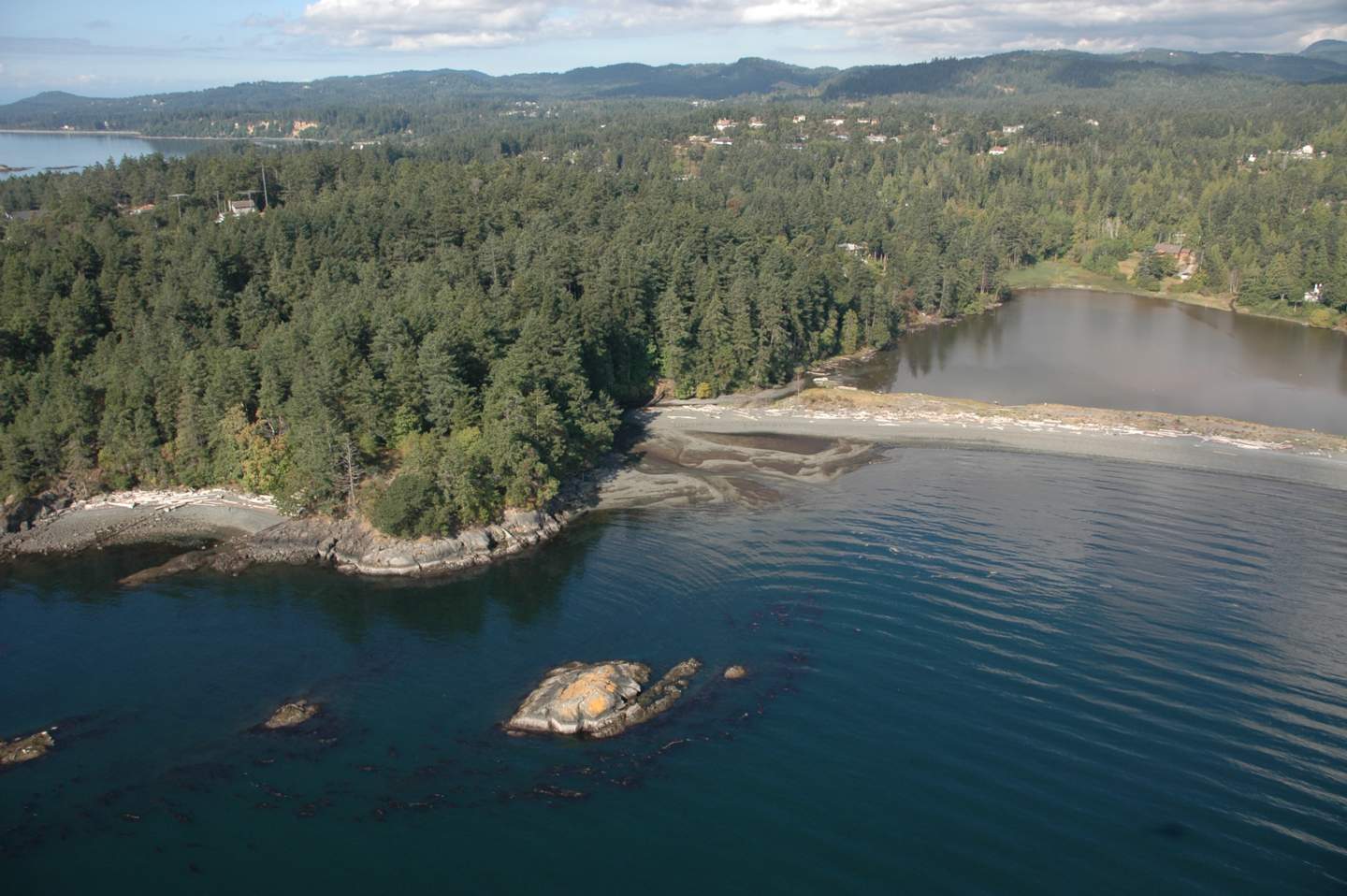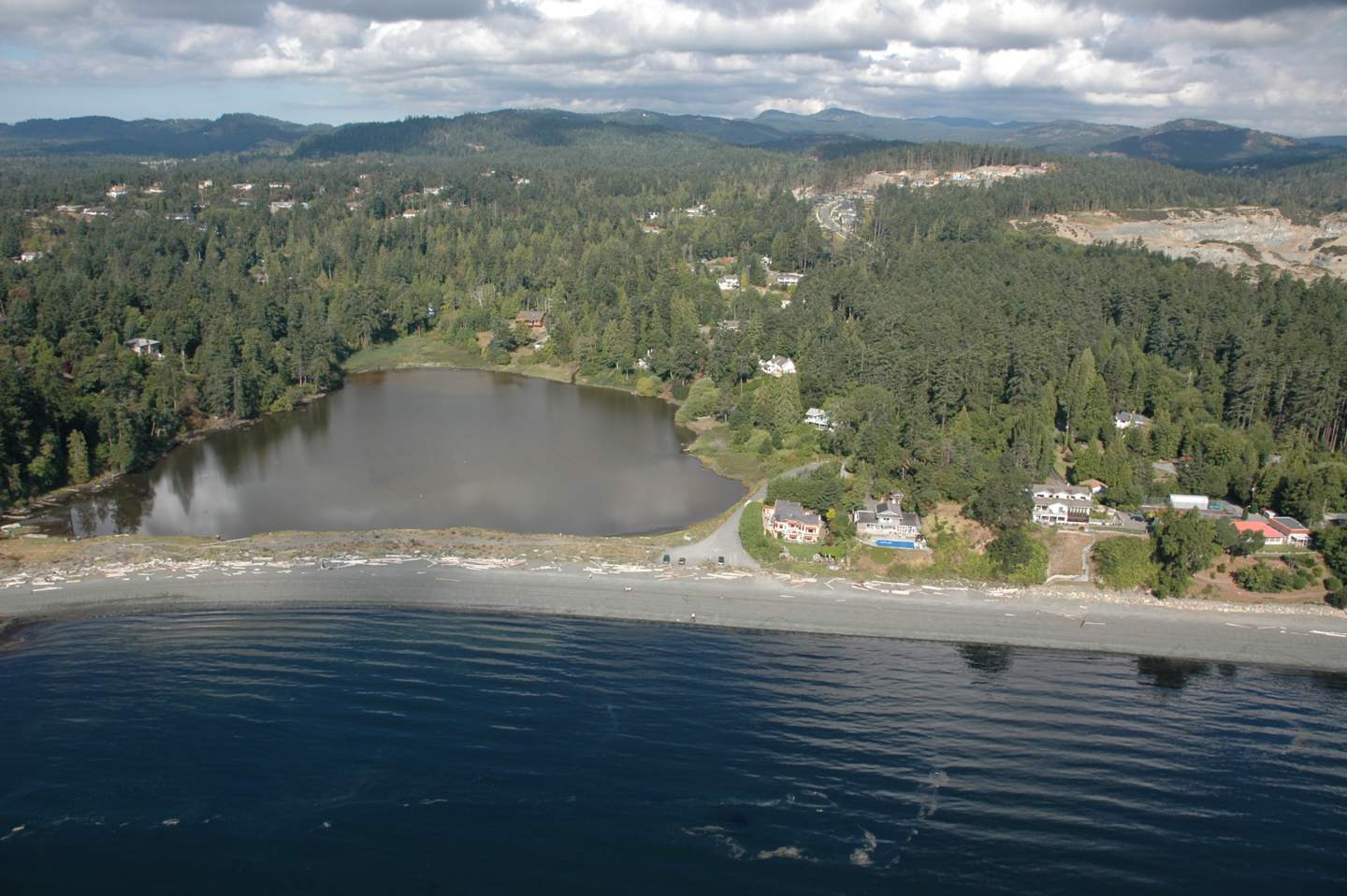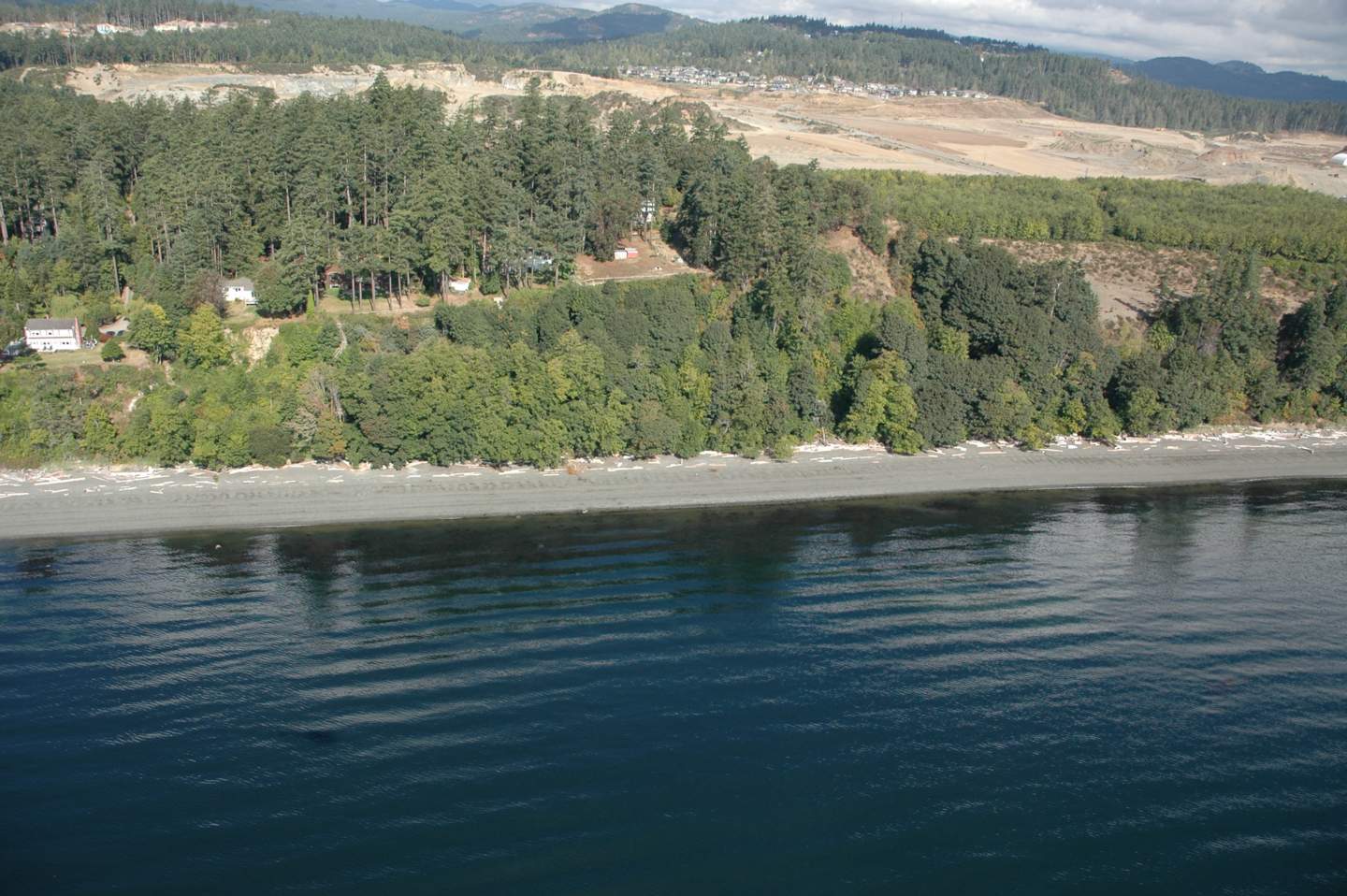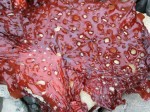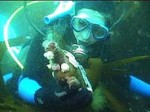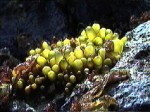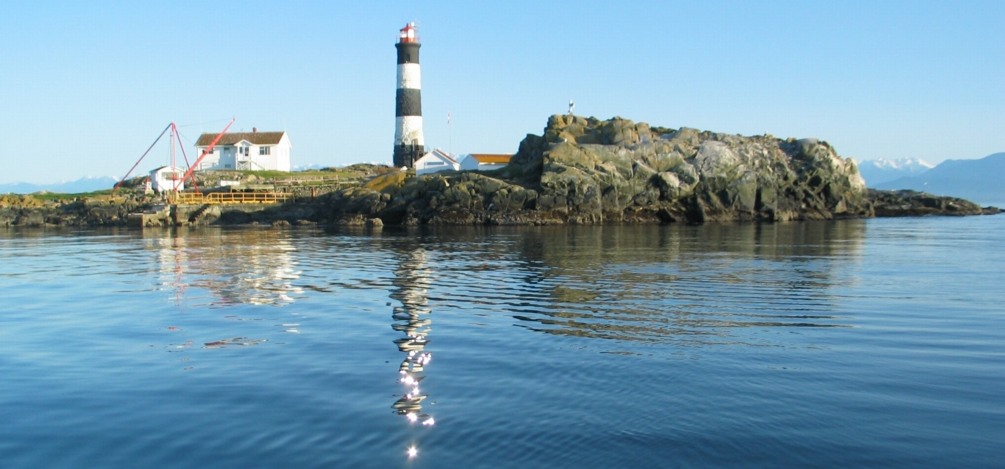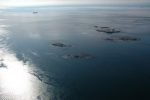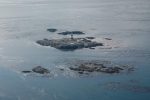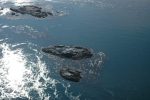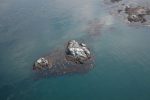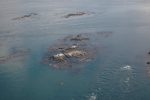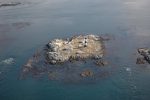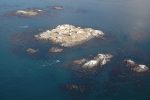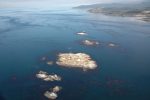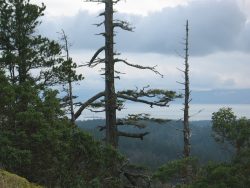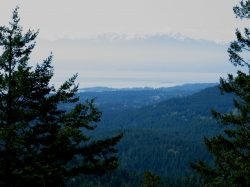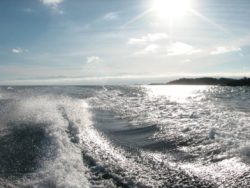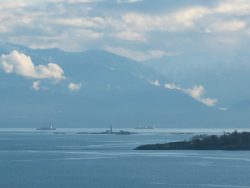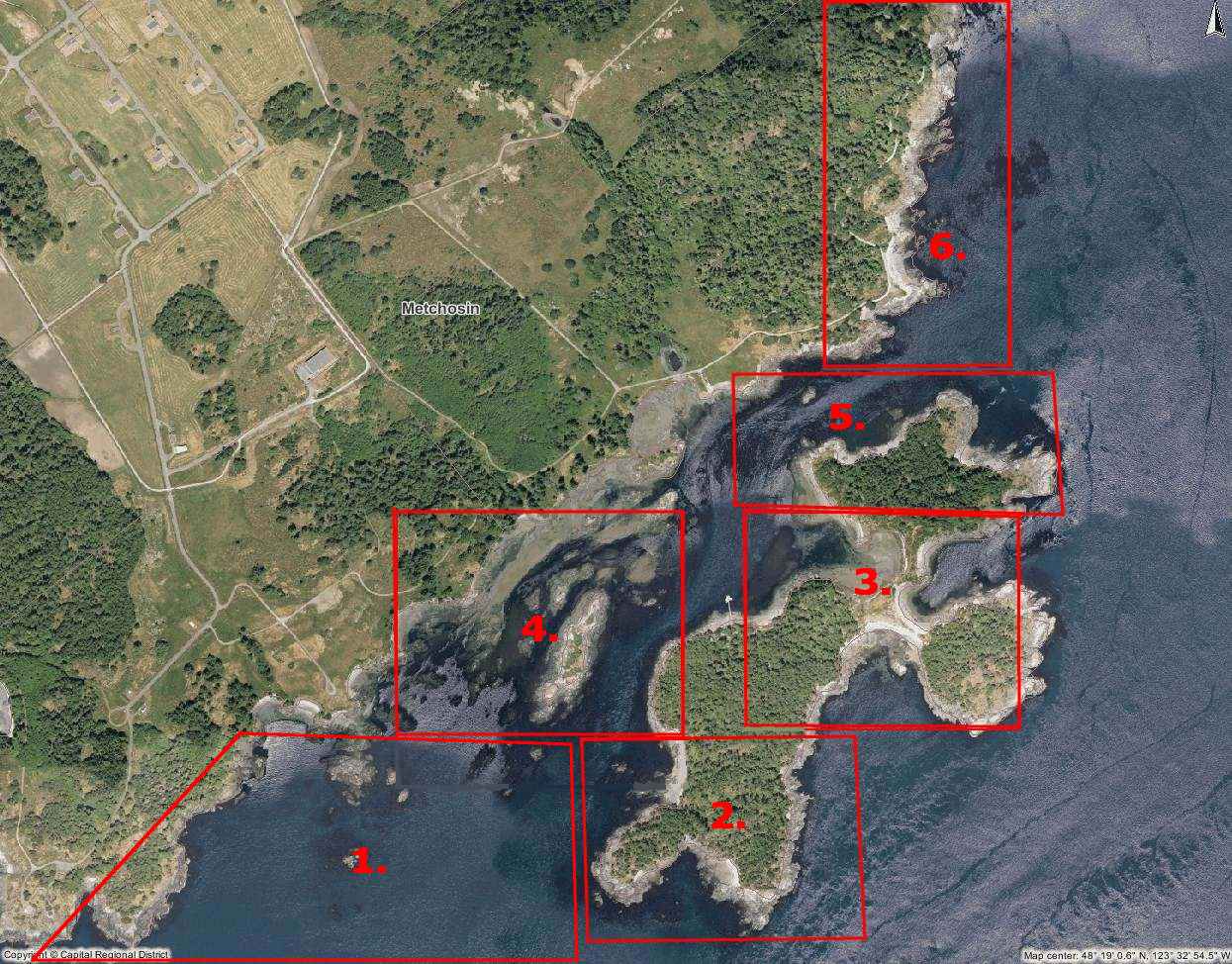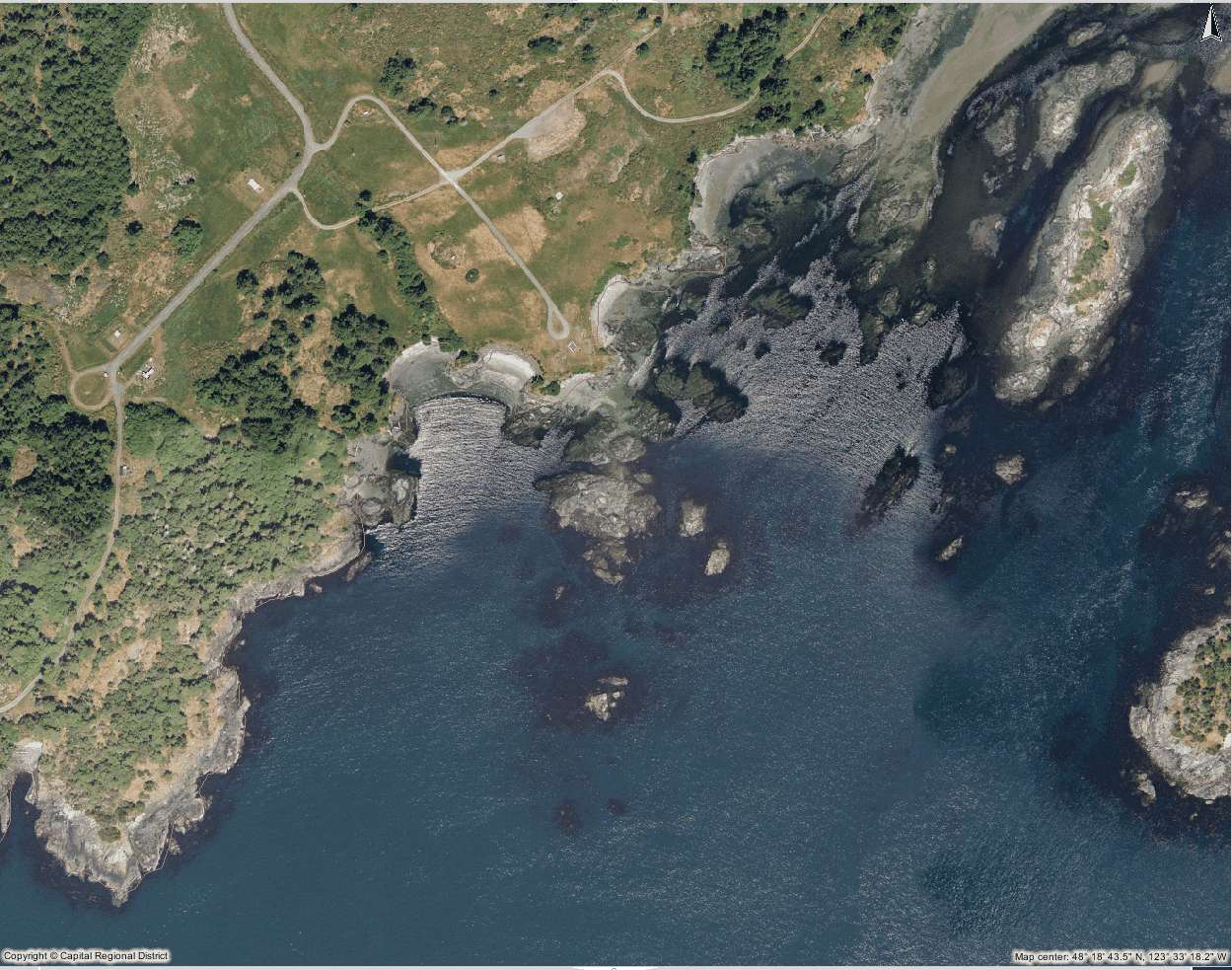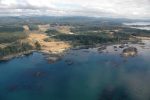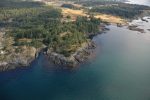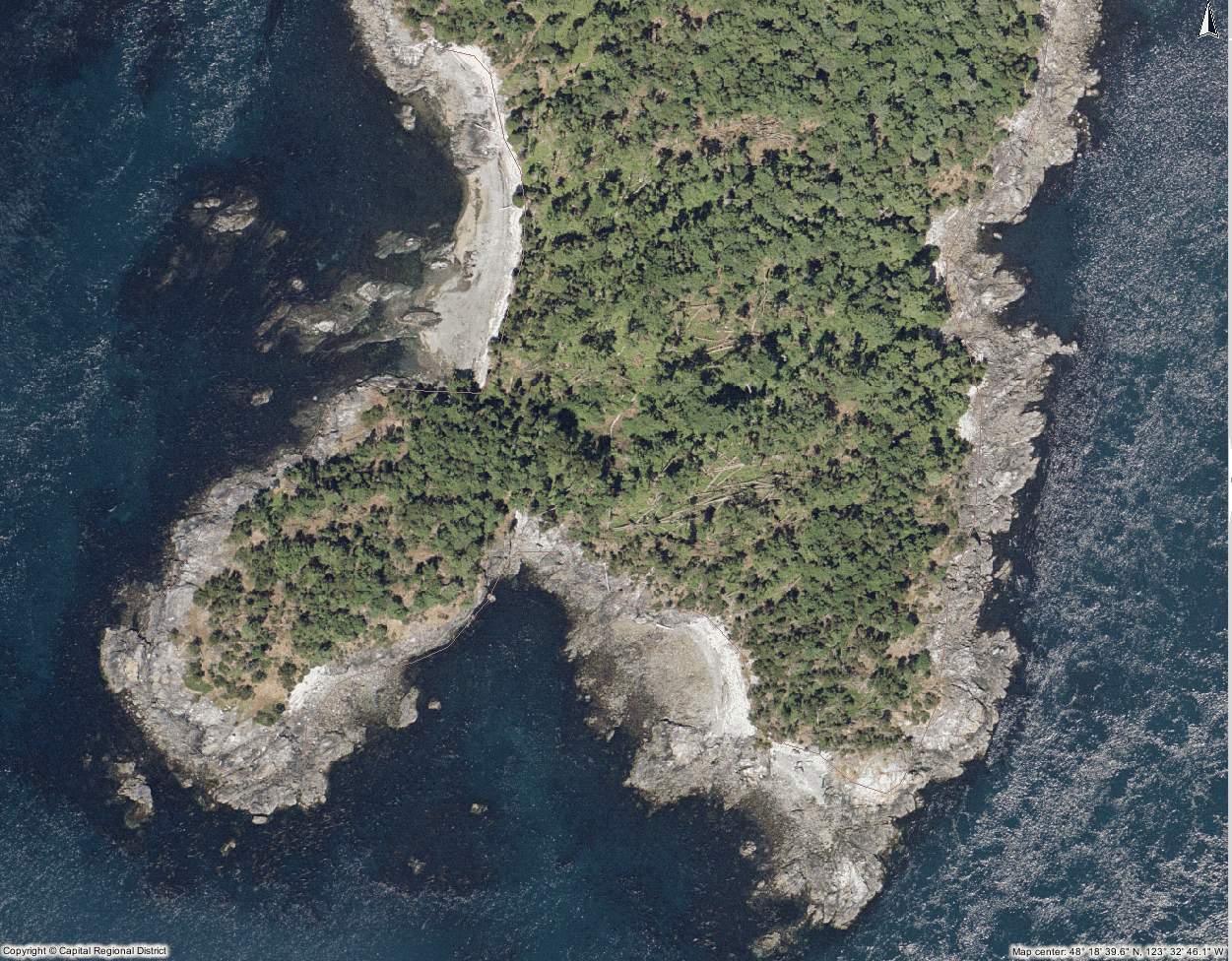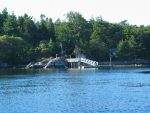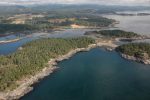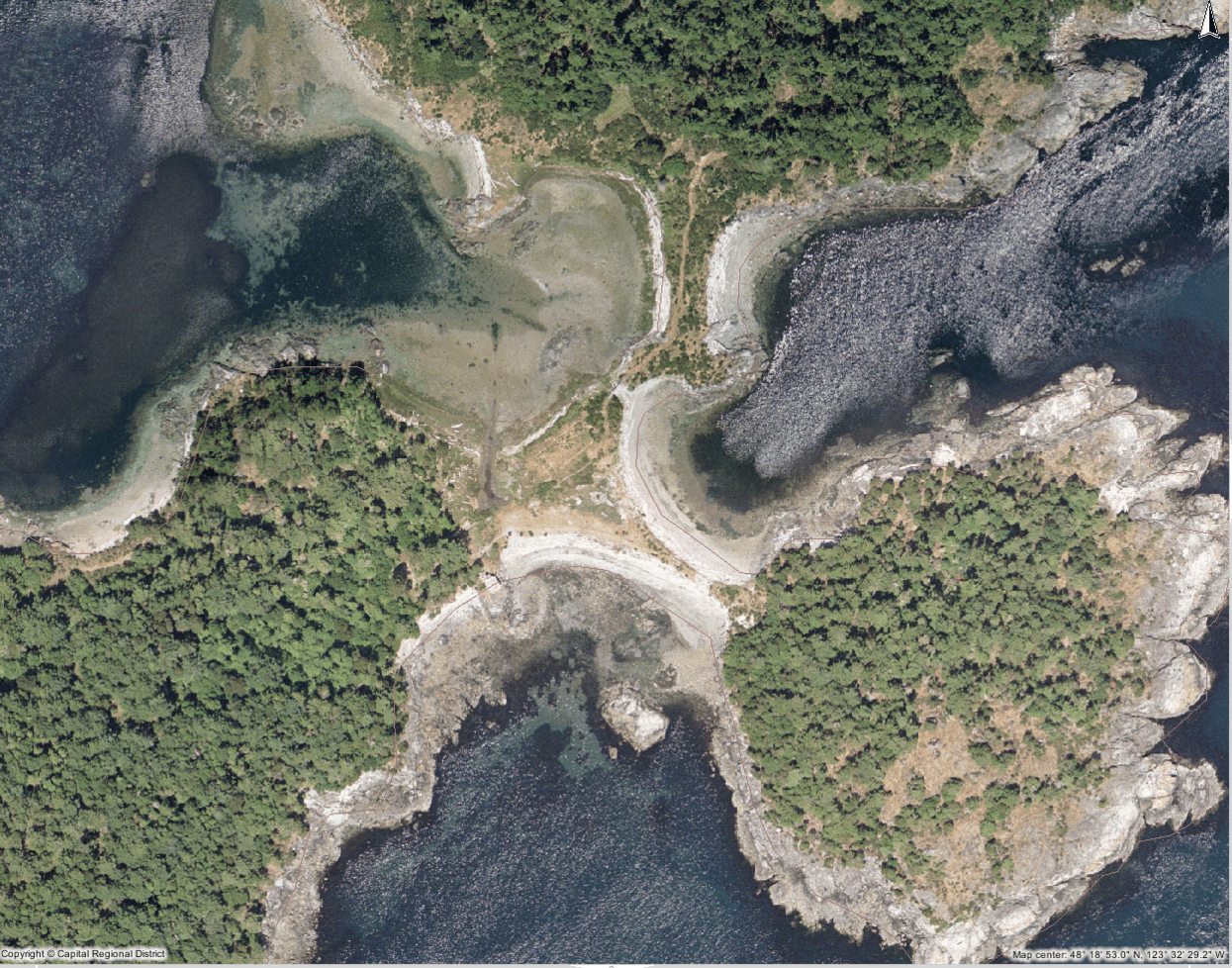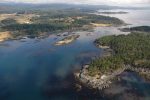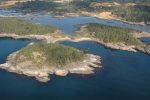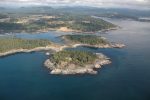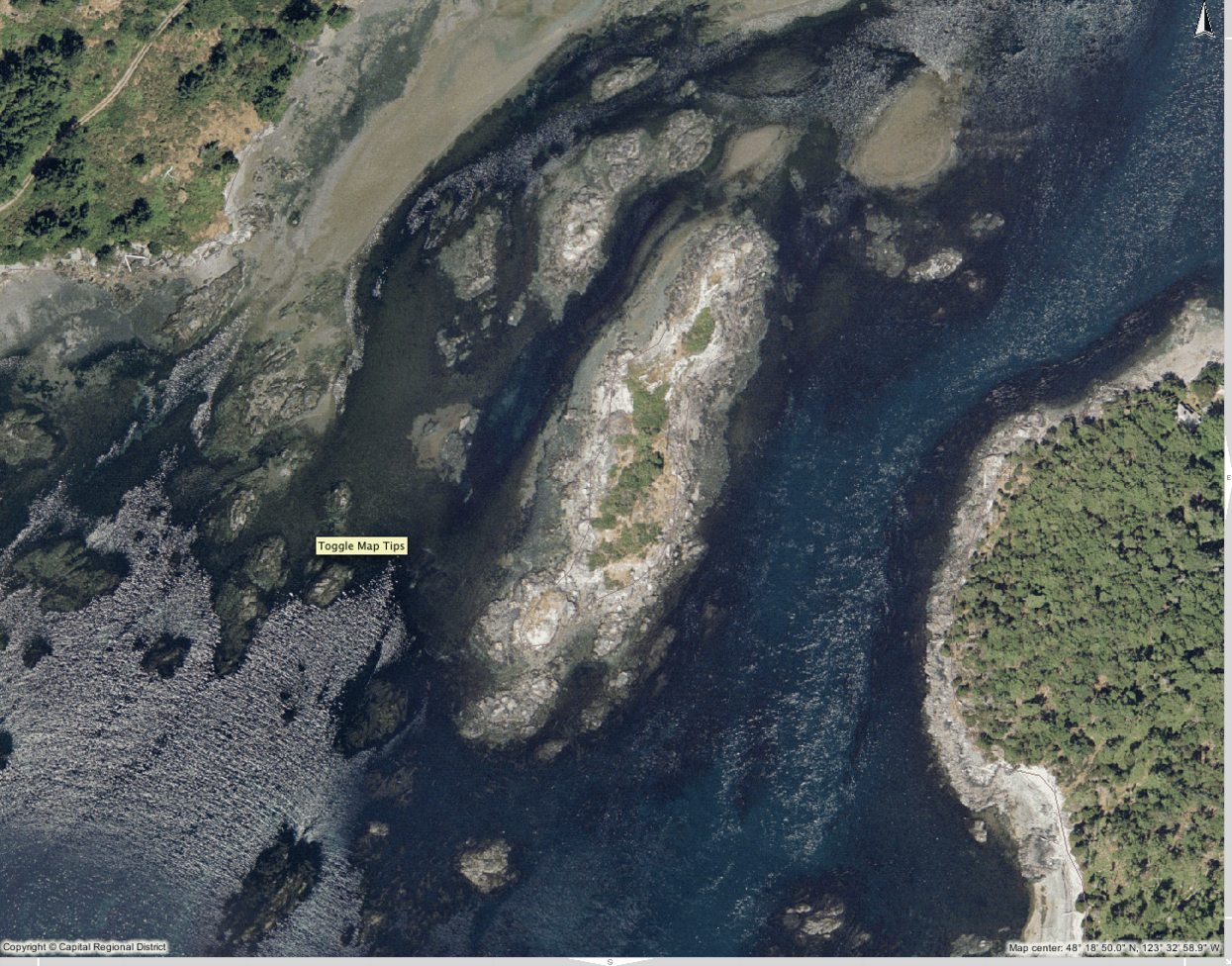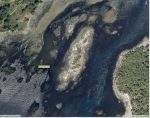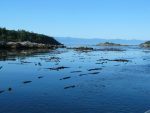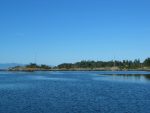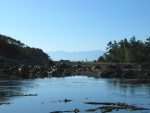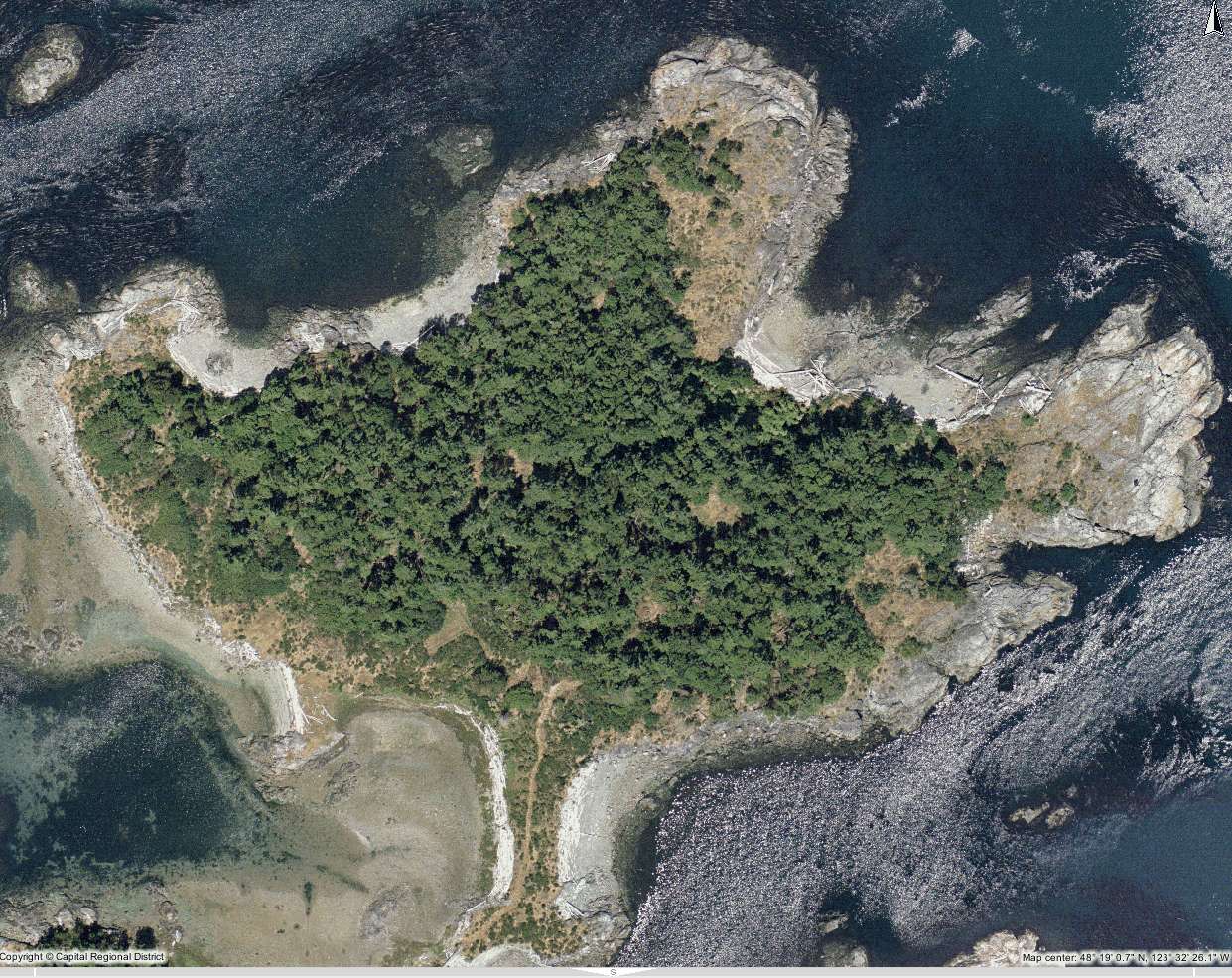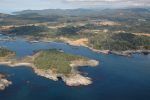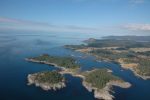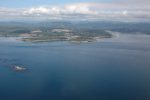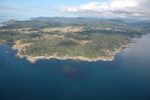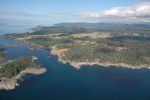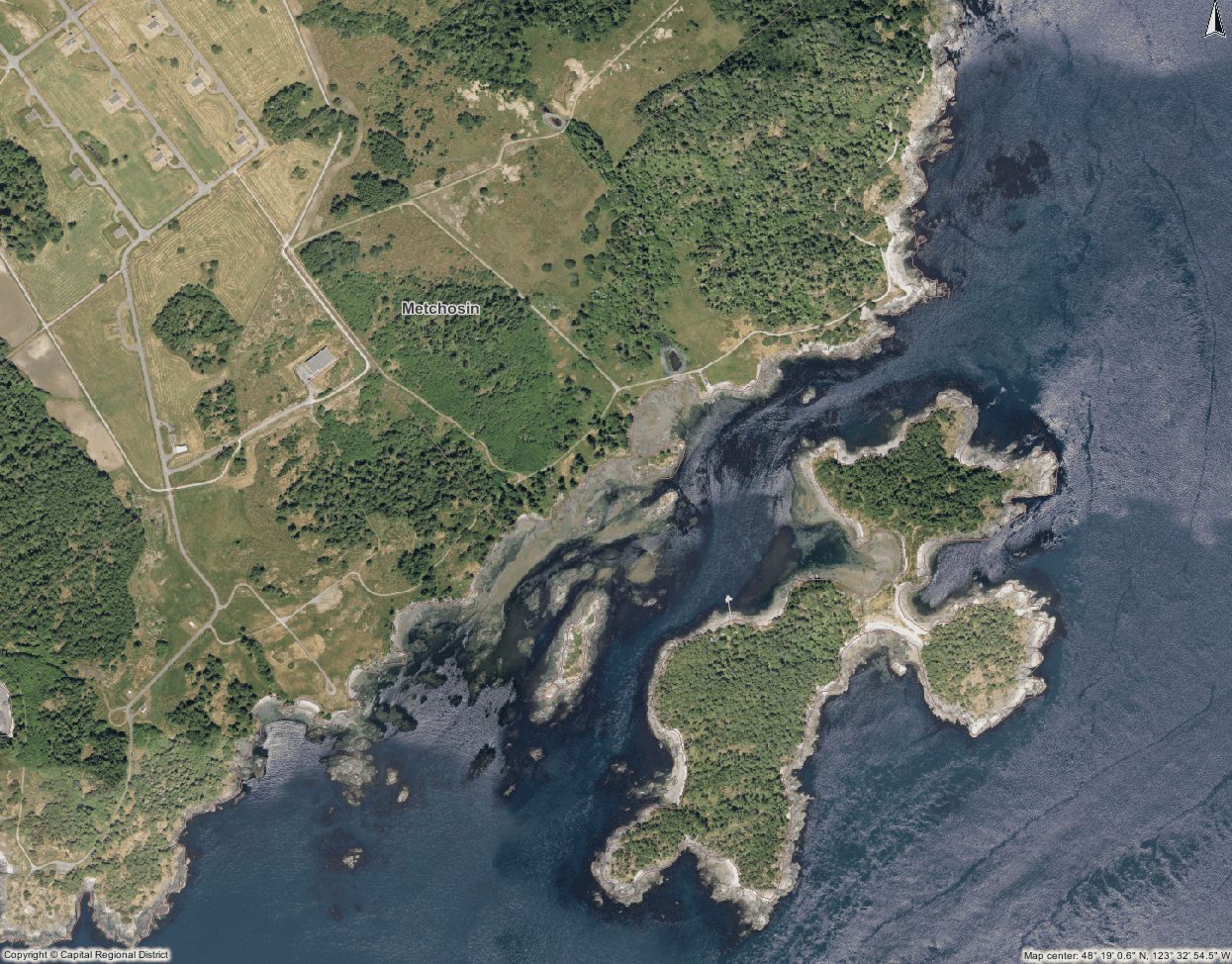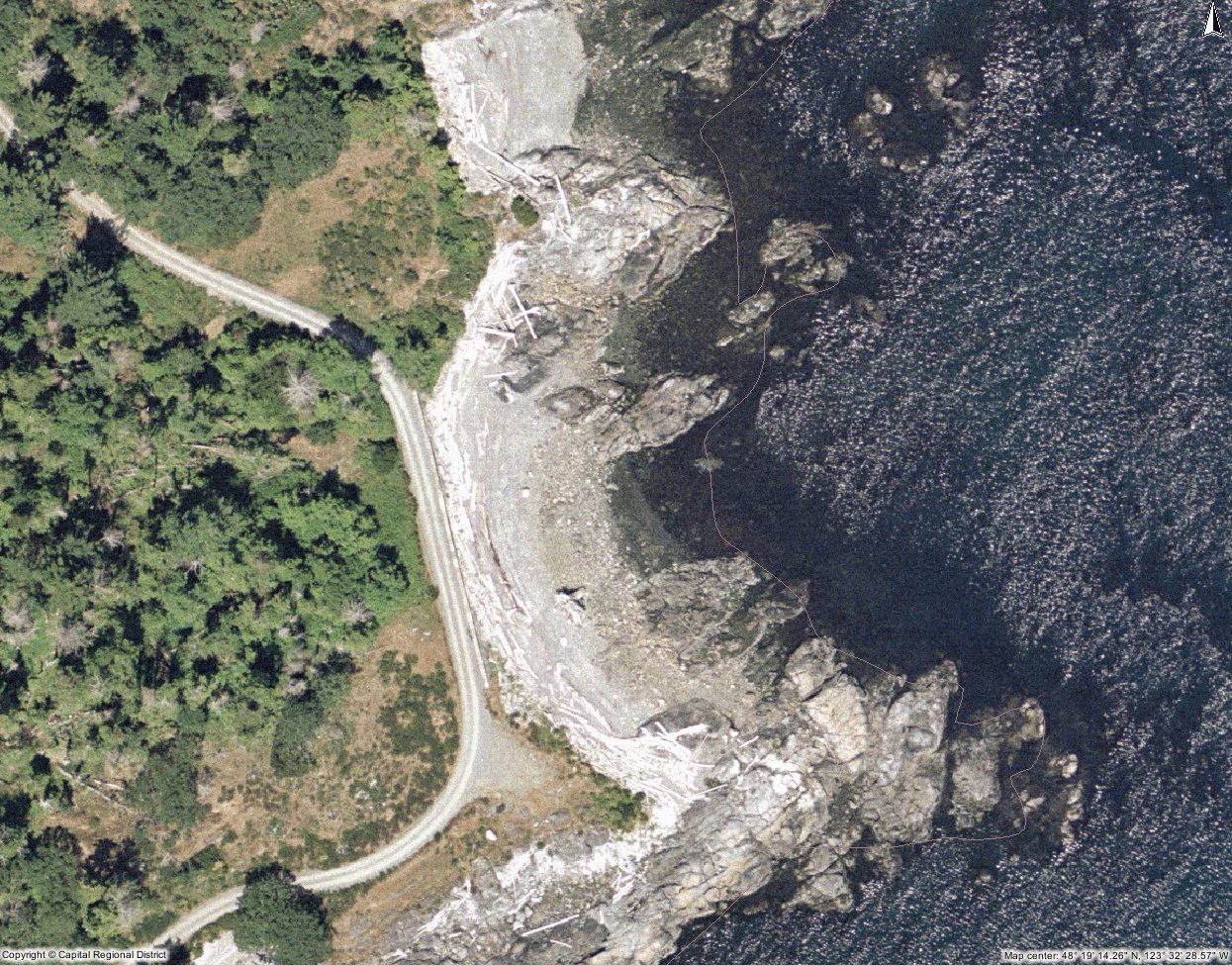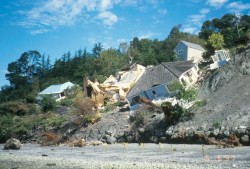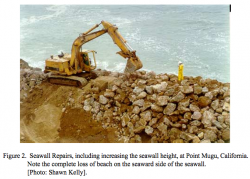 Sector 7. Weirs and Taylor Beach Bluffs – A variety of cliff face, beach, estuary and rocky shores, with intertidal areas.
Sector 7. Weirs and Taylor Beach Bluffs – A variety of cliff face, beach, estuary and rocky shores, with intertidal areas.
Thanks to Kem Luther for providing the Metchosin Bioblitz Records for this Coastal Sector and to the individuals who examined the area on the day of the Bioblitz , in April, 2012
| Species | Common name | Species-Group | sub-group | |
| Acrosiphonia coalit | Greenrope | Algae | chlorophyta | |
| Alaria marginata | brown algae | Algae | paheophyta | |
| Costaria costata | Five-ribbed kelp | Algae | phaeophyta | |
| Cystoseira sp | Bladder Leaf | Alga | phaeophyta | |
| Enteromorpha intestinalis | Tube weed | Algae | chlorophyta | |
| Fucus sp. | Rockweed | Algae | phaeophyta | |
| Lithothamnion sp. | re encrusting | Algae | rhodophyta | |
| Mazaella sp. | Iridescent red algae | Algae | rhodophyta | |
| Scytosiphon lomentaria | Soda Straw | Algae | phaeophyta | |
| Stephanocystis geminata | Algae | phaeophyta | ||
| Ulva lactuca | Sea lettuce | Algae | chlorophyta | |
| Leucolepis acanthoneuron | Palm tree moss | Bryophyte | Moss | moist, rich site |
| Rhytidiadelphus triquetrus | Cat’s paw moss | Bryophyte | Moss | moist, rich site |
| Balanus crenatus | Crenate barnacle | Invertebrate | Arthropod | |
| Balanus glandula | Acorn barnacle | Invertebrate | Arthropod | |
| Cancer magister | Dungeness crab | Invertebrate | Arthropod | |
| Cancer productus | Red rock crab | Invertebrate | Arthropod | |
| Caprella sp. | Skeleton shrimp | Invertebrate | Arthropod | |
| Chromopleustes oculatus | Black and White Sea Flea | Invertebrate | Arthropod | |
| Chthamalus dalli | Little brown barnacle | Invertebrate | Arthropod | |
| Crangon alaskensis | Northern Crangon | Invertebrate | Arthropod | |
| Gnorimosphaeroma oregonense | Stubby Isopod | Invertebrate | Arthropod | |
| Hemigrapsus nudus | Purple Shore Crab | Invertebrate | Arthropod | |
| Heptacarpus spp | Shrimp | Invertebrate | Arthropod | |
| Idotea wosnesenskii | Rockweed isopod | Invertebrate | Arthropod | |
| Pagurus hirsutiusculus | Hairy hermit crab | Invertebrate | Arthropod | |
| Petrolisthes eriomerus | Flattop crab | Invertebrate | Arthropod | |
| Pugettia gracilis | Graceful kelp crab | Invertebrate | Arthropod | |
| Semibalanus cariosus | Thatched barnacle | Invertebrate | Arthropod | |
| Spirontocaris sp | Shrimp | Invertebrate | Arthropod | |
| Anthopleura elegantissima | Aggregating anemone | Invertebrate | Cnidaria | |
| Urticina crassicornis | Painted Anemone | Invertebrate | Cnidaria | |
| Evasterias troschelli | Mottled Star | Invertebrate | Echinoderm | |
| Pycnopodia helianthoides | Sunflower Star | Invertebrate | Echinoderm | |
| Clinocardium nuttallii | Nuttall’s Cockle | Invertebrate | Mollusc | |
| Littorina scutulata | Checkered Periwinkle | Invertebrate | Mollusc | |
| Littorina sitkana | Sitka Periwinkle | Invertebrate | Mollusc | |
| Lottia digitalis | Finger limpet | Invertebrate | Mollusc | |
| Lottia pelta | Shield Limpet | Invertebrate | Mollusc | |
| Macoma nasuta | Bent-nose macoma | Invertebrate | Mollusc | |
| Macoma secta | White Sand Macoma | Invertebrate | Mollusc | |
| Mopalia liignosa | Woody Chiton | Invertebrate | Mollusc | |
| Mopalia muscosa | Mossy Chiton | Invertebrate | Mollusc | |
| Mytilus trossulus | Pacific Blue Mussel | Invertebrate | Mollusc | |
| Nucella lamellosa | Wrinkled Dogwinkle | Invertebrate | Mollusc | |
| Nucella ostrina | Northern Striped Dog Winkle | Invertebrate | Mollusc | |
| Nuttallia obscurata | Dark Mahogany Clam | Invertebrate | Mollusc | |
| Rostanga pulchra | Red Nudibranch | Invertebrate | Mollusc | |
| Tectura persona | Mask Limpet | Invertebrate | Mollusc | |
| Tectura scutum |
Shield limpet | Invertebrate | Mollusc | |
| Tonicella lineata | Lined Chiton | Invertebrate | Mollusc | |
| Eudistylia vancouveri | Feather duster worm | Invertebrate | Polychaete | |
| Schizobranchia sp. | Feather duster worm | Invertebrate | Polychaete | |
| Thelepus sp | Spaghetti worm | Invertebrate | Polychaete | |
| Halichondria sp. | Yellow encrusting sponge | Invertebrate | Porifera | |
| Ophlitaspongia pennata | Red Encrusting Sponge | Invertebrate | Porifera | |
| Pyura haustor | Warty Tunicate | Invertebrate | Tunicate | tunicate, not in ef |
| Peltigera aphthosa | Rock lichen | Lichen | xeric (rock) | |
| Pentagramma triangularis | Goldenback fern | Vascular plant | Fern | sub-xeric |
| Polystichum munitum | Sword fern | Vascular plant | Fern | scattered |
| Pteridium aquilinum | Bracken fern | Vascular plant | Fern | disturbed ground |
| Achillea millefolium | yarrow | Vascular plant | Forb | |
| Alyssum sp. | Alyssum | Vascular plant | Forb | |
| Ambrosia chamissonis | Silver burr ragweed | Vascular plant | For | adjacent to beac |
| Angelica sp. | sea-watch? | Vascular plant | Forb | |
| Aquilegia formosa | Columbin | Vascular plant | Forb | scattered |
| Brassica campestris | Fieldnmustard | Vascular plant | Forb | scatteredn |
| Cardamine oligosperma | Few-seeded bitter-cress | Vascular plant | Forb | mesic |
| Chenopodium album | Lamb’s-quarters | Vascular plant | Forb | open, disturbed a |
| Cirsium edule | Edible thistle | Vascular plant | Forb | toe slopes, expo |
| Claytonia perfoliata | Miner’s lettuce | Vascular plant | Forb | sub-hygric |
| Epilobium angustifolium | Fireweed | Vascular plant | Forb | base of bluffs |
| Equisetum arvense | Horsetail | Vascular plant | Forb | sandy wet sites |
| Erodium cicutarium | stork’s bill | Vascular plant | Forb | |
| Galium aparine | Cleavers (bedstraw) | Vascular plant | Forb | toe of bluffs |
| Geranium molle | dove’s foot geranium | Vascular plant | Forb | |
| Geranium robertianum | Herb-Robert | Vascular plant | Forb | toe of bank |
| Geum macrophyllum | Large-leaved avens | Vascular plant | Forb | permesic |
| Heracleum maximum | cow-parsnip | Vascular plant | Forb | |
| Heuchera micrantha | Small flowered alumroot | Vascular plant | Forb | occasional |
| Hyacinthoides sp. | bluebells | Vascular plant | Forb | |
| Hyacinthus orientalis | Hyacinth | Vascular plant | Forb | escaped exotic |
| Hypochaeris radicata | Hairy catsear | Vascular plant | Forb | mesic |
| Lamium purpureum | purple dead nettle | Vascular plant | Forb | |
| Lathyrus japonicus | Beach pea | Vascular plant | Forb | open toe slope, a |
| Linnaea borealis | Twinflower | Vascular plant | Forb | shaded forest |
| Lithophragma parviflorum | Small-flowered woodland star | Vascular plant | Forb | occasional |
| Lysichiton americanus | Skunk cabbage | Vascular plant | Forb | on Garry Fletcher’s |
| Maianthemum dilatatum | False lily of the valley | Vascular plant | Forb | on Garry Fletcher’s |
| Medicago lupulina | Black medic | Vascular plant | Forb | disturbed site |
| Mitella brewerii | Brewer’s mitrewort | Vascular plant | Forb | occasional |
| Oenanthe sarmentosa | Pacific water-parsley | Vascular plant | Forb | sub-hygric |
| Osmorhiza chilensis | sweet-cicely | Vascular plant | Forb | |
| Phragmites australis | Common reed | Vascular plant | Forb | open wet meado |
| Plantago sp. | plantain | Vascular plant | Forb | |
| Platanthera sp. | rein orchid | Vascular plant | Forb | |
| Potentilla anserina | silverweed | Vascular plant | Forb | |
| Potentilla anserina | Common silverweed | Vascular plant | Forb | marsh adjacent t |
| Prunella vulgaris | Self-heal | Vascular plant | Forb | moist microsite |
| Ranunculus occidentalis | Western buttercup | Vascular plant | Forb | open areas |
| Ranunculus sp. | buttercups | Vascular plant | Forb | |
| Ranunculus uncinatus | Small-flowered buttercup | Vascular plant | Forb | openings next to |
| Romanzoffia tracyi | Tracey’s mistmaiden | Vascular plant | Forb | |
| Rumex acetosella | sheep sorrel | Vascular plant | Forb | |
| Rumex sp. | dock | Vascular plant | Forb | |
| Saxifraga sp. | Saxifrage | Vascular plant | Forb | |
| Senecio vulgaris | Common groundsel | Vascular plant | Forb | mesic |
| Sonchus asper | Prickly sow thistle | Vascular plant | Forb | not in flower |
| Stachys sp. | hedge nettle | Vascular plant | Forb | |
| Taraxacum officinale |
Common dandelion | Vascular plant | Forb | adjacent to beac |
| Taraxacum sp. | dandelion | Vascular plant | Forb | |
| Tellima grandiflora | Fringe cup | Vascular plant | Forb | permesic, base o |
| Trientalis borealis ssp latifolia | Starflower | Vascular plant | Forb | permesic |
| Trifolium repens | White clover | Vascular plant | Forb | shady, moist site |
| Urtica dioica | stinging nettle | Vascular plant | Forb | |
| Vicia sativa | Common vetch | Vascular plant | Forb | disturbed sites |
| Elymus mollis | Tall beachgrass | Vascular plant | Grass | next to the beach |
| Poa sp. | Bluegrass | Vascular plant | Grass | scattered |
| Juncus effusus | Common rush | Vascular plant | Rush | on Garry Fletcher’s |
| Carex lyngbyei | Lyngby’s sedge | Vascular plant | Sedge | on Garry Fletcher’s |
| Carex obnupta | Slough sedge | Vascular plant | Sedge | on Garry Fletcher’s |
| Scirpus americanus |
Hard-stemmed bullrush | Vascular plant | Sedge | on Garry Fletcher’s |
| Amelanchier alnifolia | Saskatoon berry/service berry | Vascular plant | Shrub | |
| Cytisus scoparius | Scotch broom | Vascular plant | Shrub | in open areas (in |
| Daphne laureola | spurge-laurel | Vascular plant | Shrub | scattered along b |
| Gaultheria shallon | salal | Vascular plant | Shrub | |
| Hedera helix | English ivy | Vascular plant | Shrub | naturalized |
| Holodiscus discolor | ocean spray | Vascular plant | Shrub | |
| Ilex sp | Holly | Vascular plant | Shrub | naturalized |
| Lonicera ciliosa | orange honeysuckle | Vascular plant | Shrub | |
| Mahonia nervosa | Oregon grape | Vascular plant | Shrub | drier sites |
| Oemleria cerasiformis | Indian plum | Vascular plant | Shrub | mesic and wetter |
| Ribes lacustre | Black gooseberry | Vascular plant | Shrub | toe slopes |
| Ribes sanguineum | Red flowering currant | Vascular plant | Shrub | toe slopes |
| Rosa nutkana | Nootka rose | Vascular plant | Shrub | |
| Rubus armeniacus | Himalayan blackberry | Vascular plant | Shrub | exposed areas (i |
| Rubus parviflorus | thimble berry | Vascular plant | Shrub | |
| Rubus spectabilis | salmon berry | Vascular plant | Shrub | |
| Rubus ursinus | Trailing blackberry | Vascular plant | Shrub | in openings near |
| Sambucus racemosa | red elder | Vascular plant | Shrub | |
| Symphoricarpos albus | snowberry | Vascular plant | Shrub | |
| Ulex europaeus | Gorse | Vascular plant | Shrub | introduced |
| Abies grandis | grand fir | Vascular plant | Tree | |
| Acer macrophyllum | big leaf maple | Vascular plant | Tree | |
| Alnu rubra | red alder | Vascular plant | Tree | |
| Arbutus menziesii | arbutus | Vascular plant | Tree | |
| Malus fusca | Pacific crabapple | Vascular plant | Tree | permesic site |
| Pinus contorta | shore pine | Vascular plant | Tree | |
| Prunus marginata | Bitter cherry | Vascular plant | Tree | permesic site |
| Pseudotsuga menziesii | Douglas fir | Vascular plant | Tree | |
| Quercus garryana | Garry Oak | Vascular plant | Tree | |
| Salix scouleriana | Scouler’s willow | Vascular plant | Tree | above the beach |
| Salix sitchensis | Sitka willow | Vascular plant | Tree | adjacent to the b |
| Salix sp. | willow | Vascular plant | Tree | |
| Buteo jamaicensis | Red tail hawk | Vertebrate | Bird | in the air above T |
| Haliaeetus leucocephalus | Bald eagle | Vertebrate | Bird | in the air east of |
| Larus glaucescens | Glaucus winged gull | Vertebrate | Bird | in the air numer |
| Sphyrapicus ruber | Red-naped sapsucker | Vertebrate | Bird | in an alder snag |
| Blepsias cirrhosus | Silverspotted Sculpin | Vertebrate | Fish | |
| Gobiesox maeandricus | Northern Clingfish | Vertebrate | Fish | |
| Leptocottus armatus | Staghorn Sculpin | Vertebrate | Fish | |
| Liparis florae | TidepoolSnailfish | Vertebrate | Fish | |
| Pholis sp. | Gunnel | Vertebrate | Fish | |
| Lontra canadensis | River otter | Vertebrate | Mammal | off Witty’s beach |
| Oryctolagus cuniculus | European rabbit | Vertebrate | Mammal | open grass mead |
| Phoca vitulina | Harbour seal | Vertebrate | Mammal | |
| Thamnophis sp | Garter snake | Vertebrate | Reptile | in the grass adjacent |

